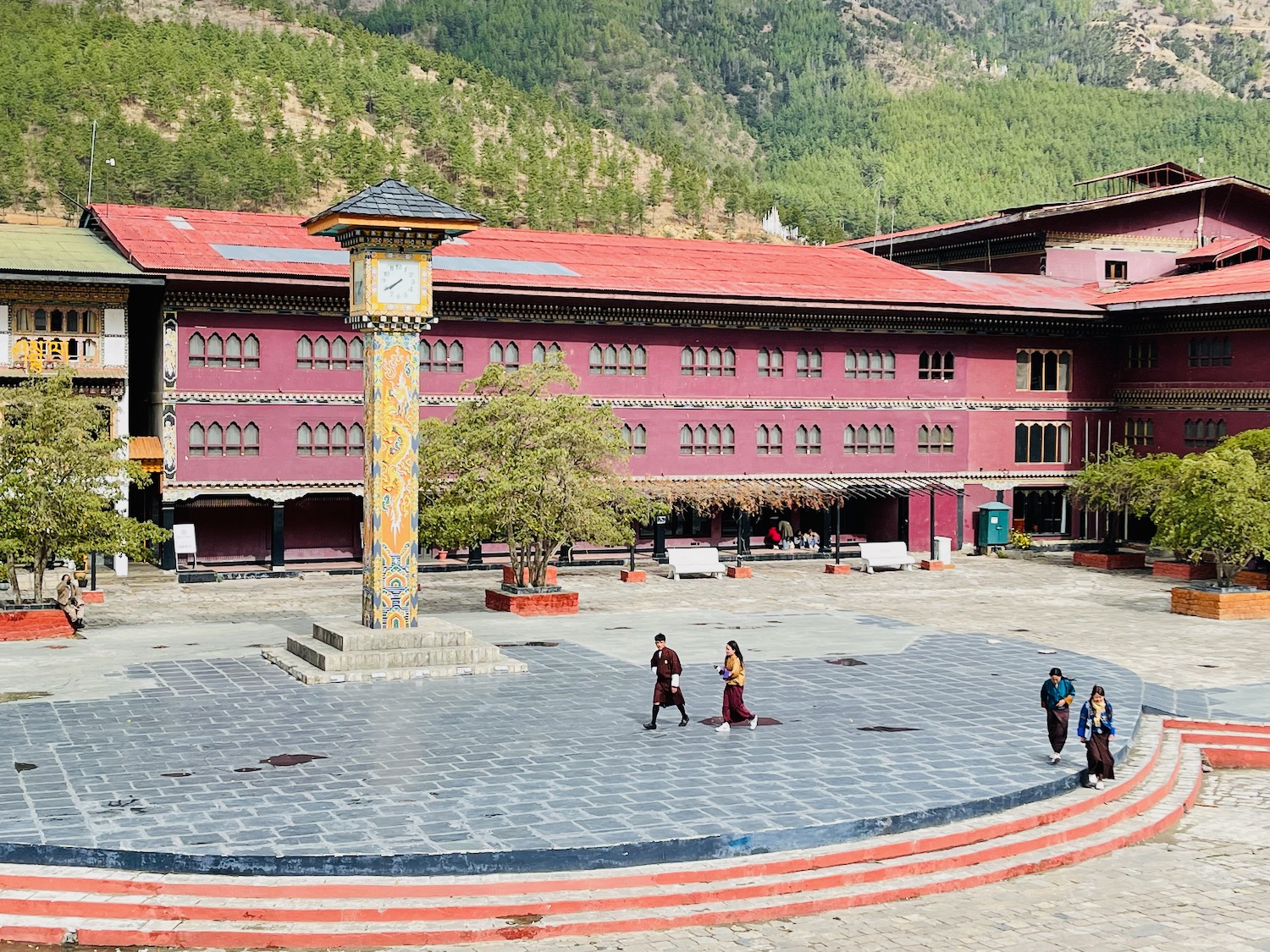
I found Thimphu, the capital of Bhutan, among the most unique cities I have ever visited, a fascinating mix of architecture and culture that made for a wonderful visit.
Thimphu, Bhutan: A Photo Essay With Commentary
The population of Bhutan is about 791,000 and Thimphu is about 144,000, making it a rather small capital city. The climate is mild, with the high average temperature remaining under 80ºF during the warmest months of July and Augus but rarely dipping below freezing in the colder months.
There are no high rises and the architecture is unique. I’ve already highlighted the coffee, but the town is full of restaurants, karaoke bars, and stores. You will not find chain stores here.
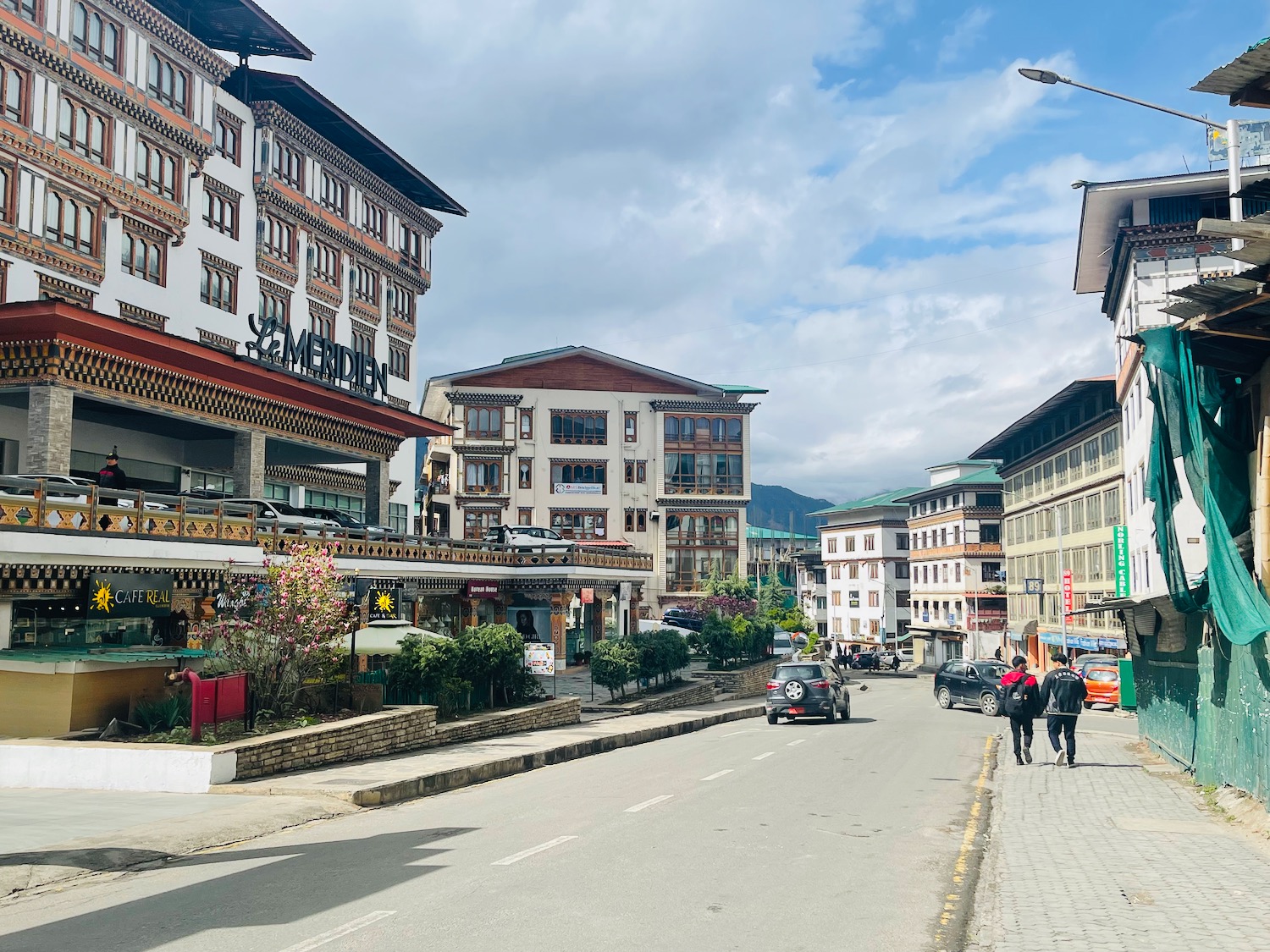
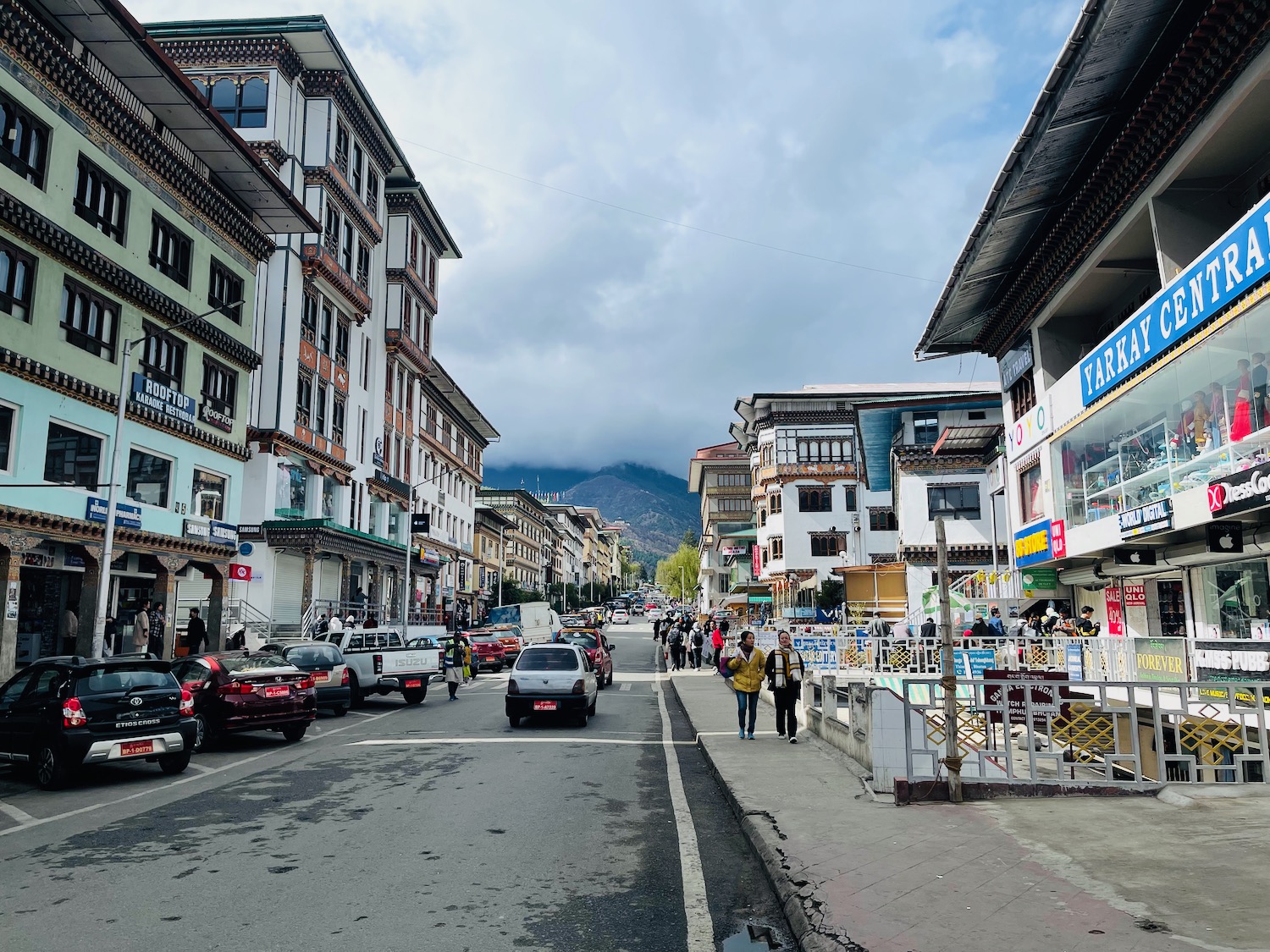
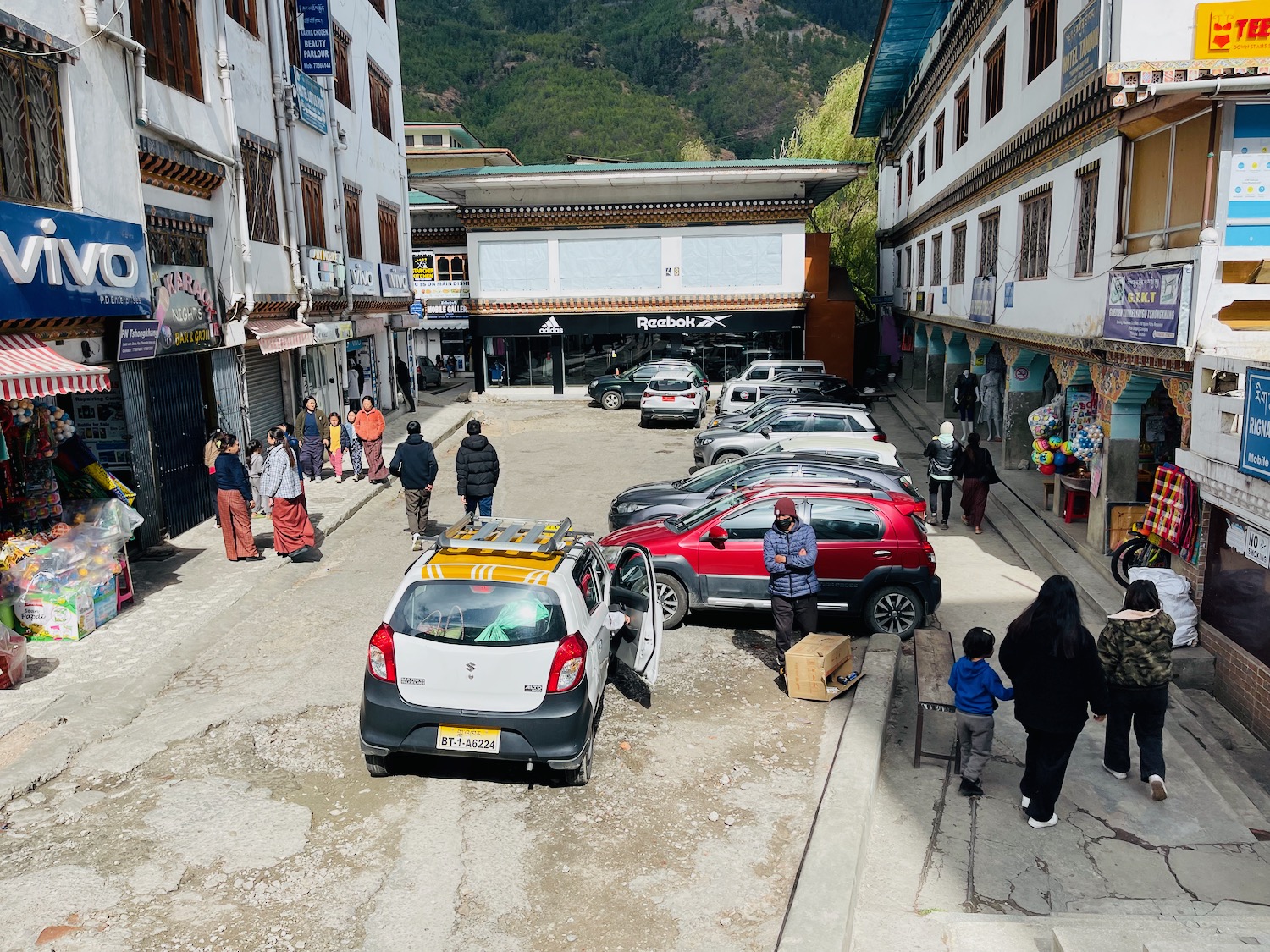
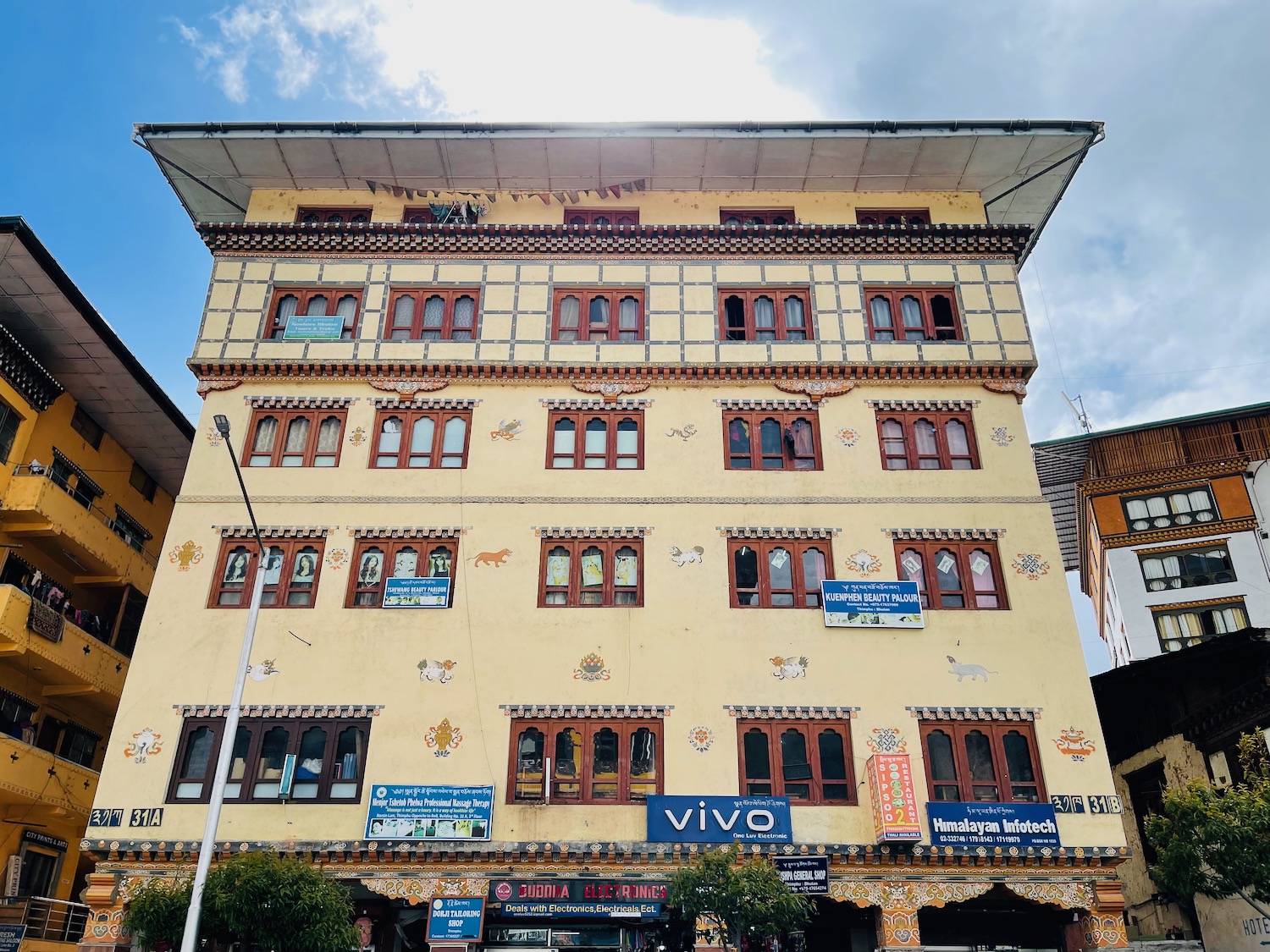
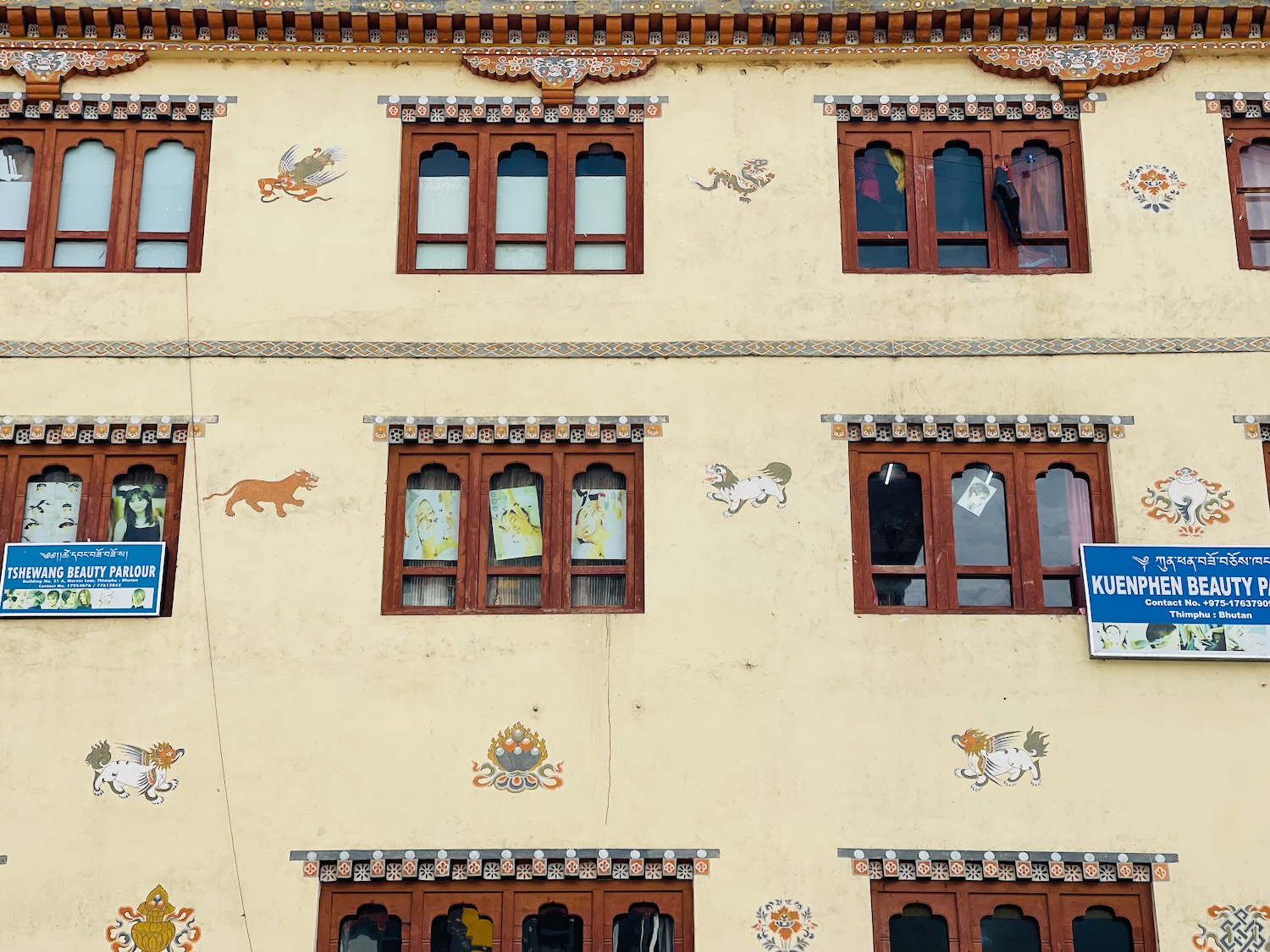
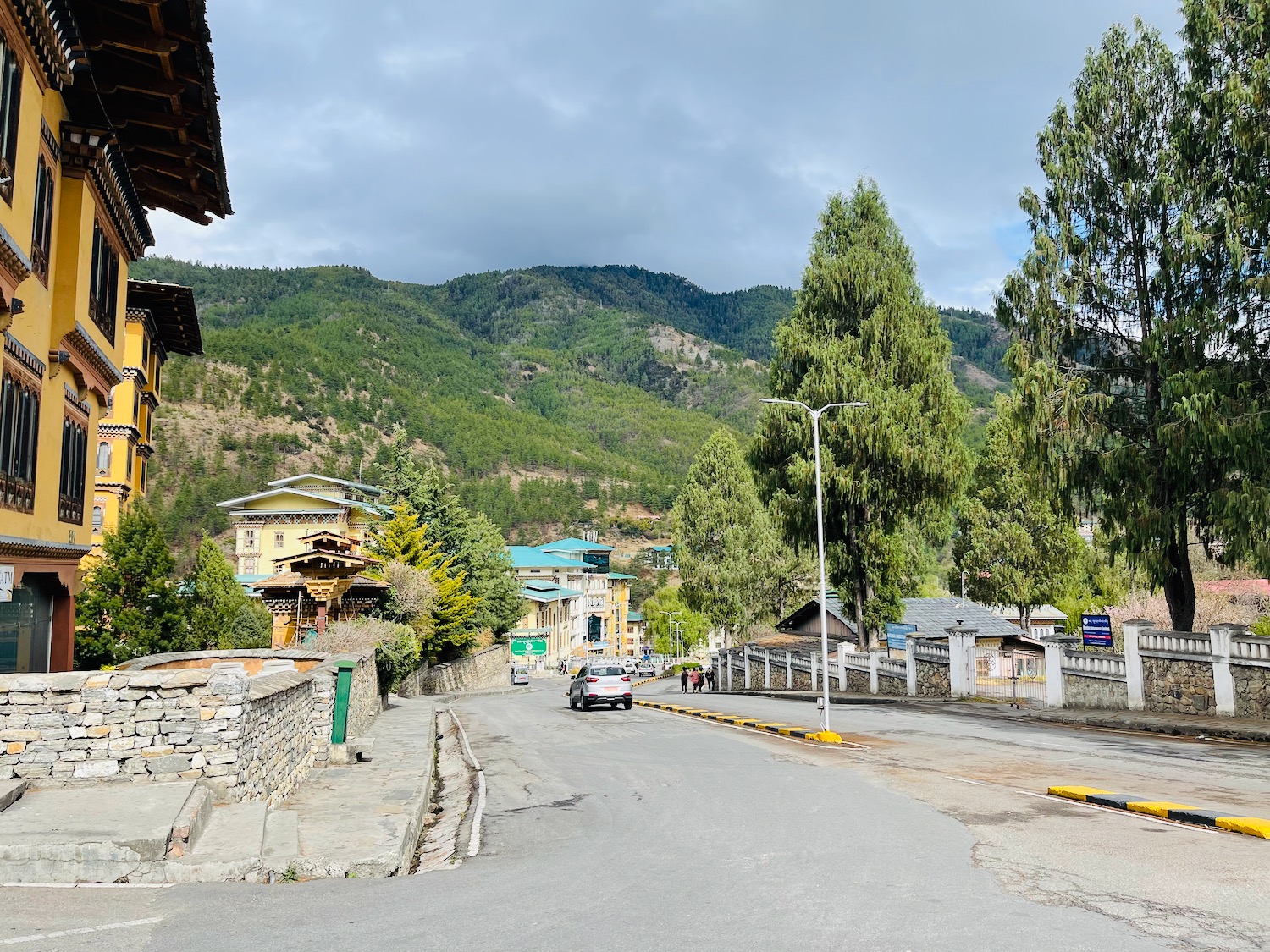
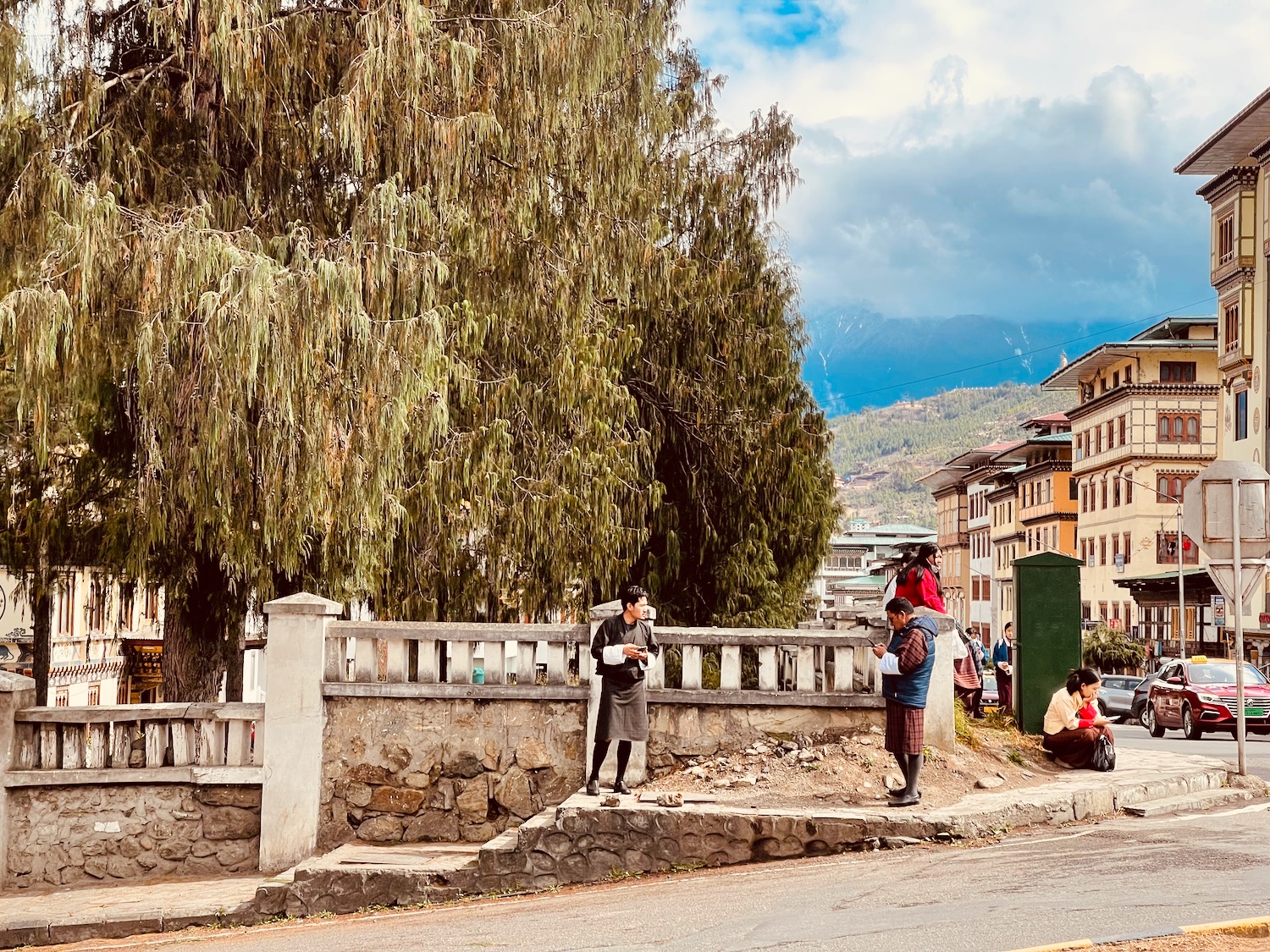
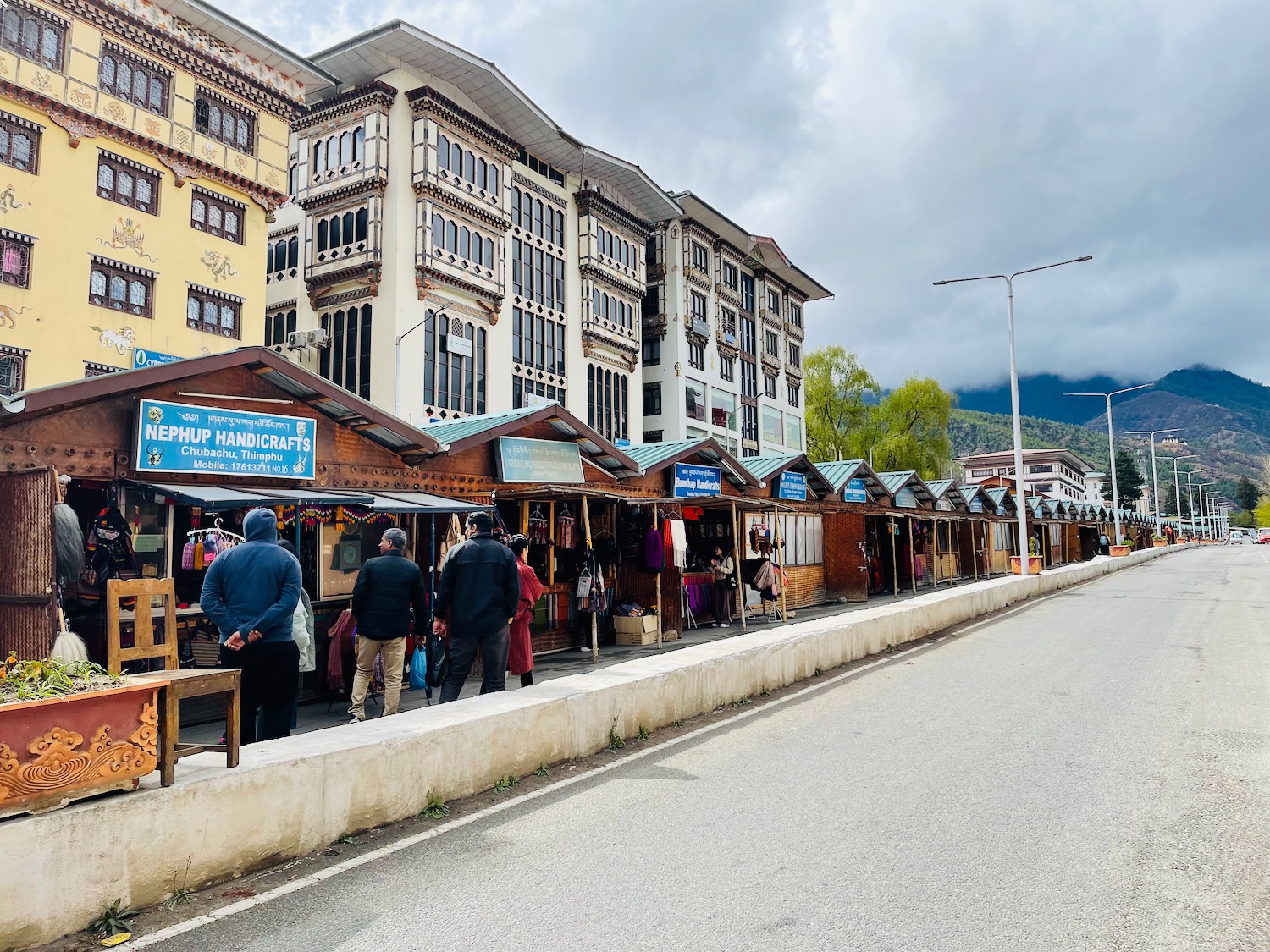

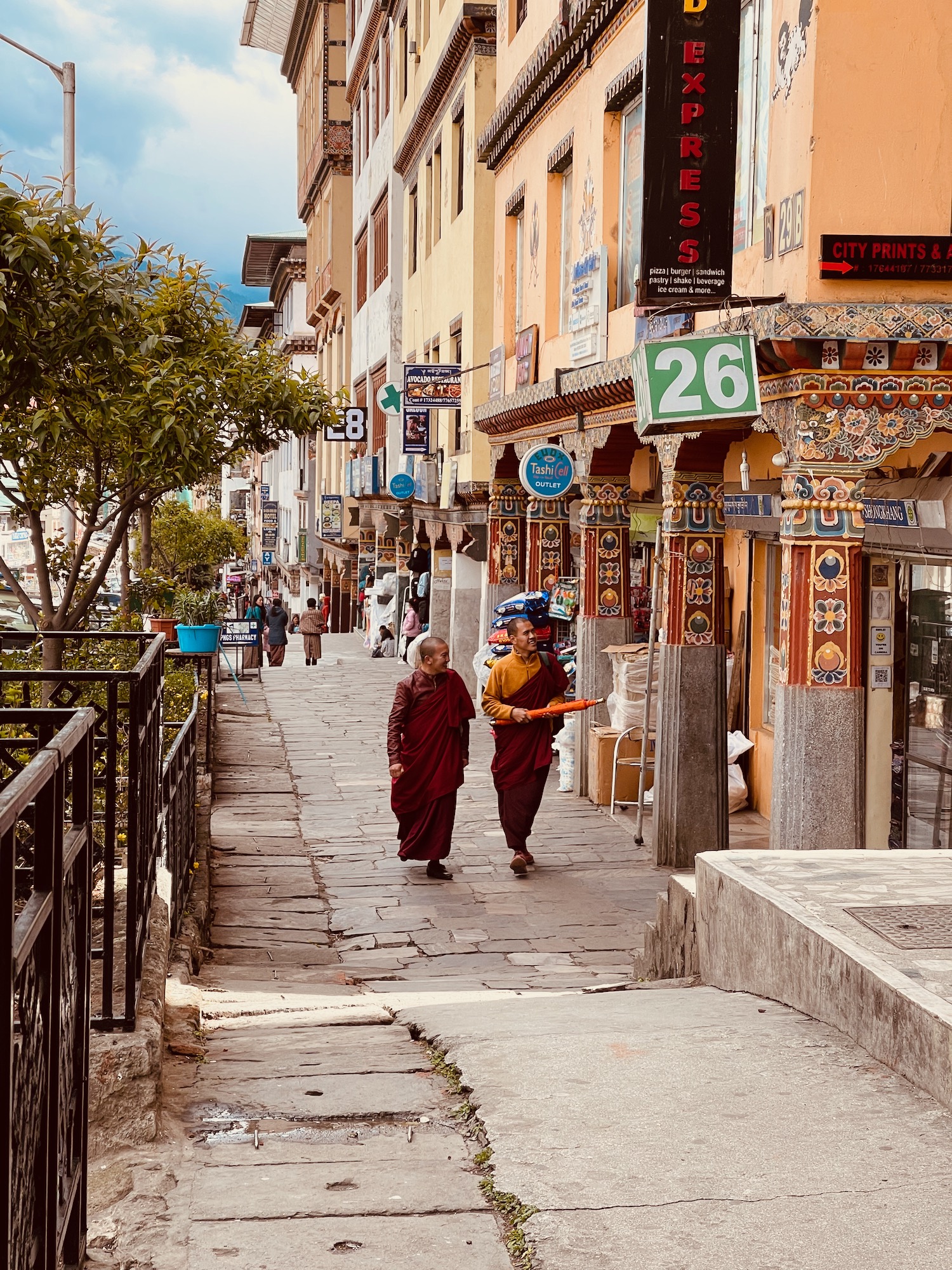

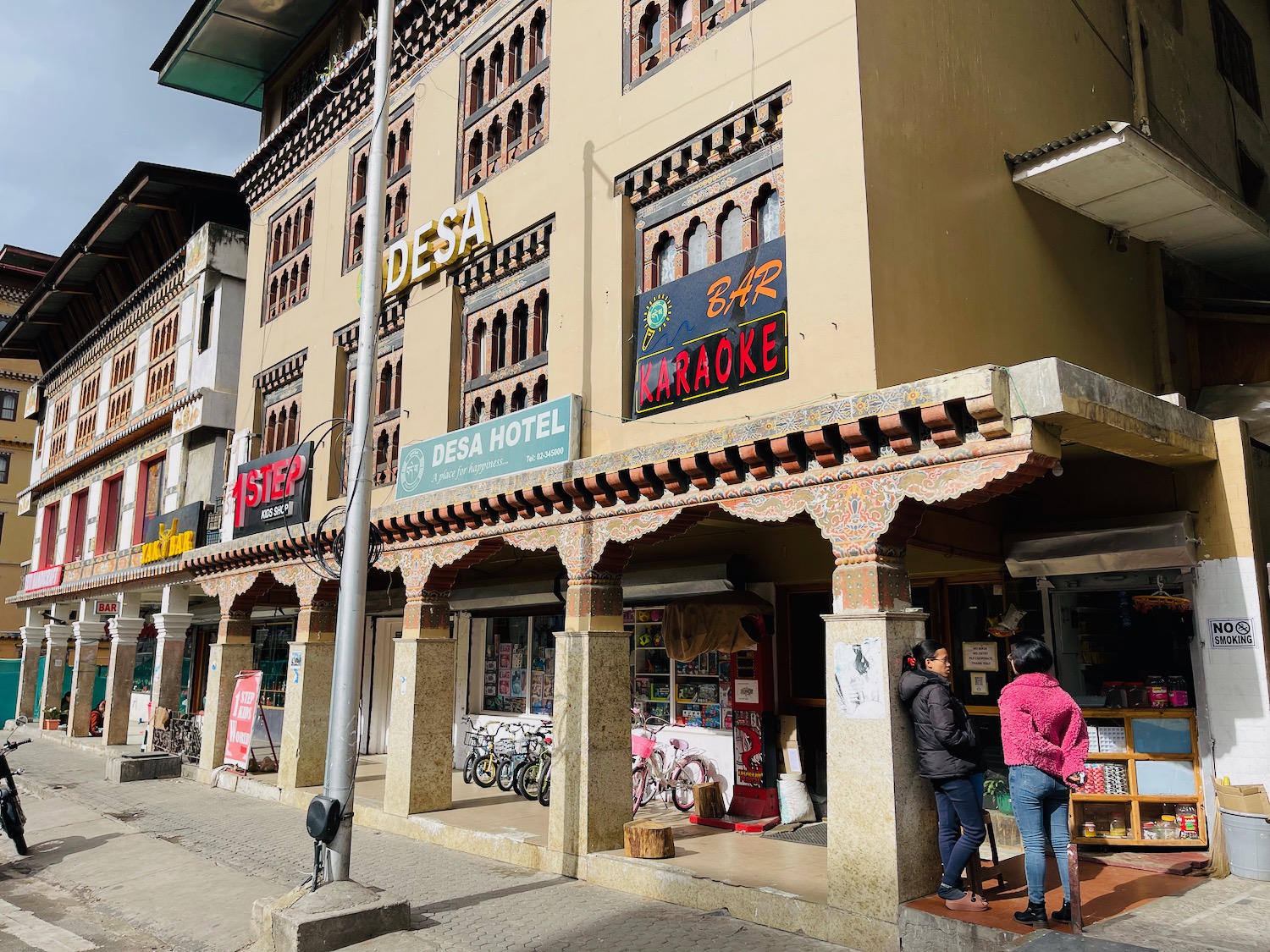
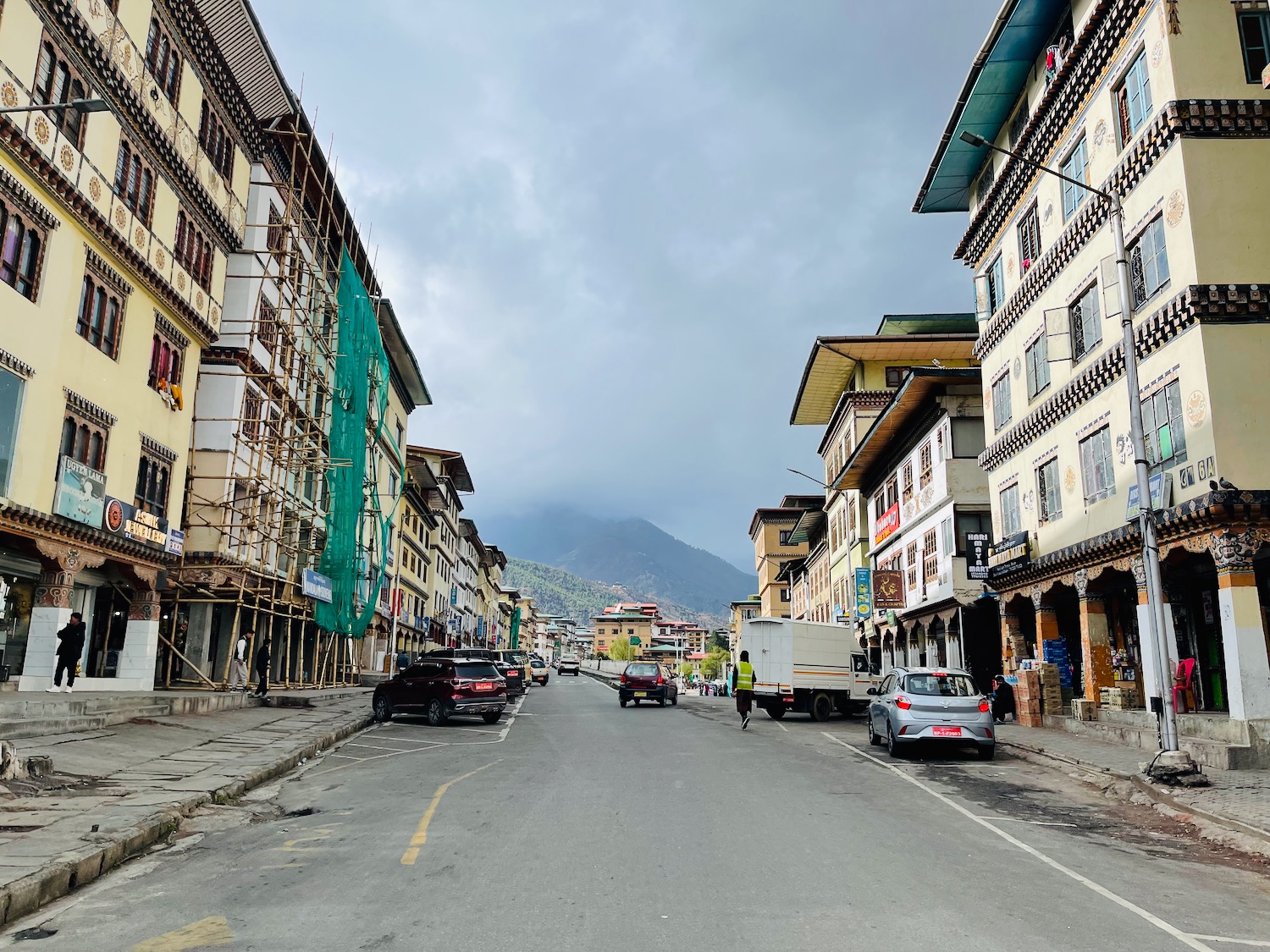
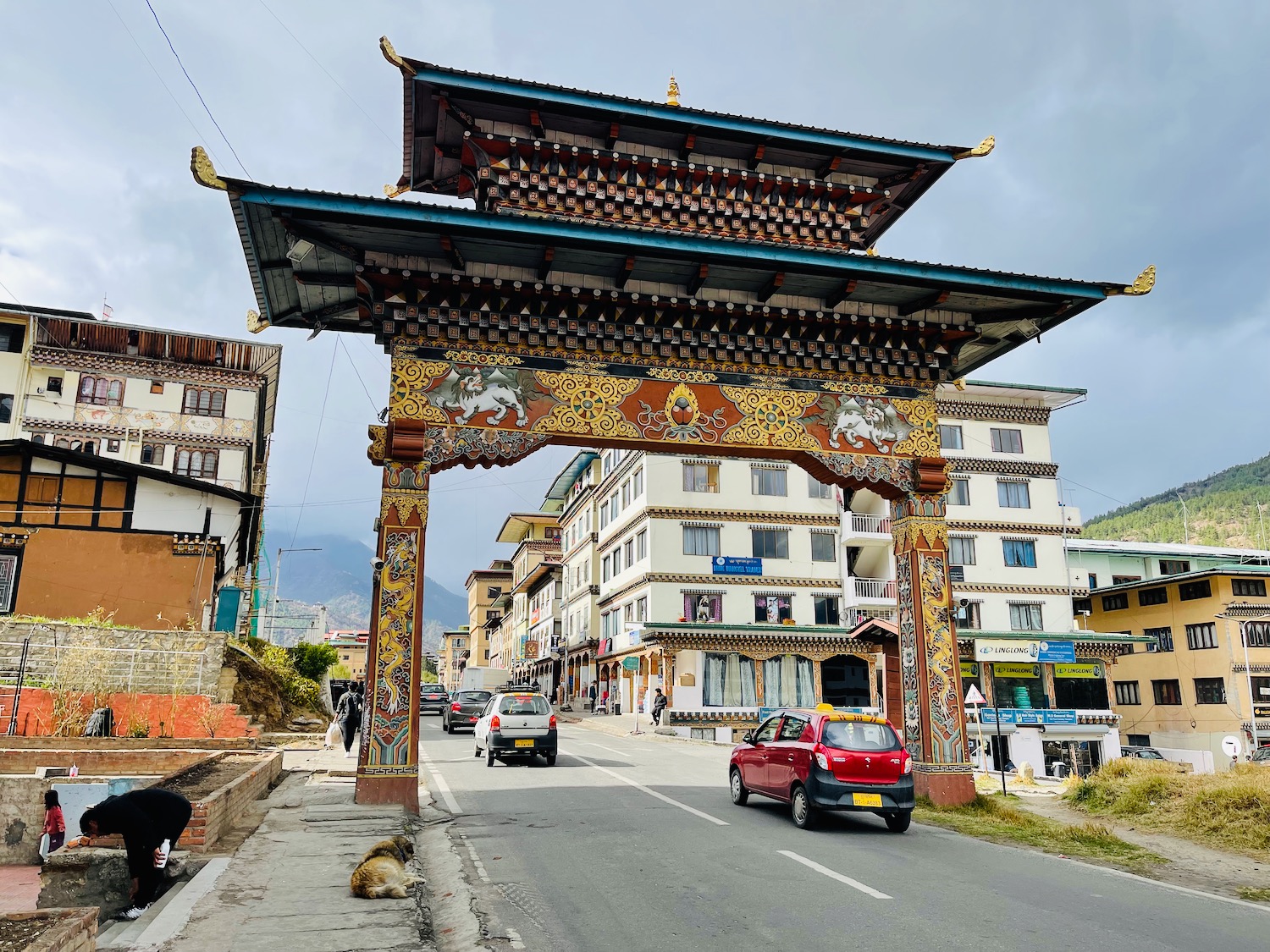
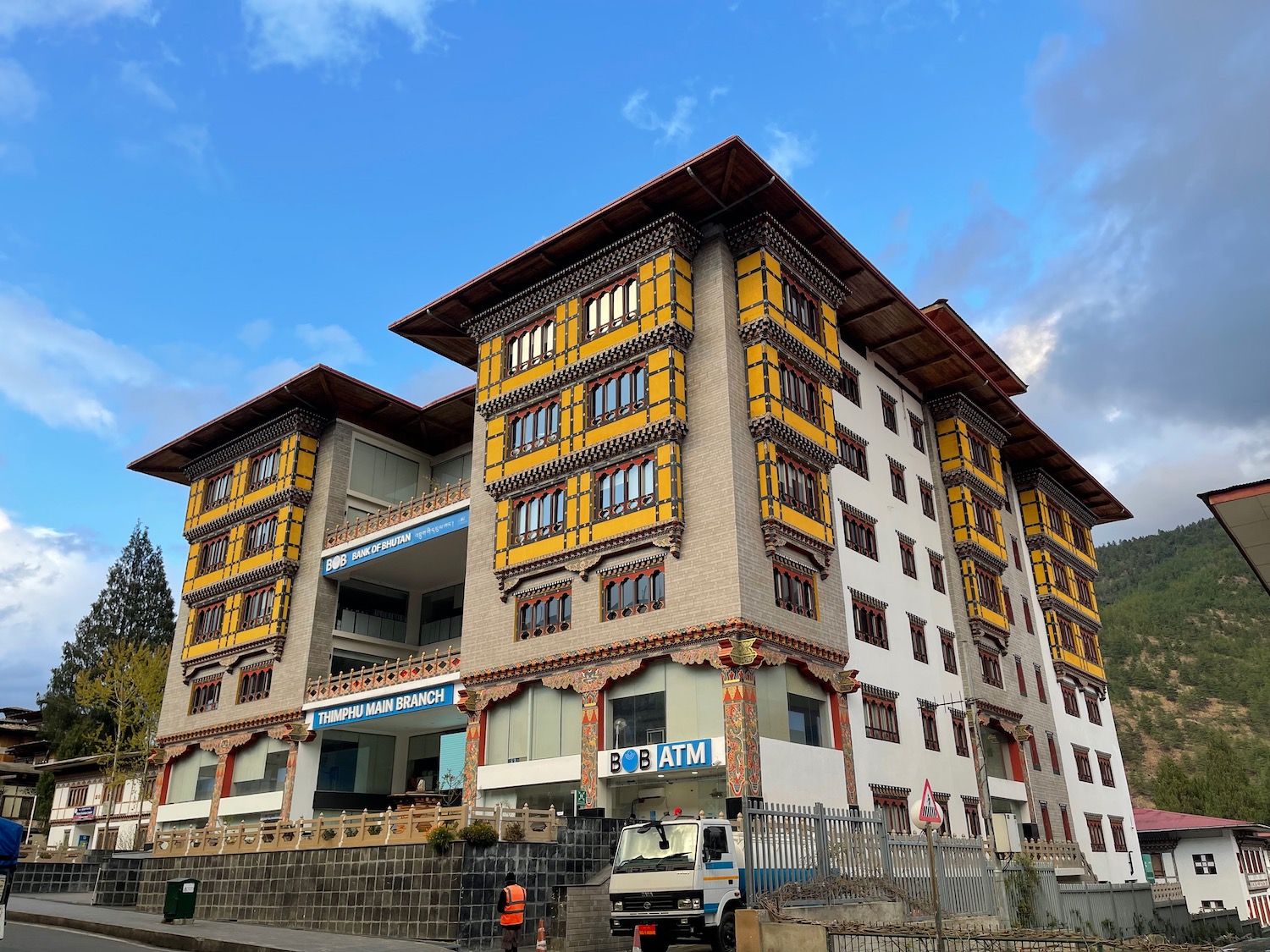
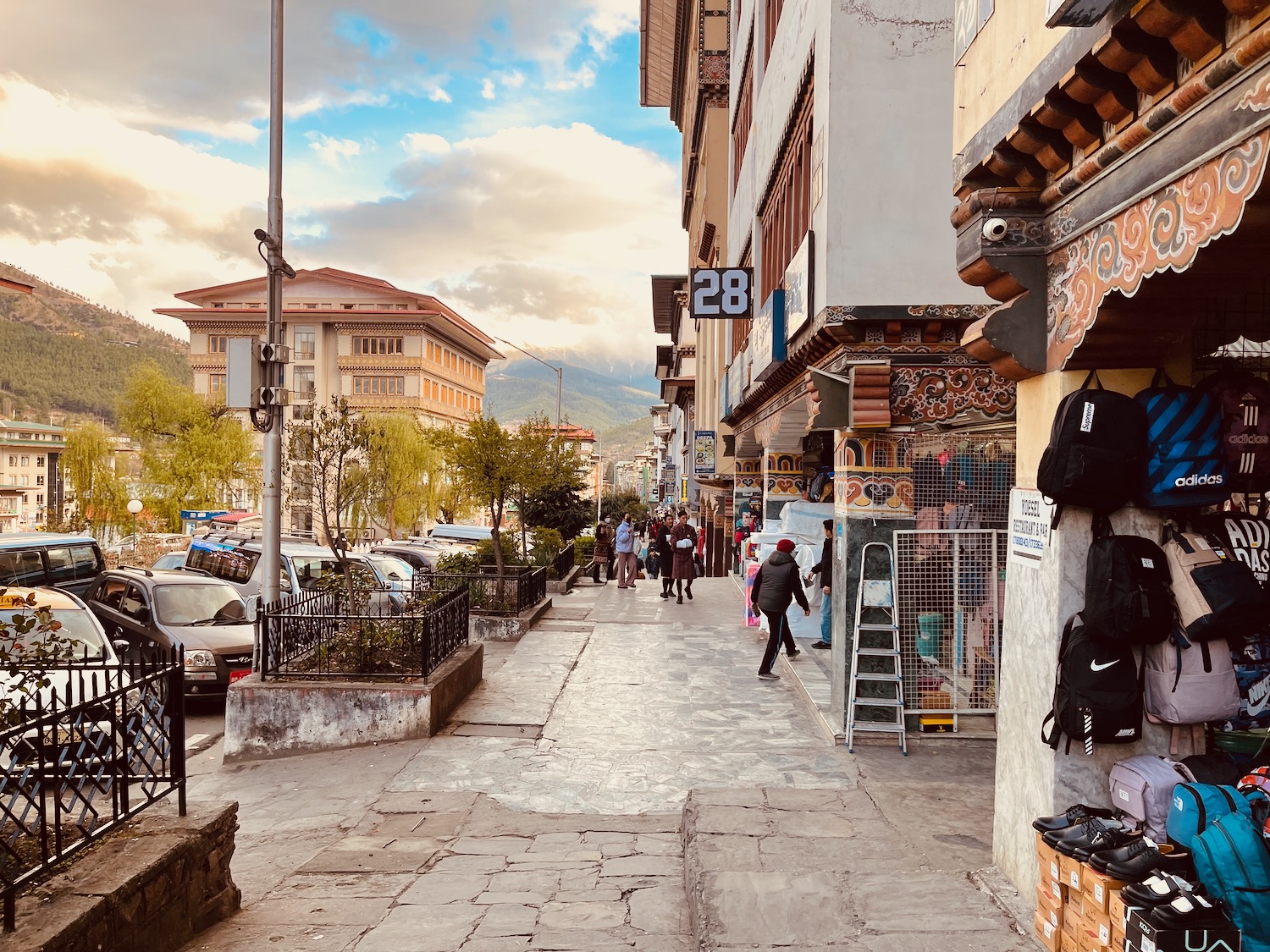
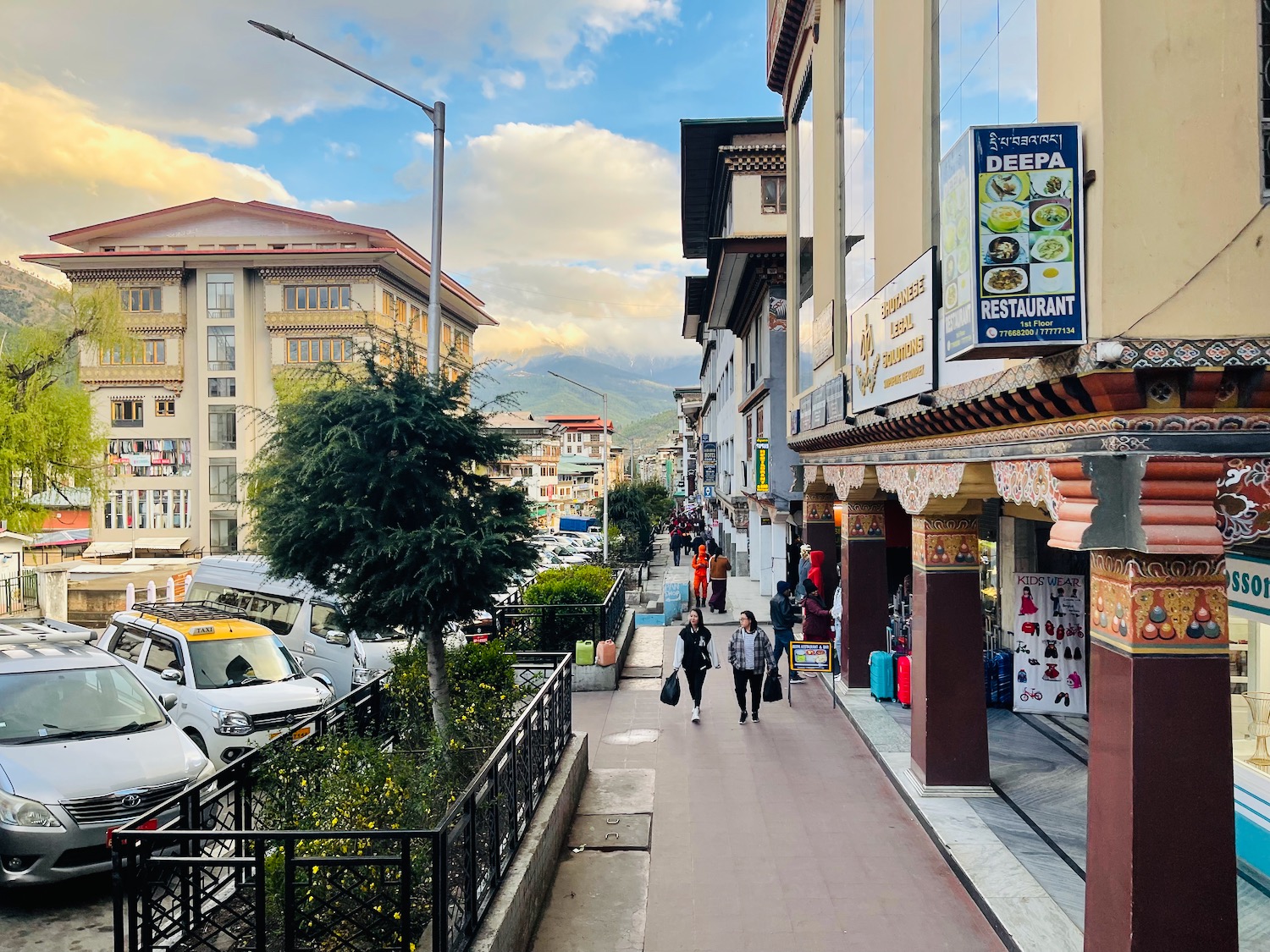
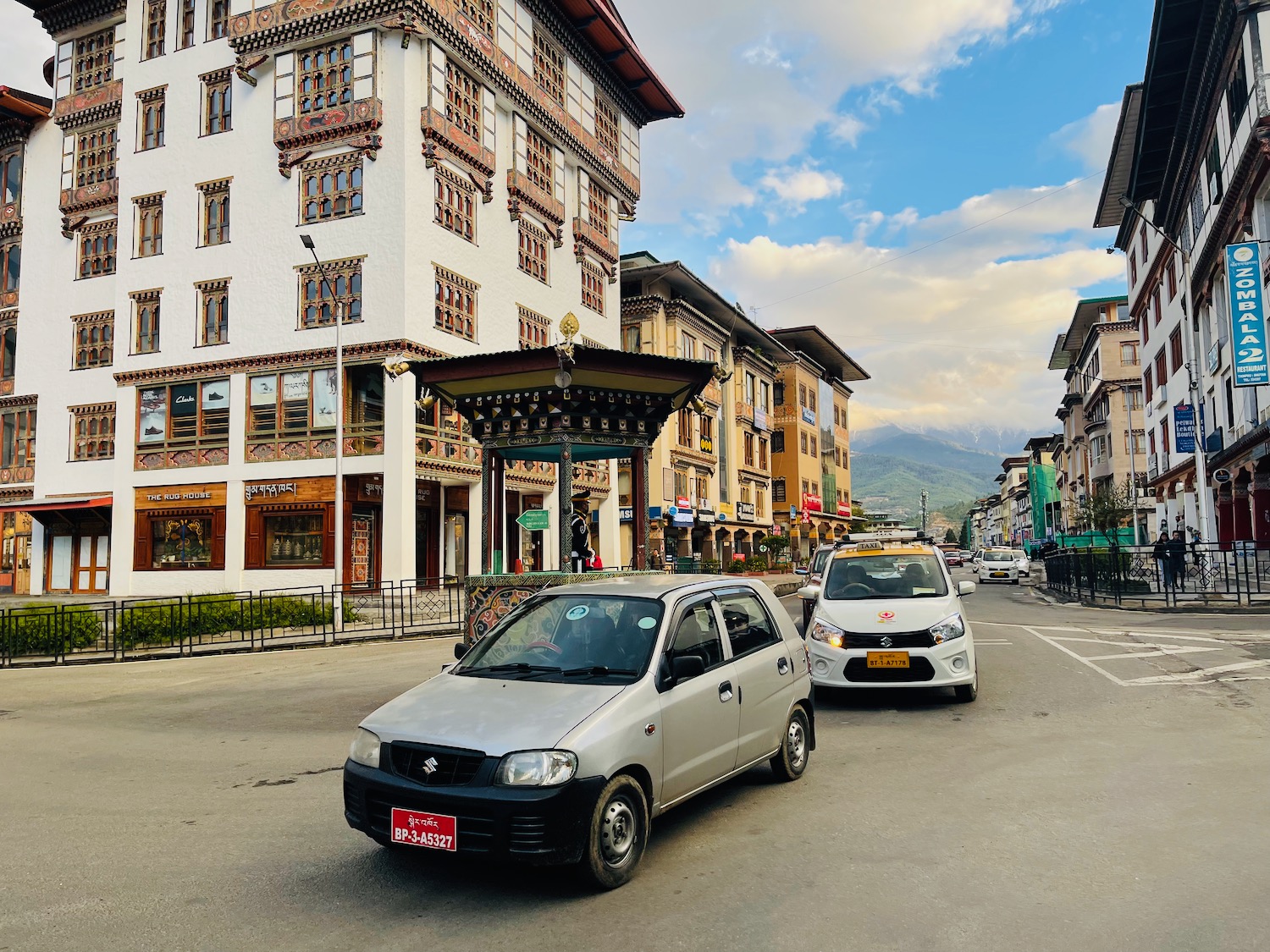
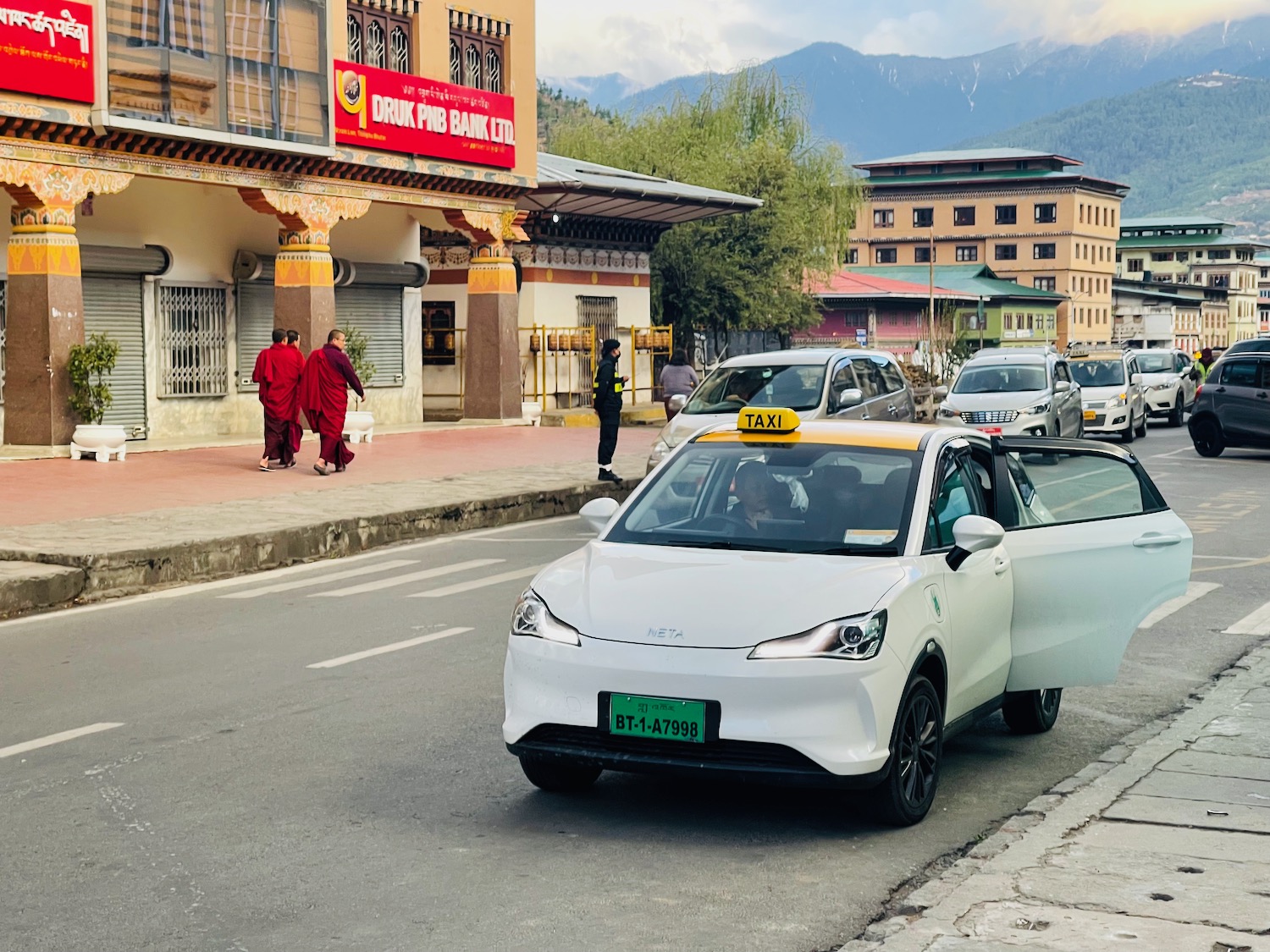
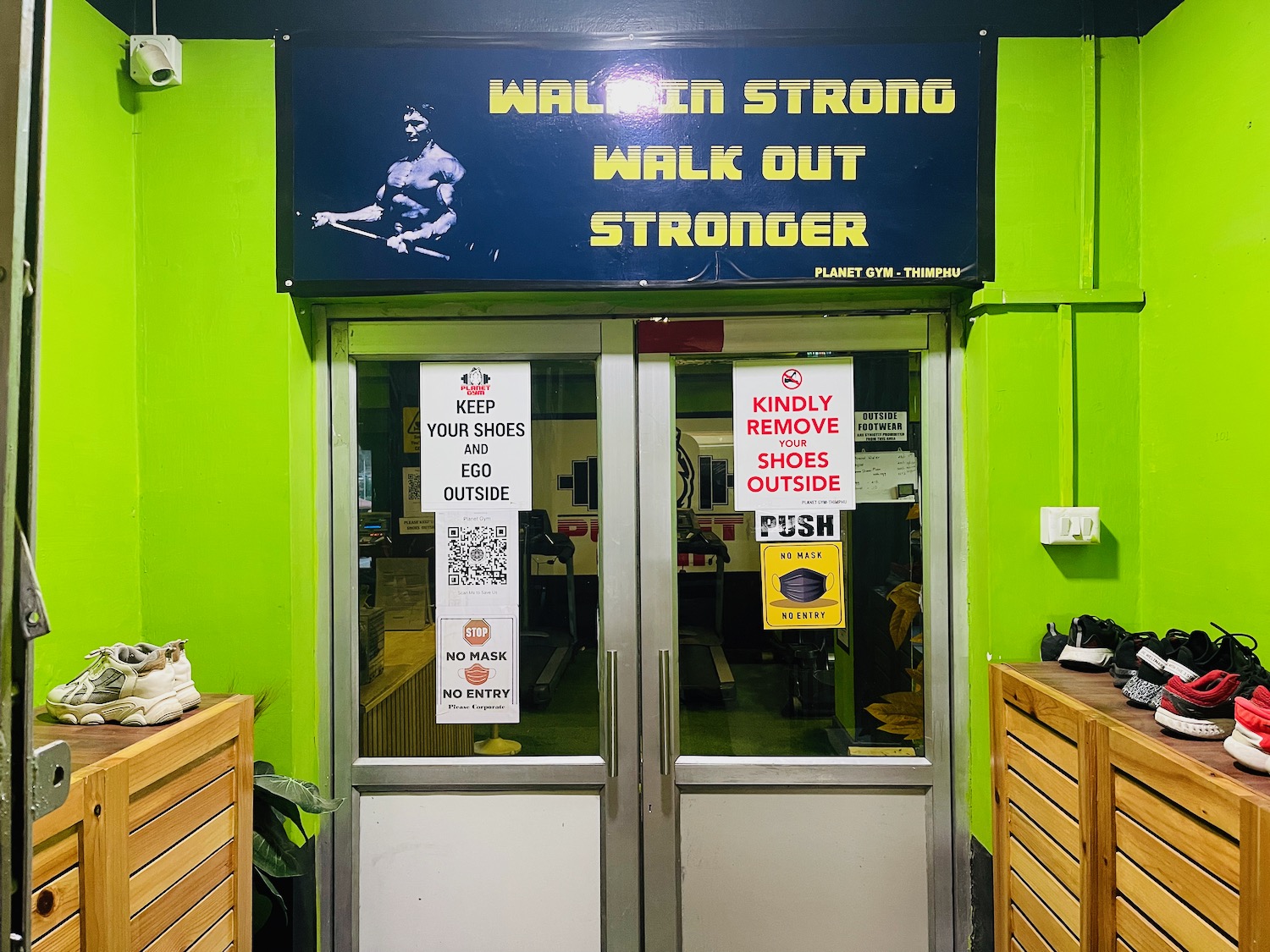
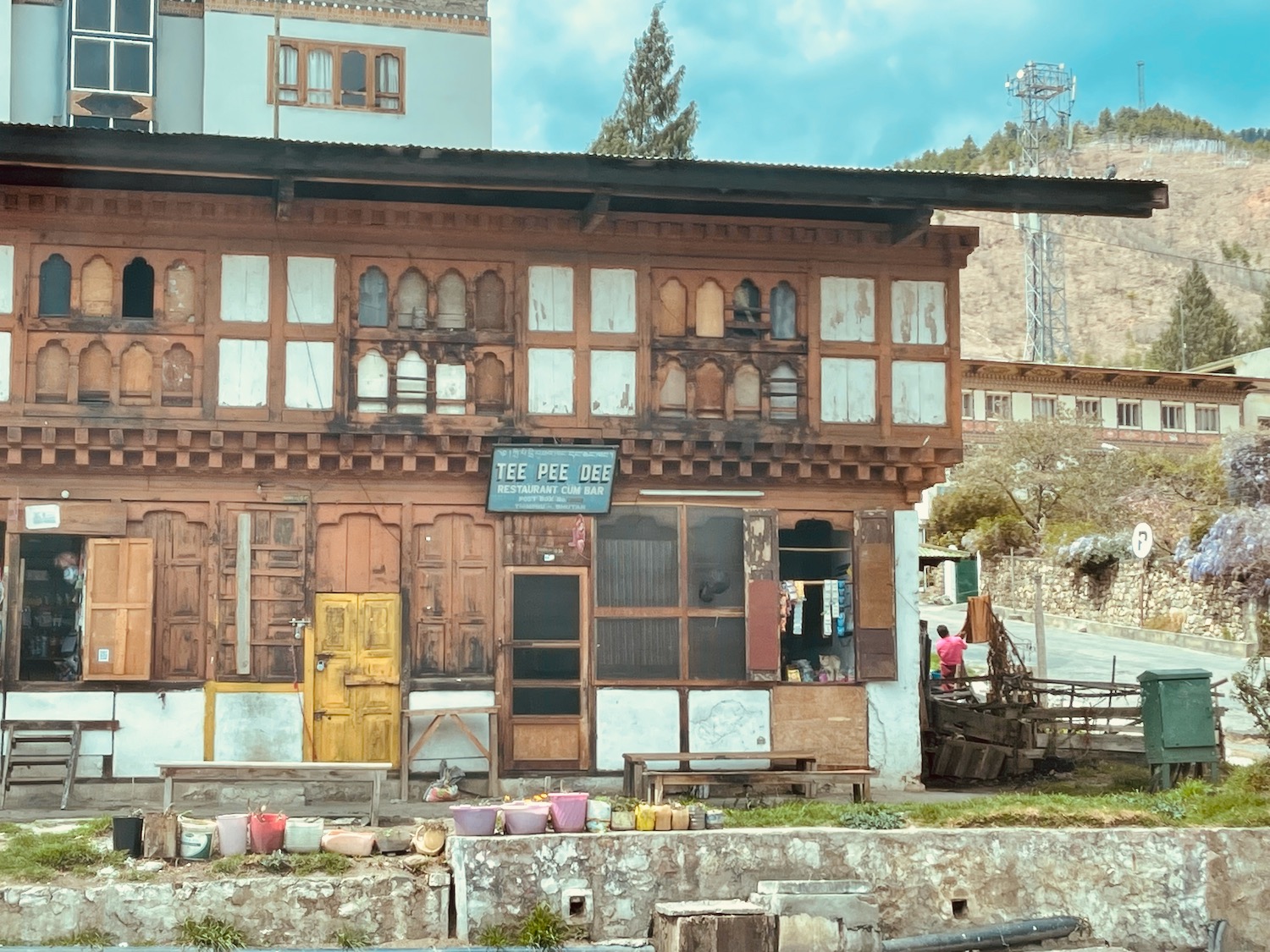
There is a bit of a cult of personality around the king and his family, though more like Thailand than North Korea or Turkmenistan. You’ll see pictures of the royal family everywhere, often with slogans:

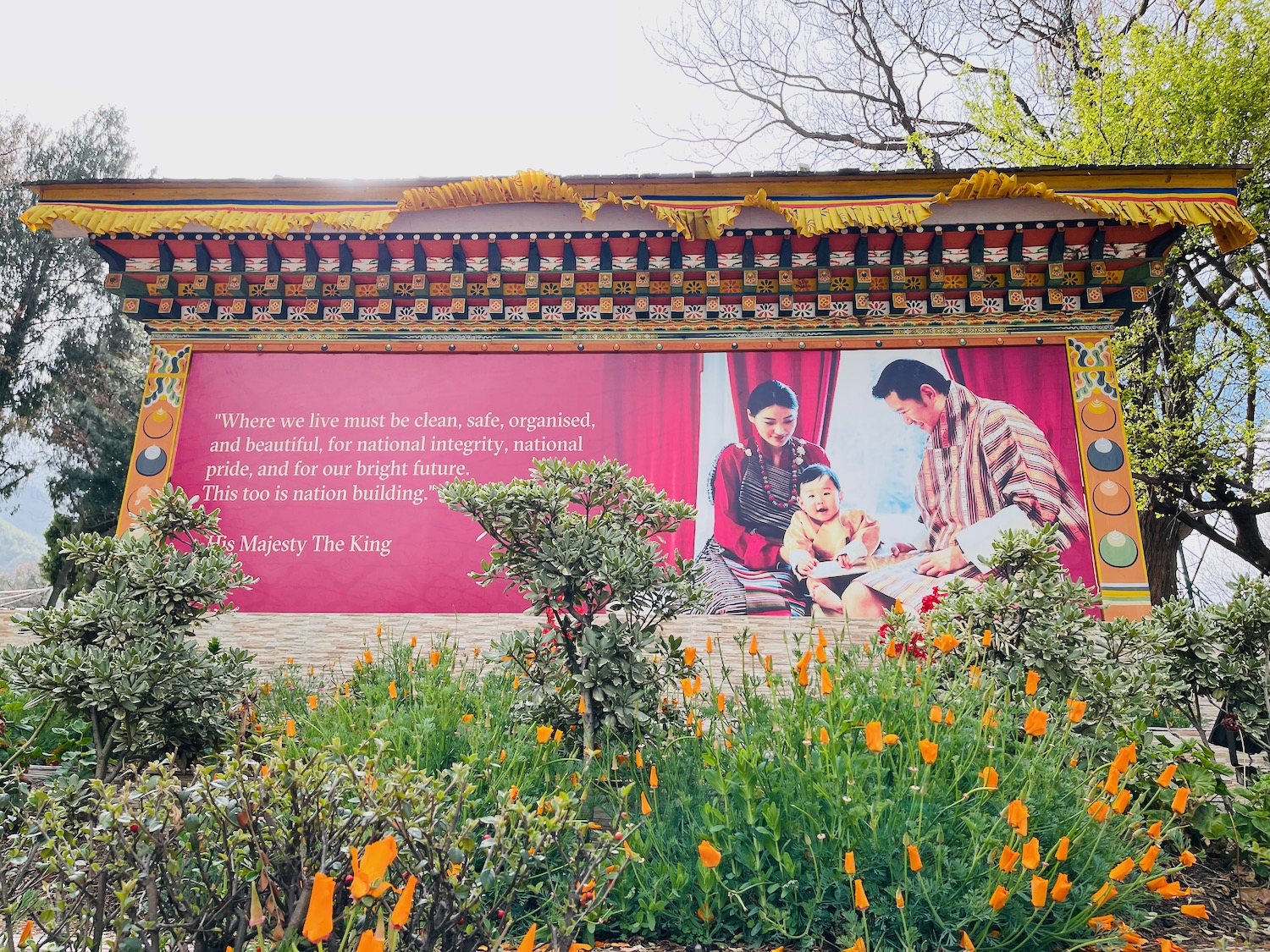
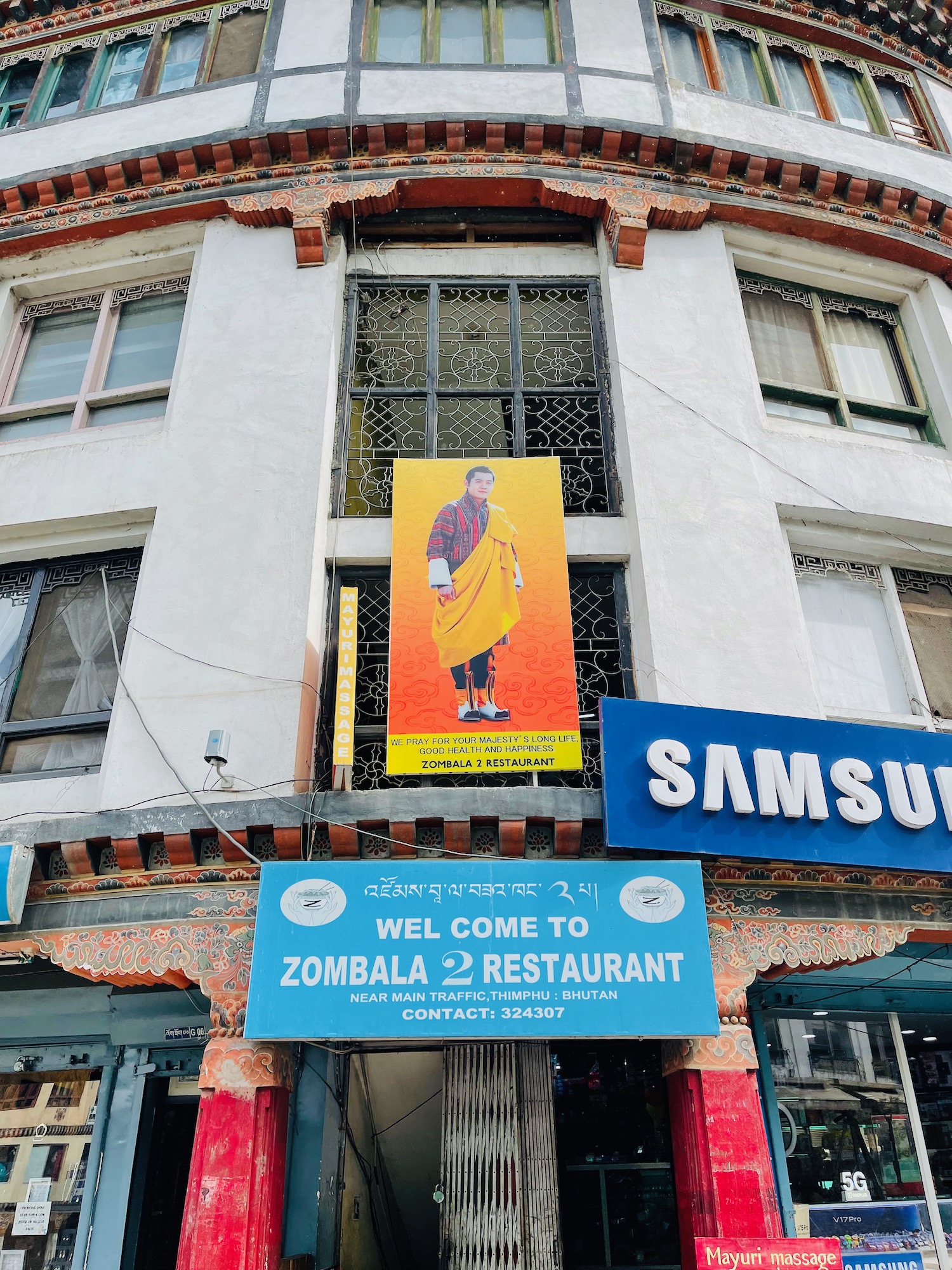

The center of town is called “Clock Tower Square” and, as the name implies, has a giant clock tower.

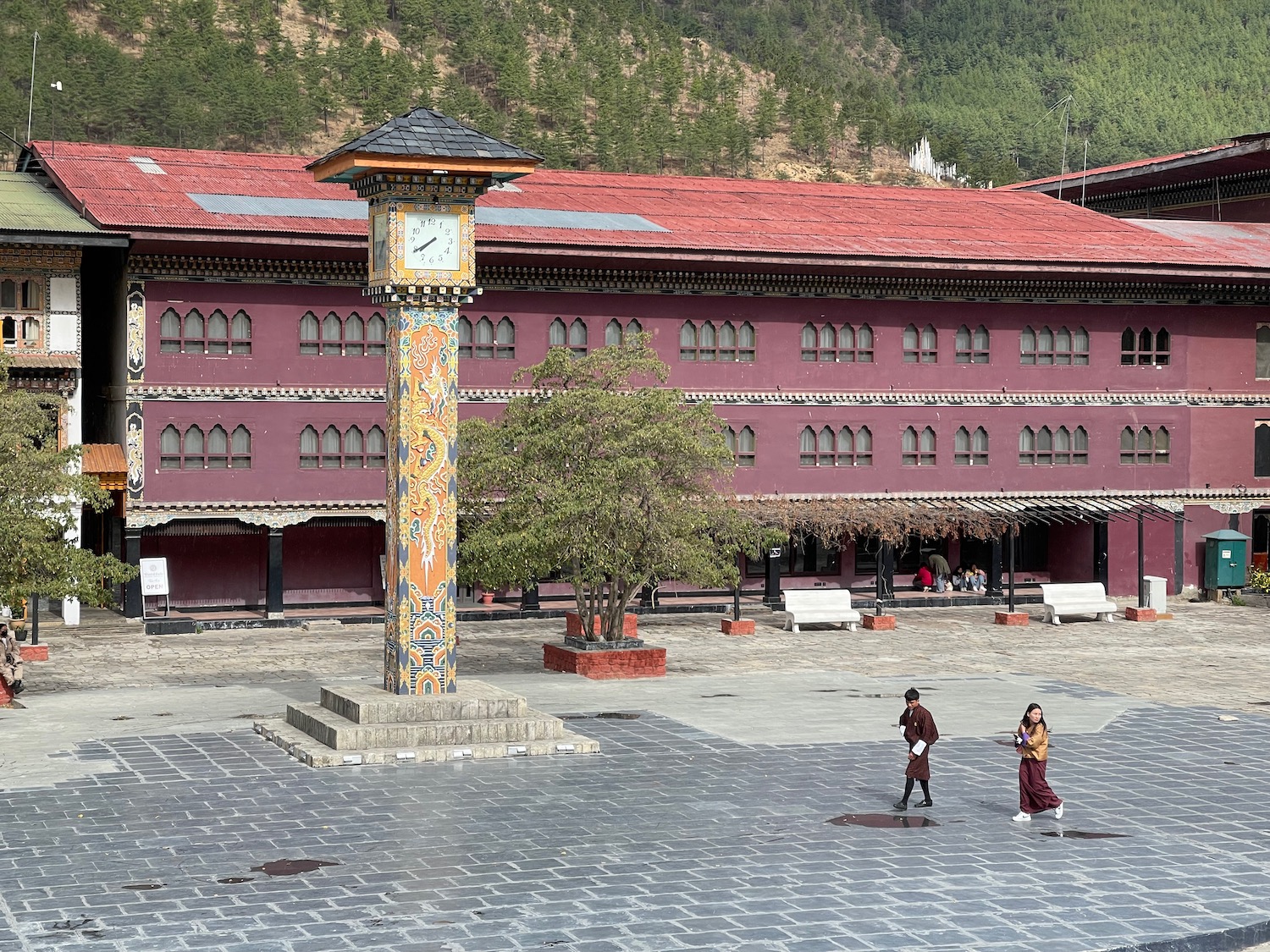
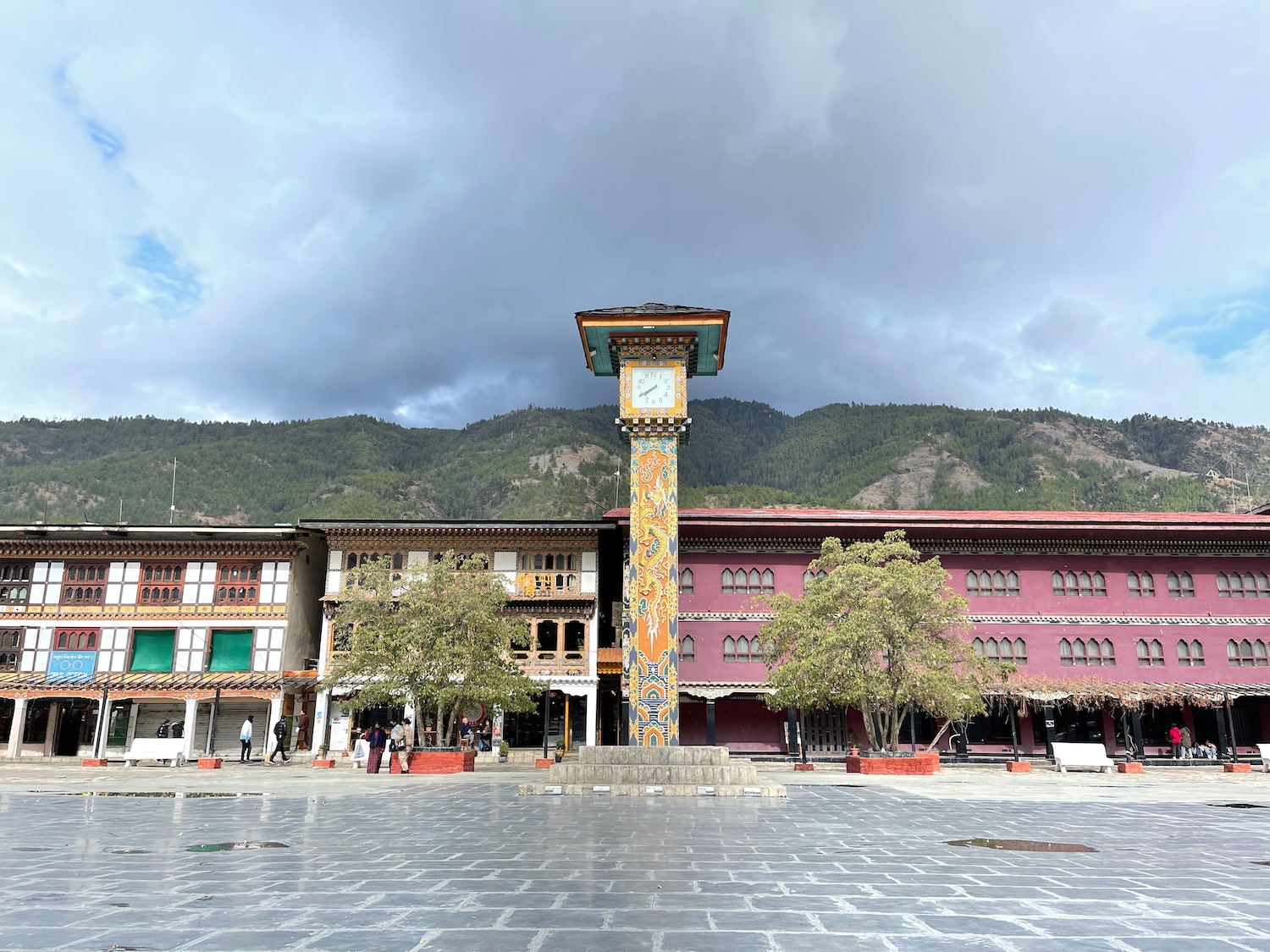
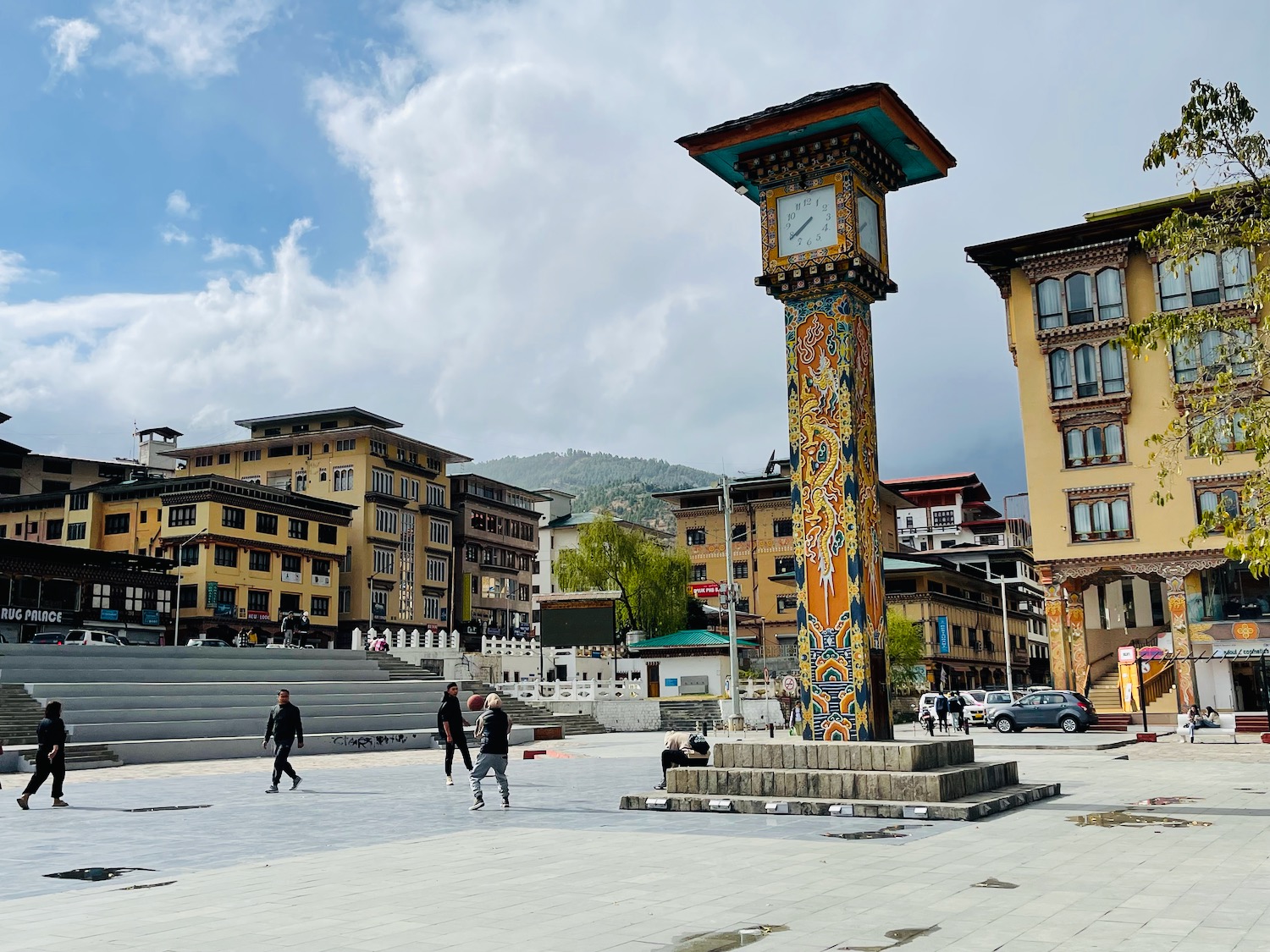
There’s a fair amount of construction going on, but the city is very clean overall and the air quality was crisp and pristine:
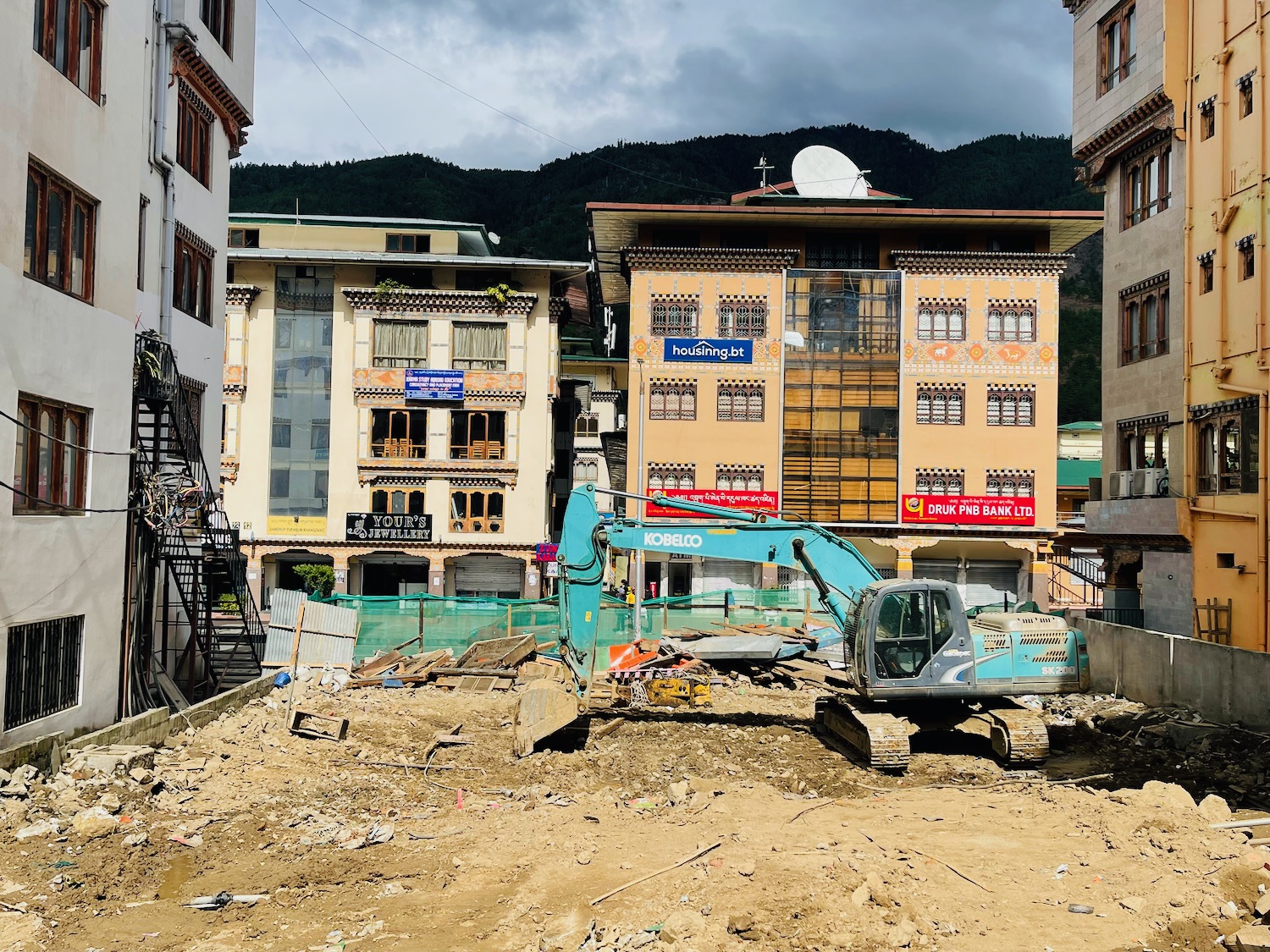
One reason, perhaps, is that smoking was completely banned in Bhutan, though the ban was lifted in 2023. Public smoking is still not allowed.
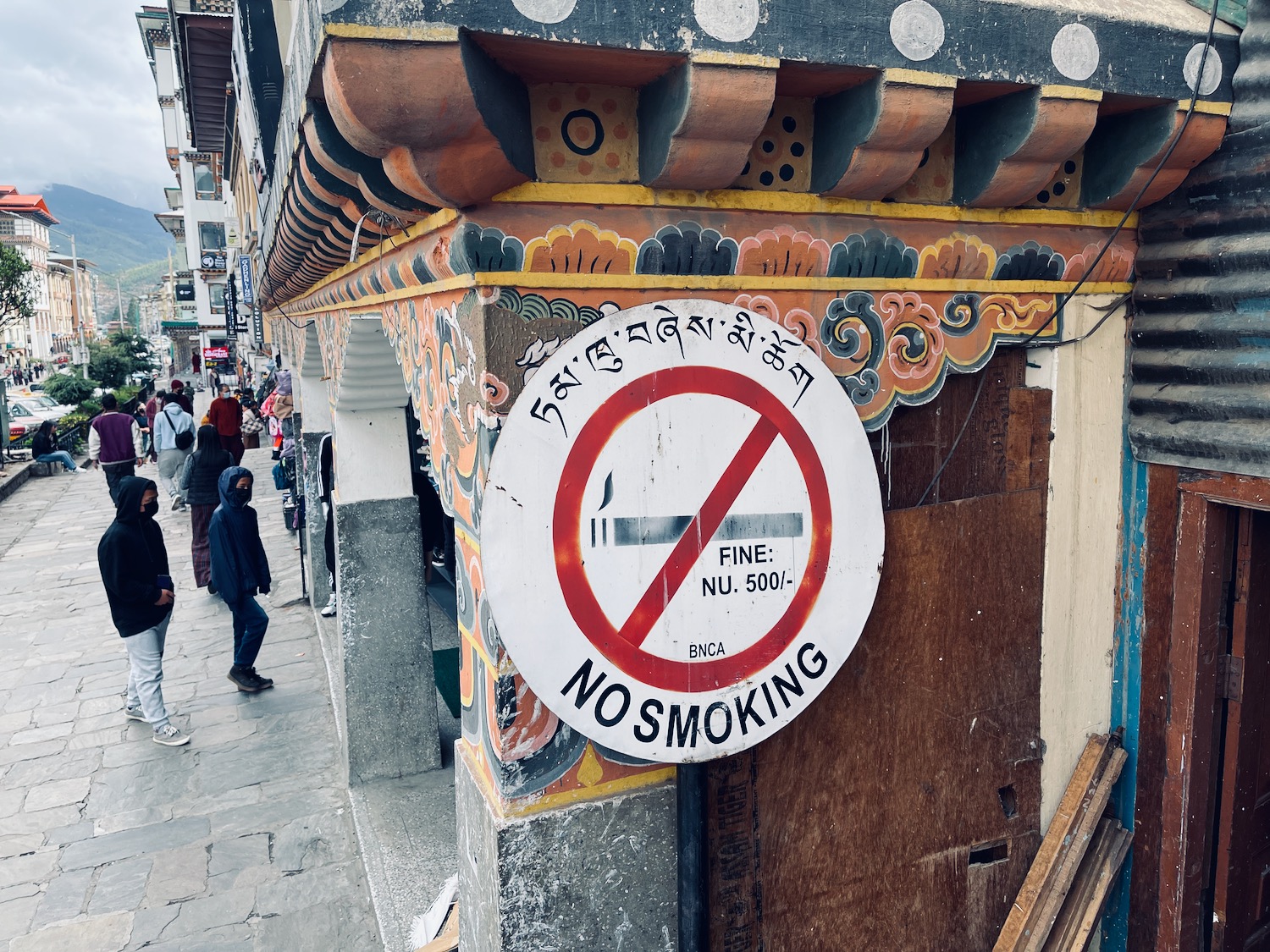
Lotto is a big thing, though.
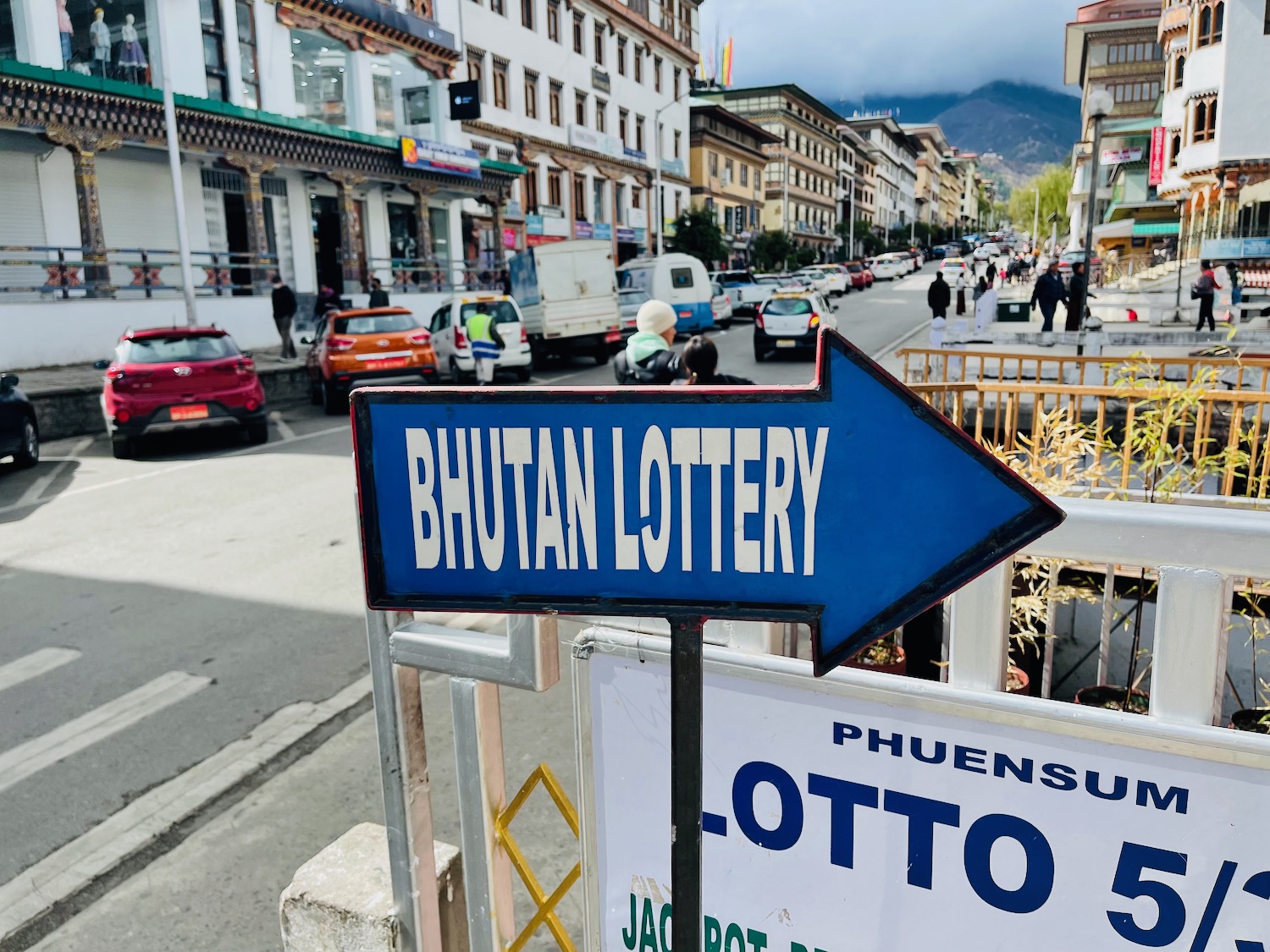
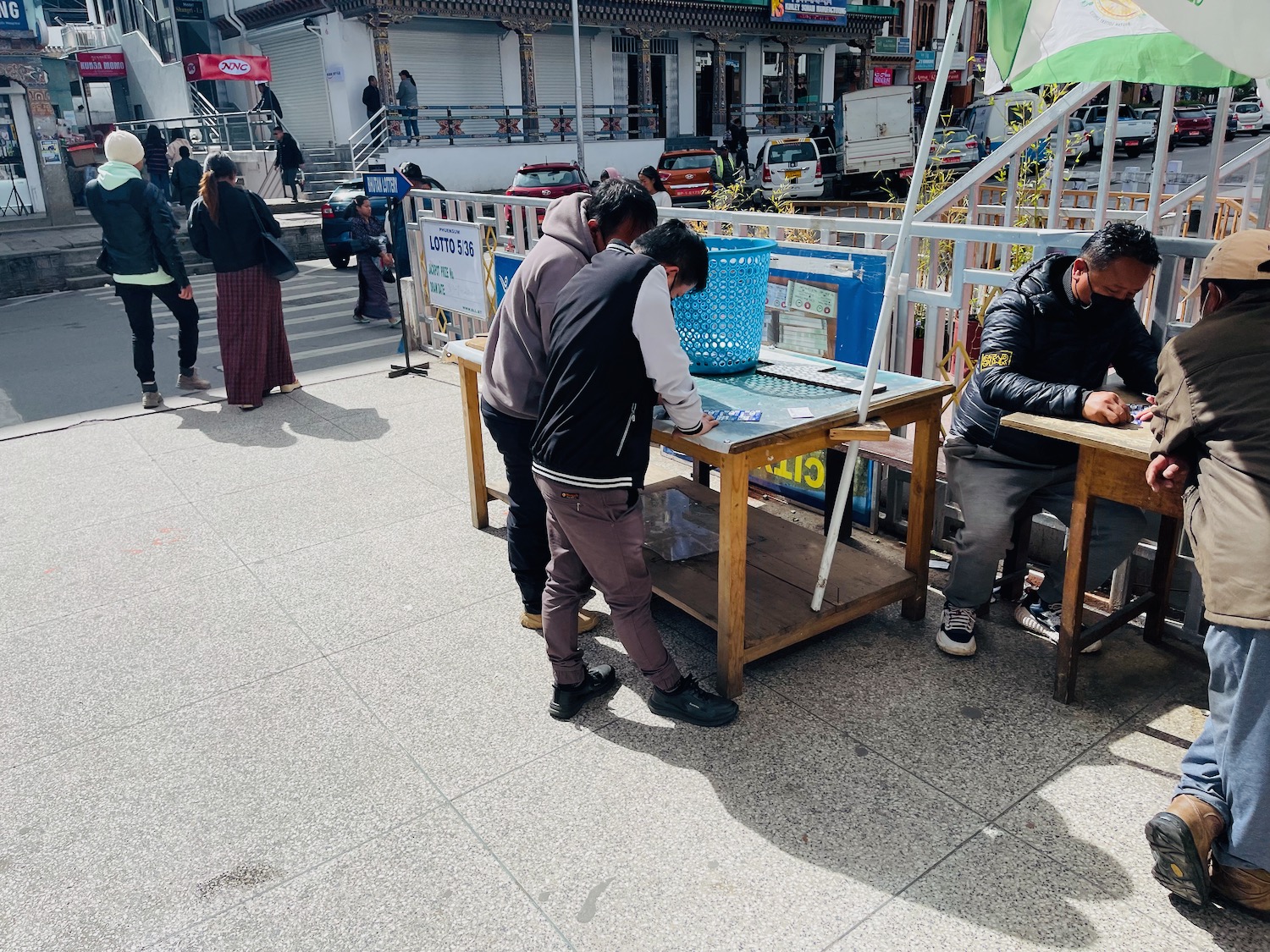
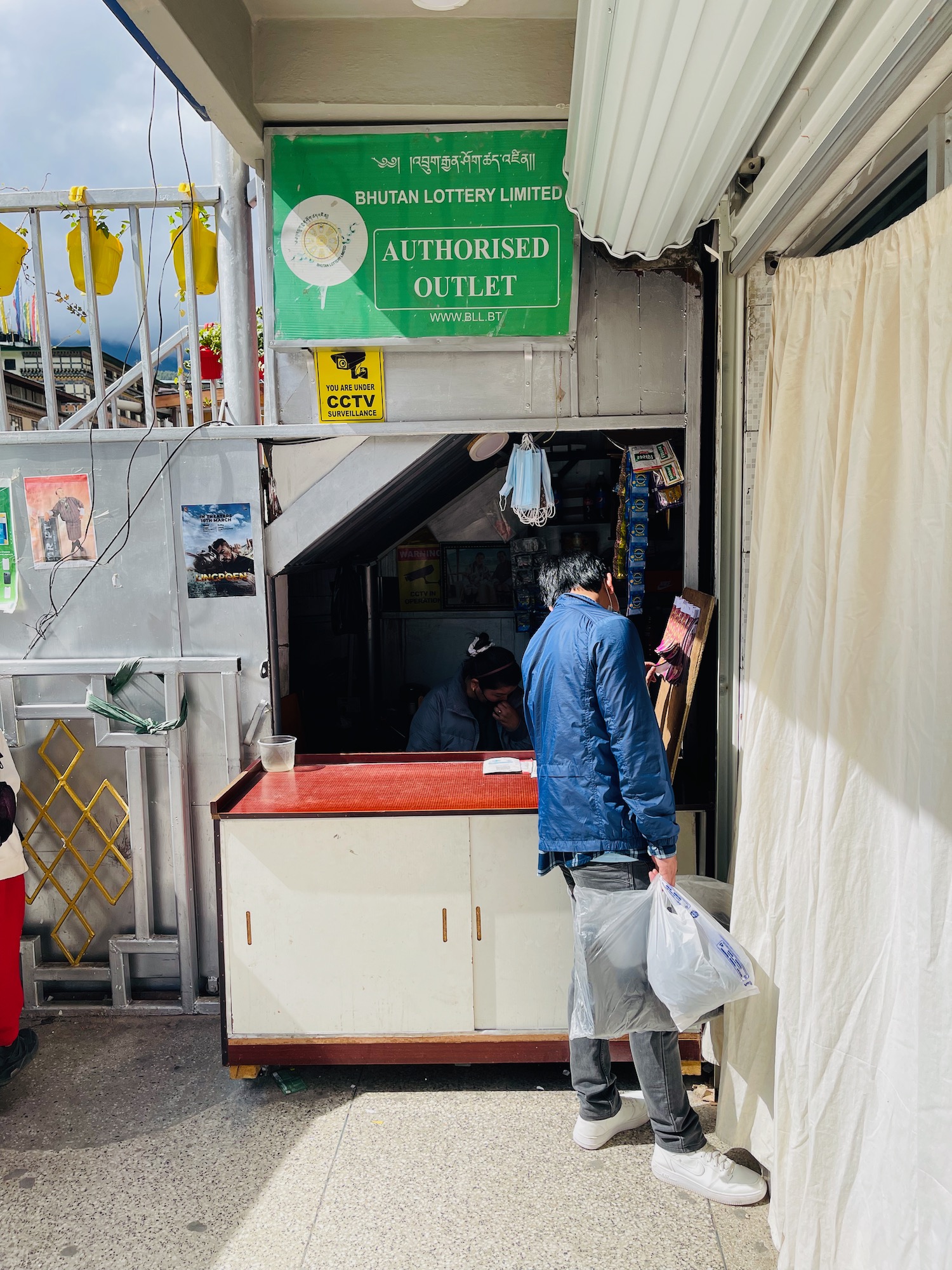
One of my favorite parts of the city was the traffic officer…there are no traffic signals.
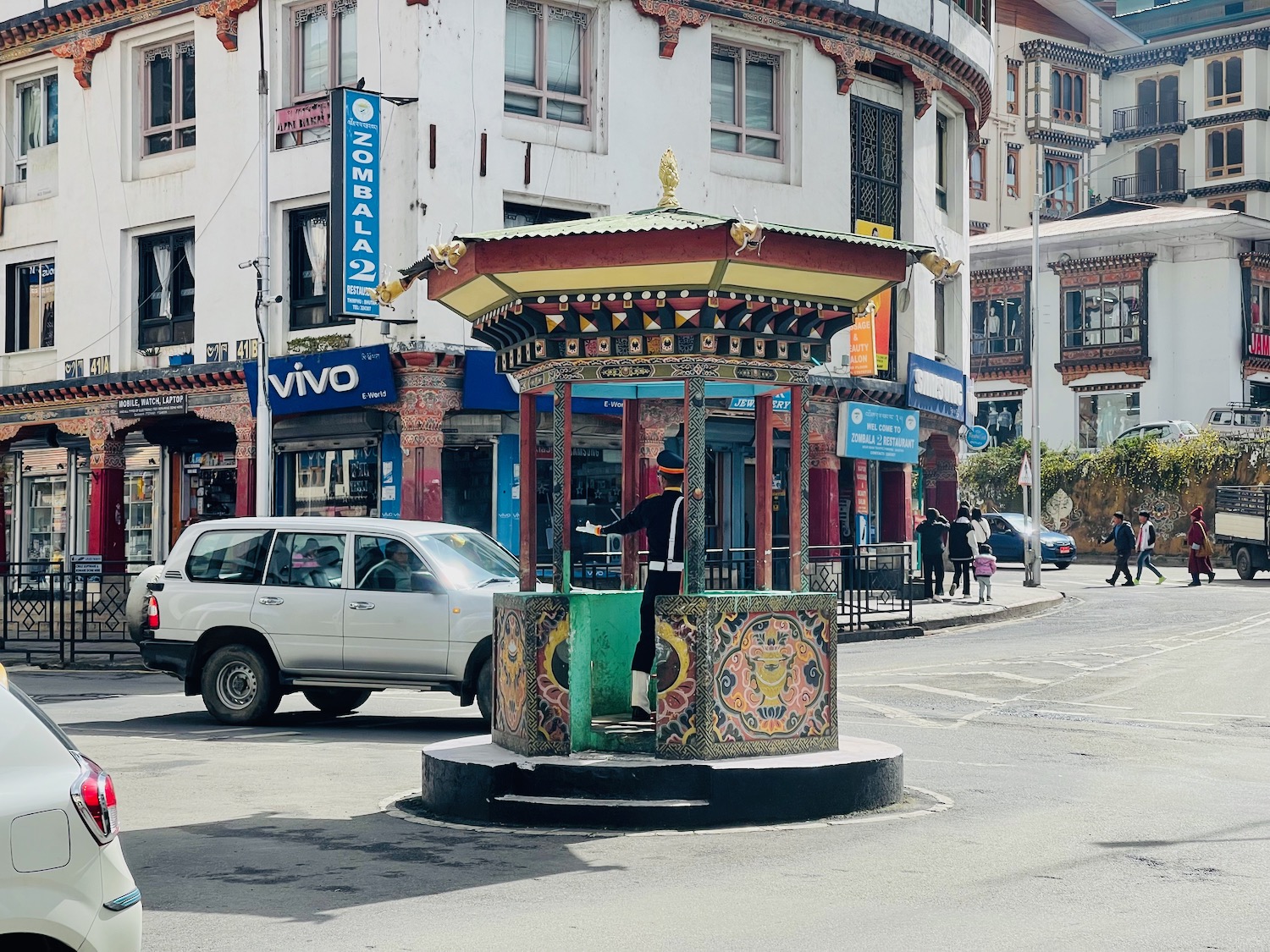
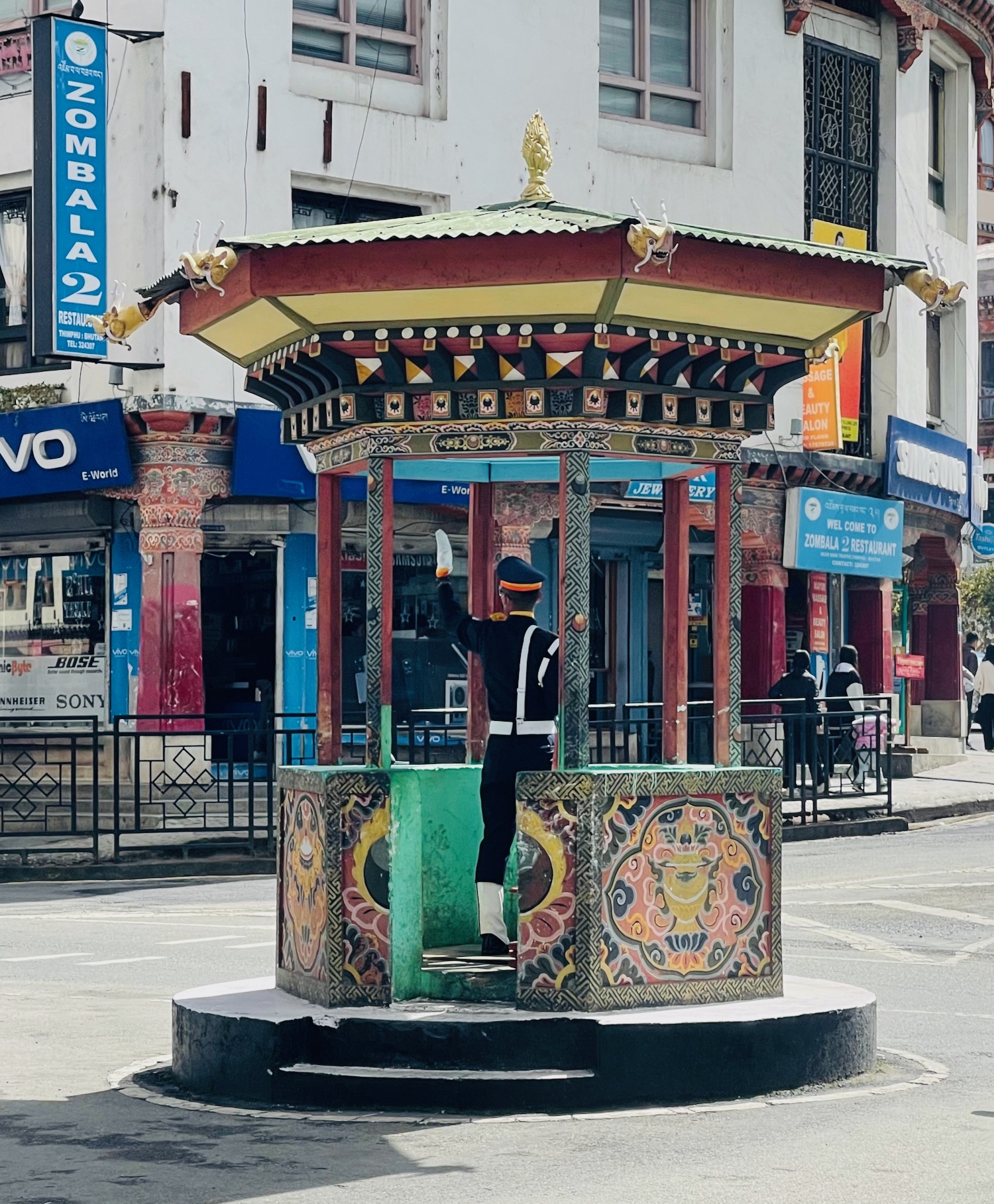
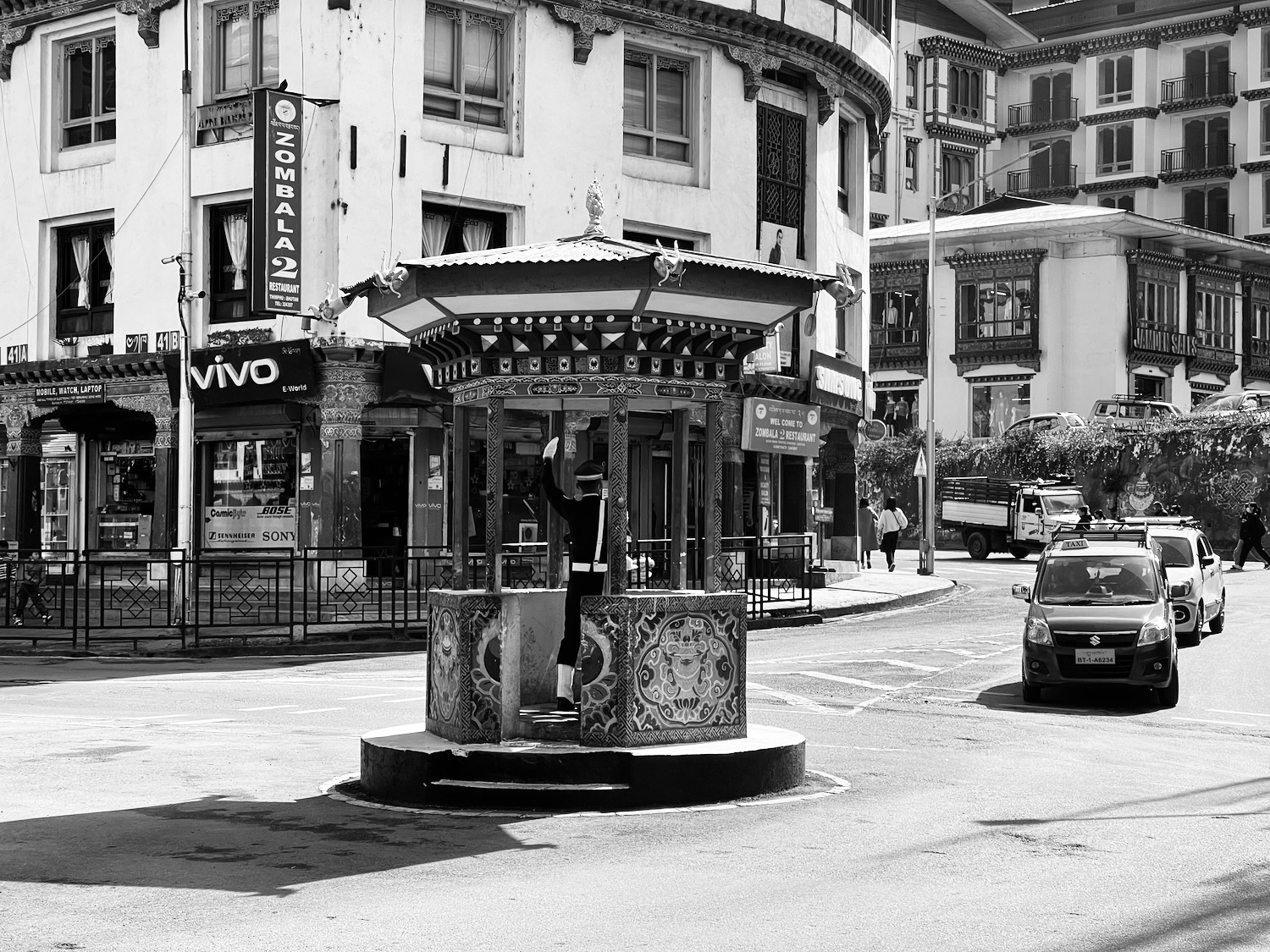
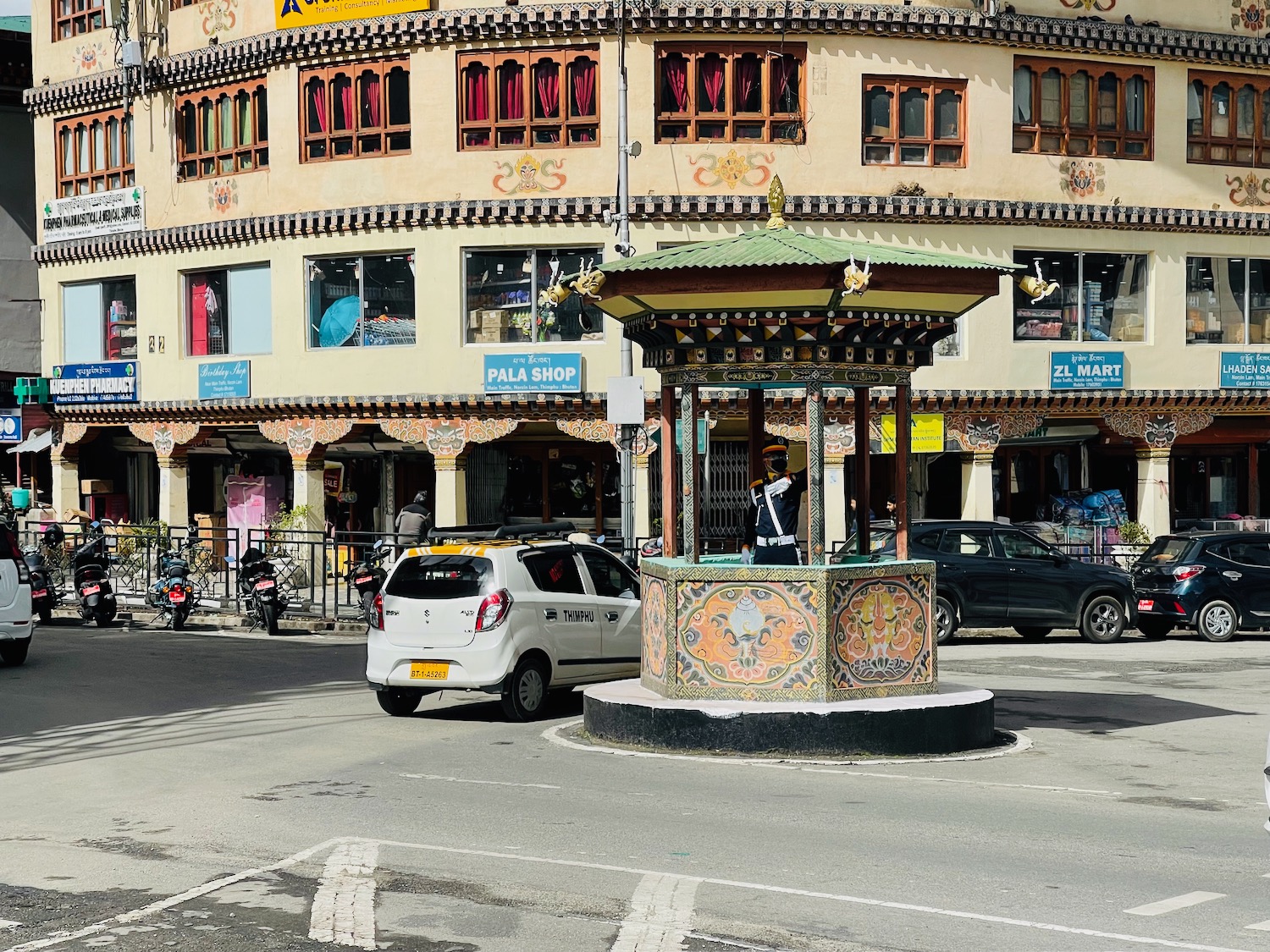
I visited two sites of interest, starting with the Changangkha Lhakhang temple, the oldest surviving temple in Bhutan dating back to the 13th century. What I found most fascinating was that parents do not name their children in Bhutan. According to my guide, babies are taken to the temple within a few weeks of birth and assigned a name (through “divine intervention”) by the priest. There is not the idea of a family name passed from generation to generation as we see in much of the world.
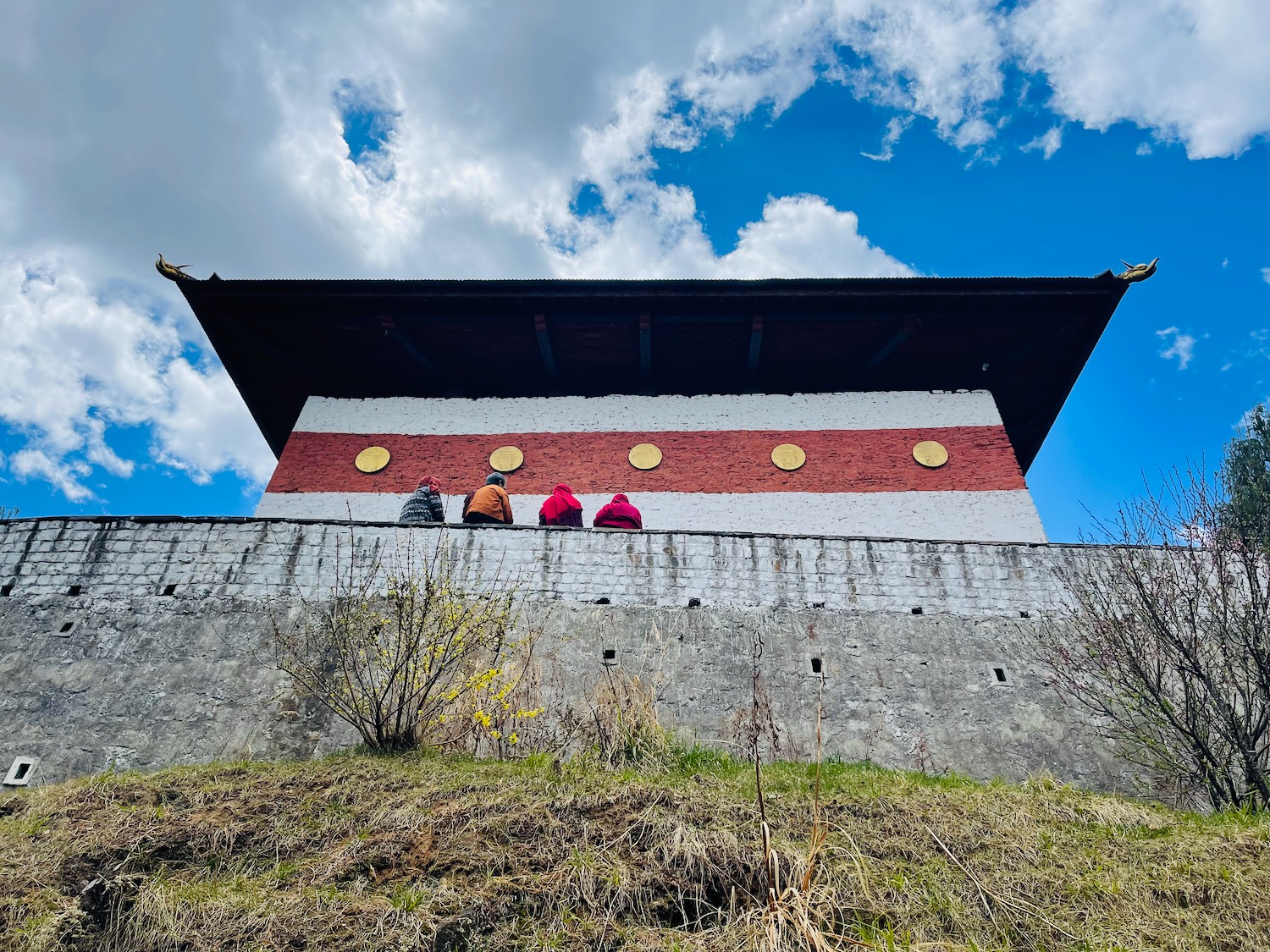
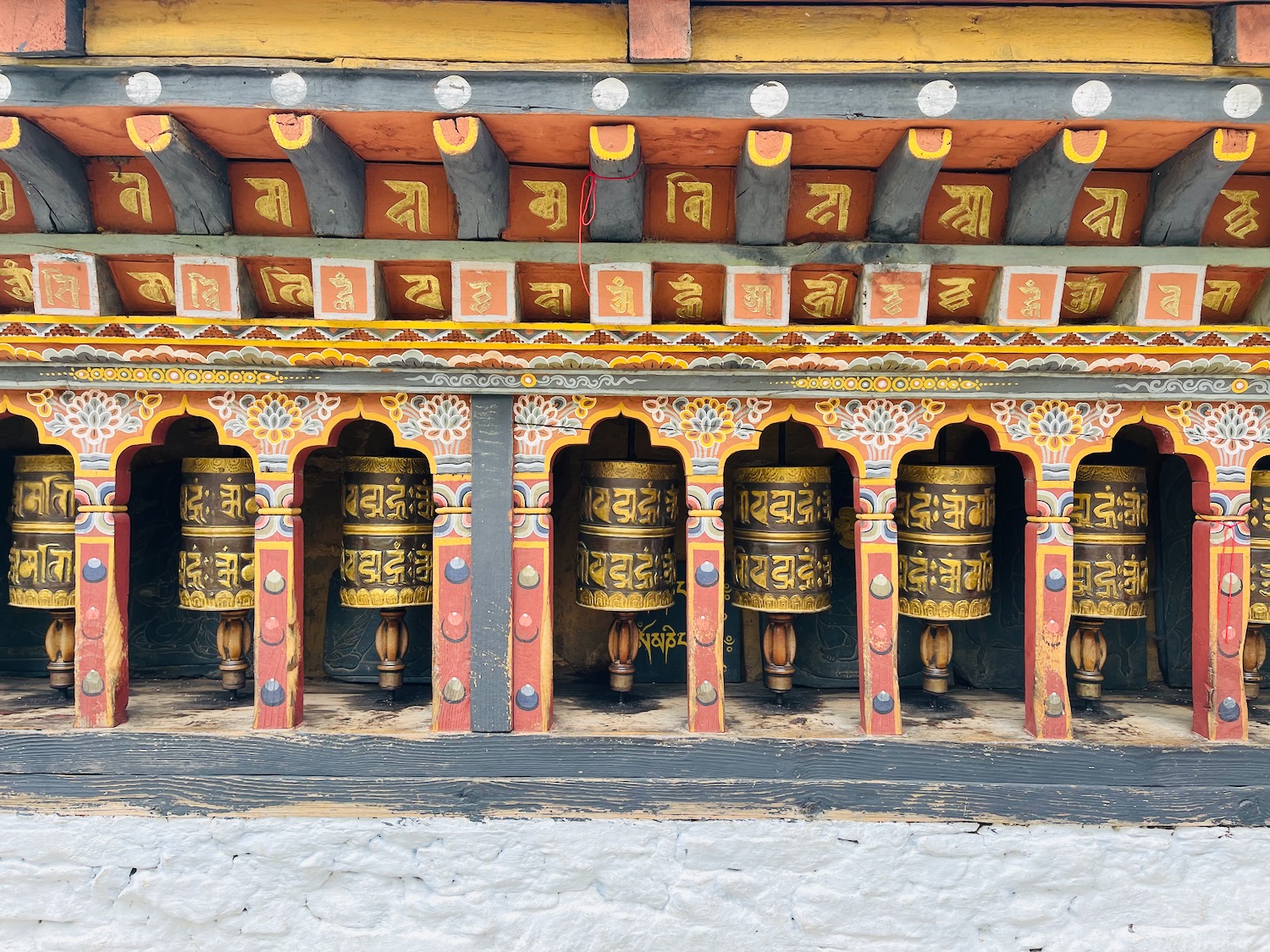
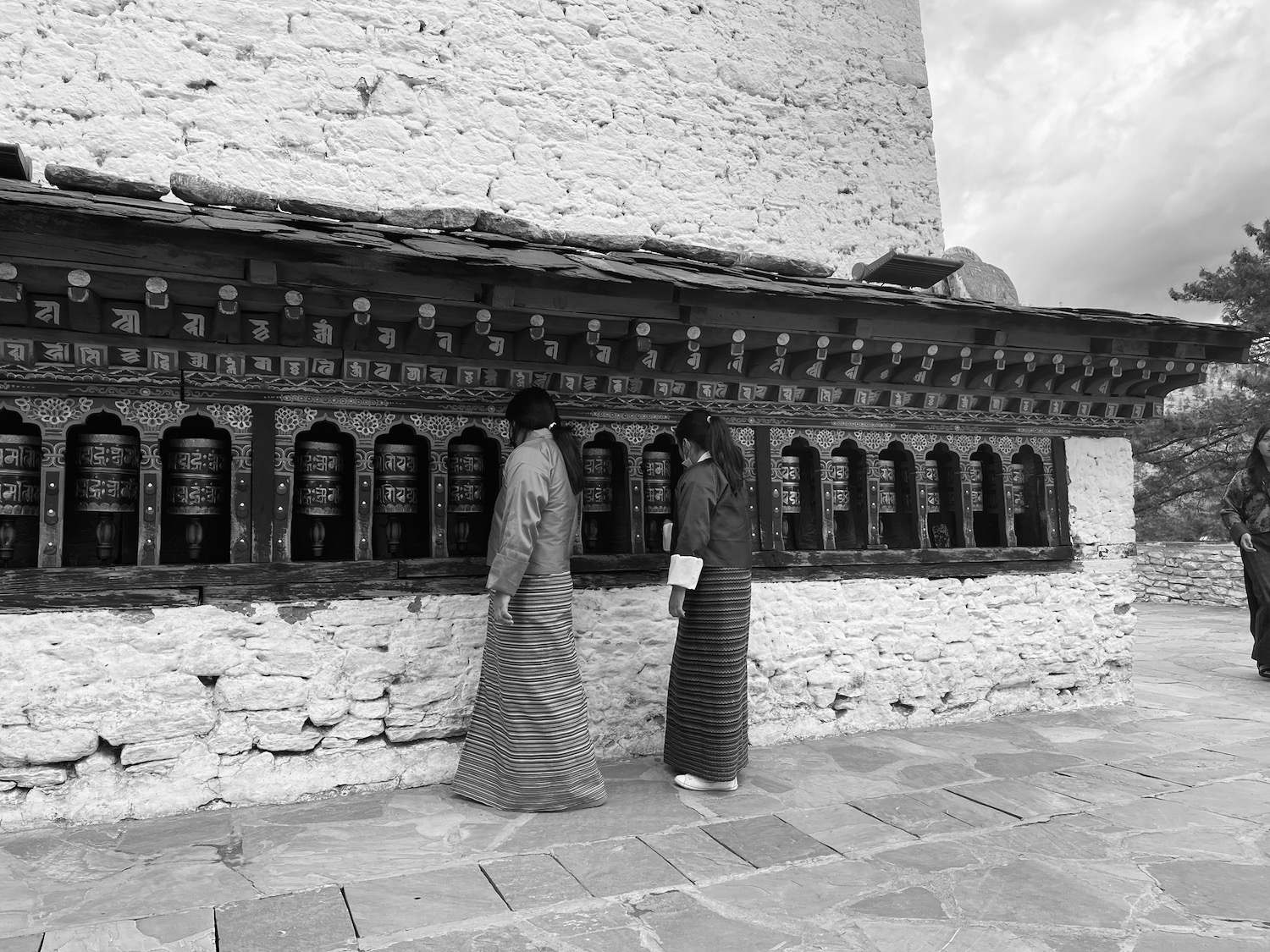

Next, I went to Tashichho Dzong, a Buddhist monastery and fortress on the outskirts of the city. It dates back to 1216, though it has been destroyed and rebuilt on at least three occasions. There are thirty temples, chapels and shrines within Tashichho Dzong and it is also the seat of the “Druk Desi” (the head of Bhutan’s civil government).
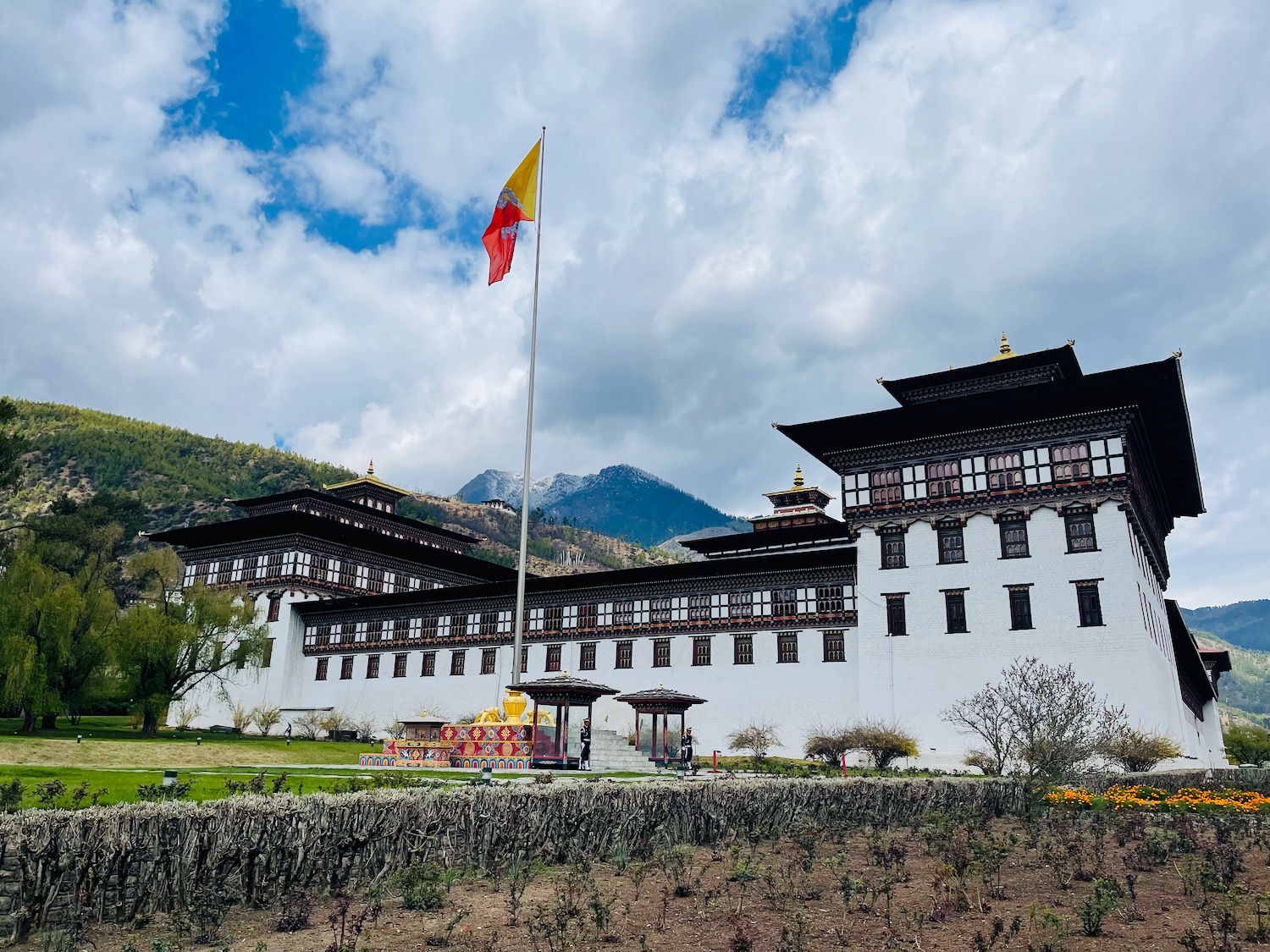
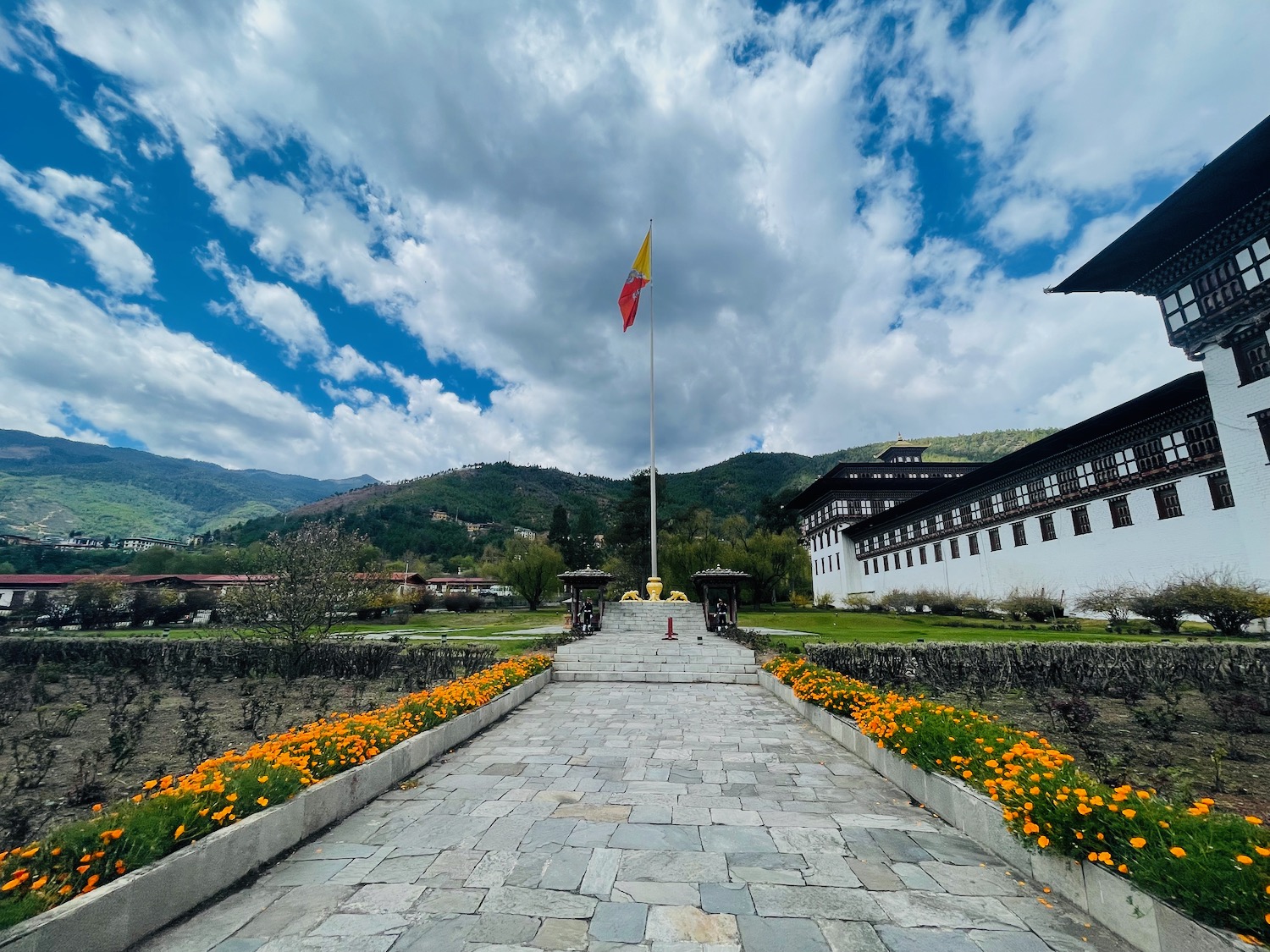
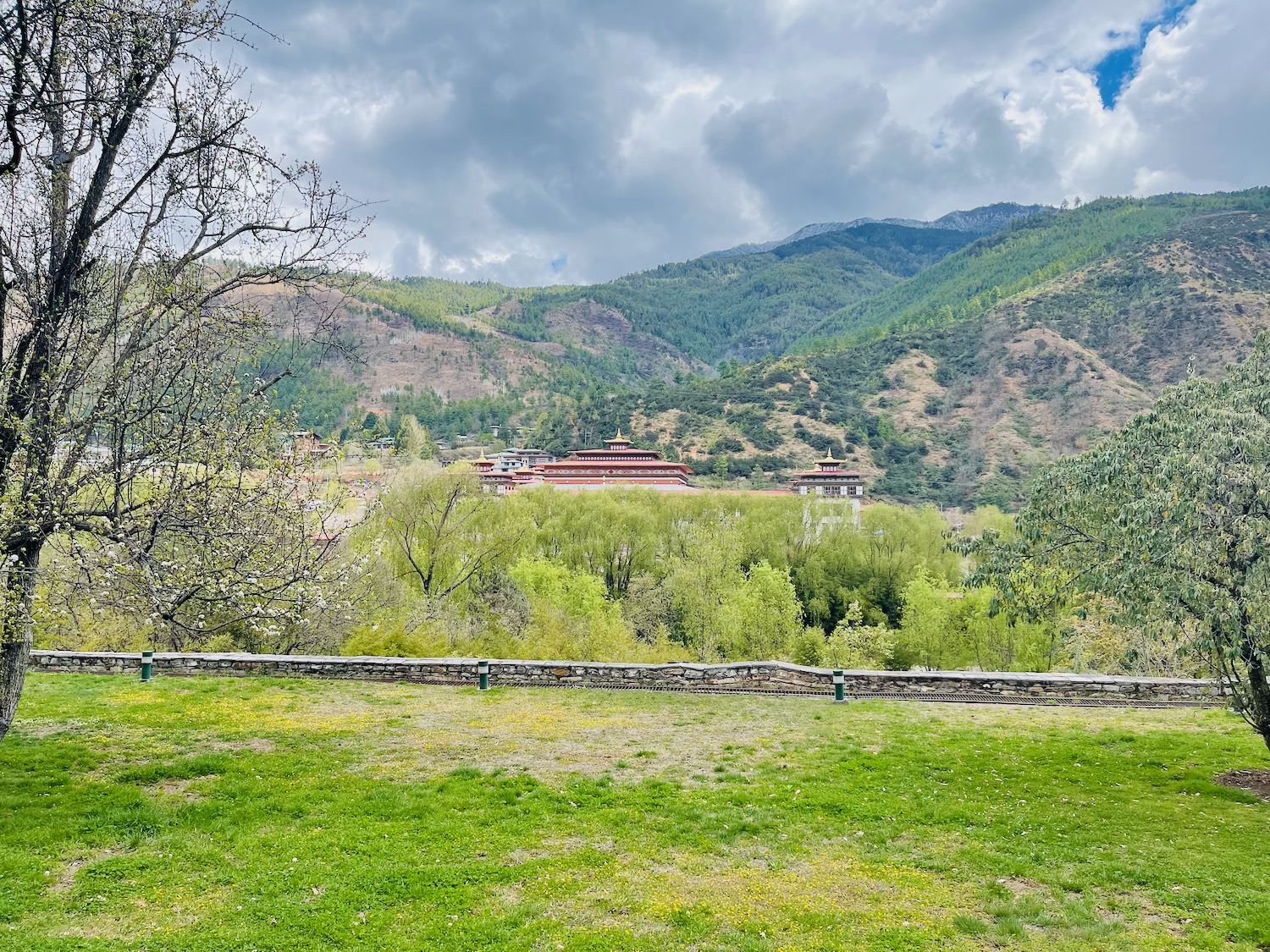
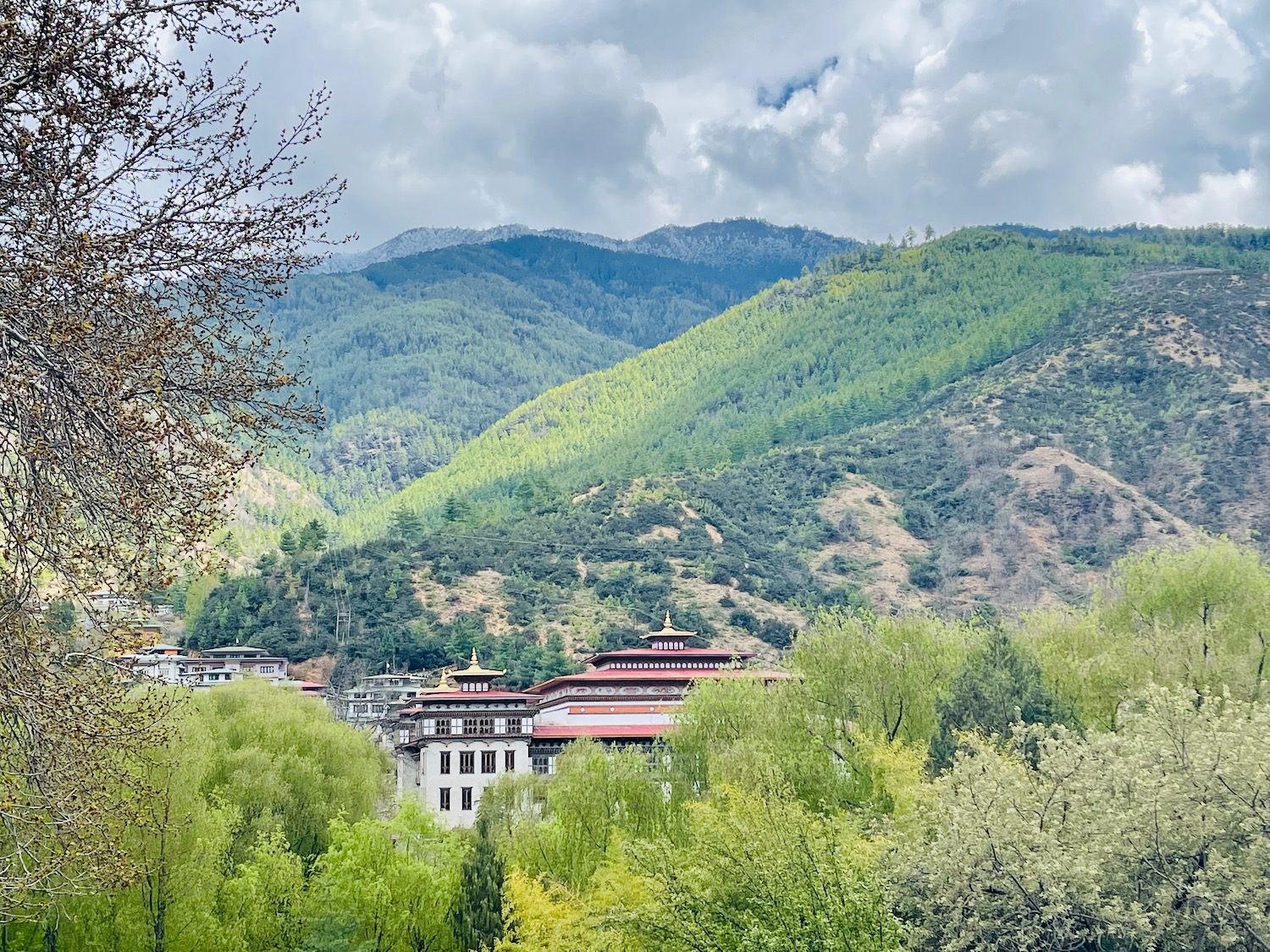
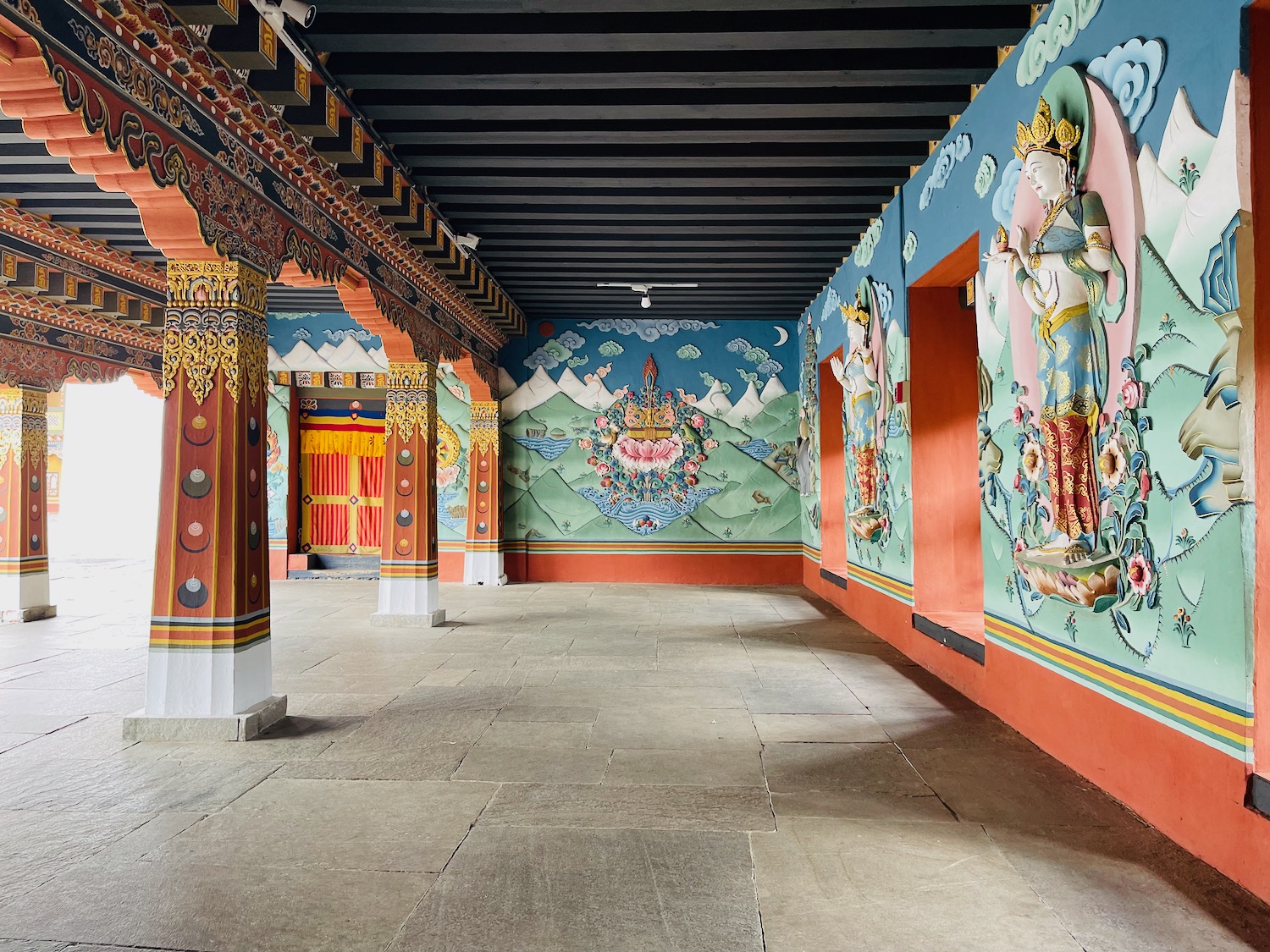
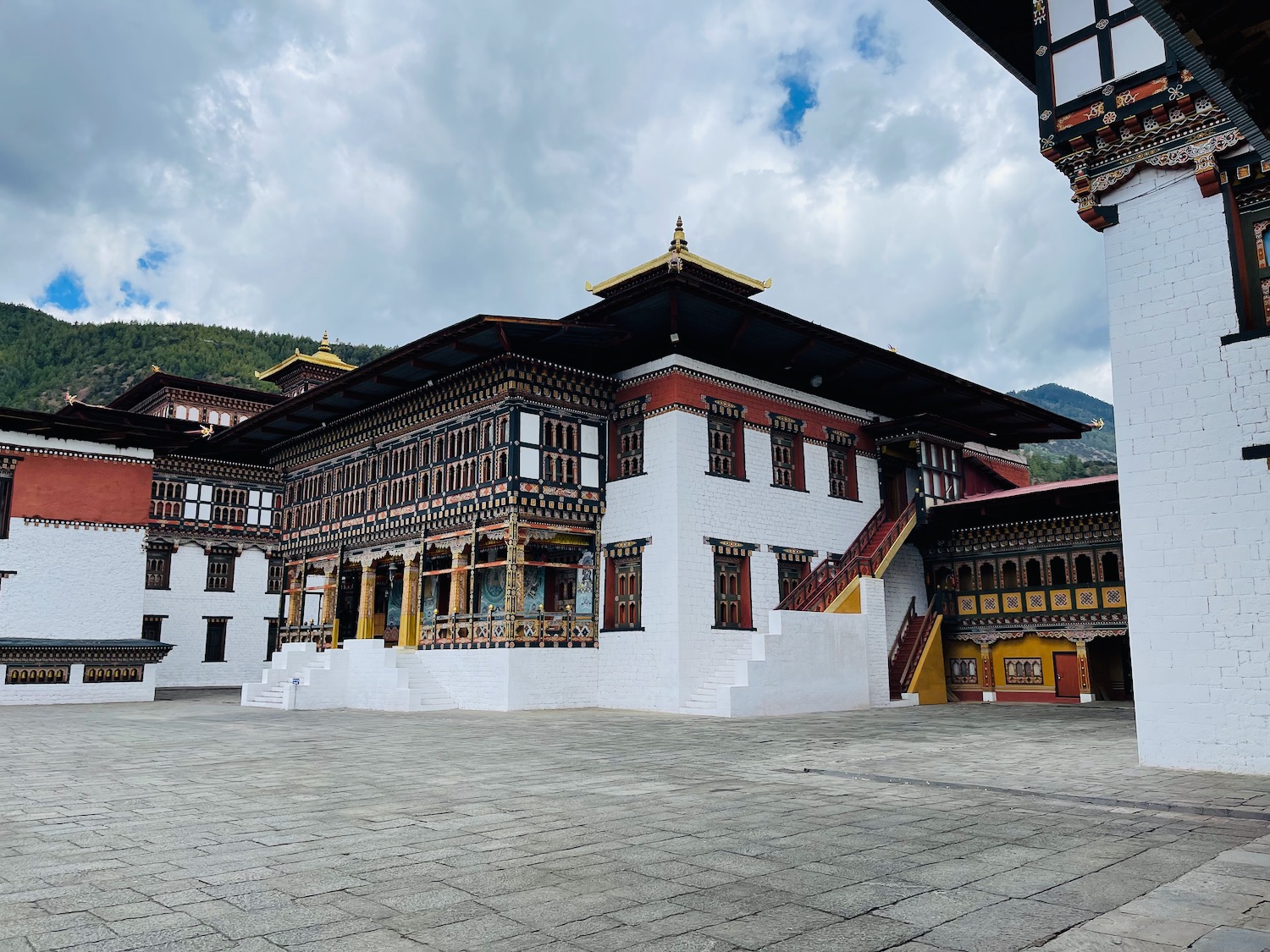
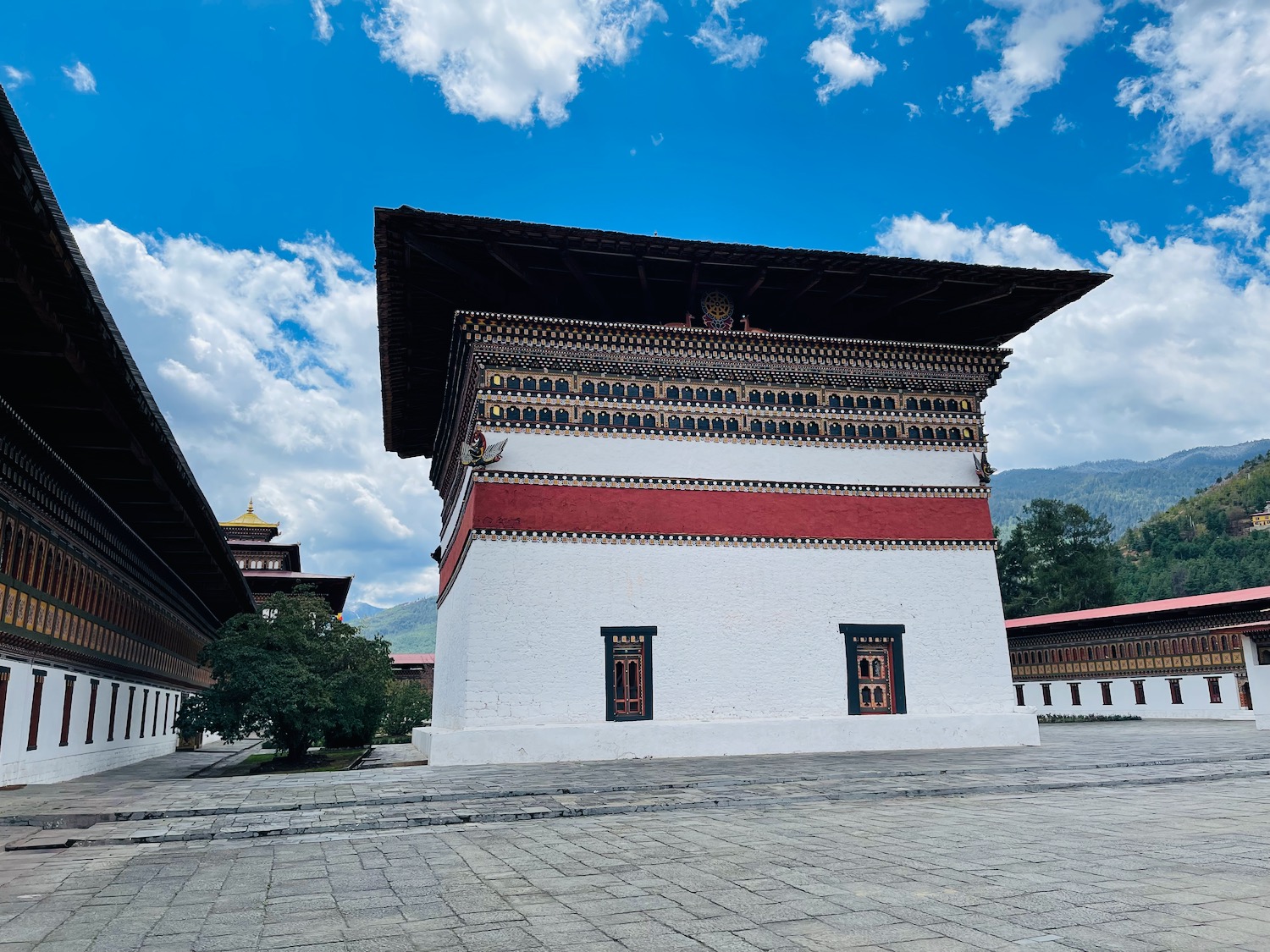
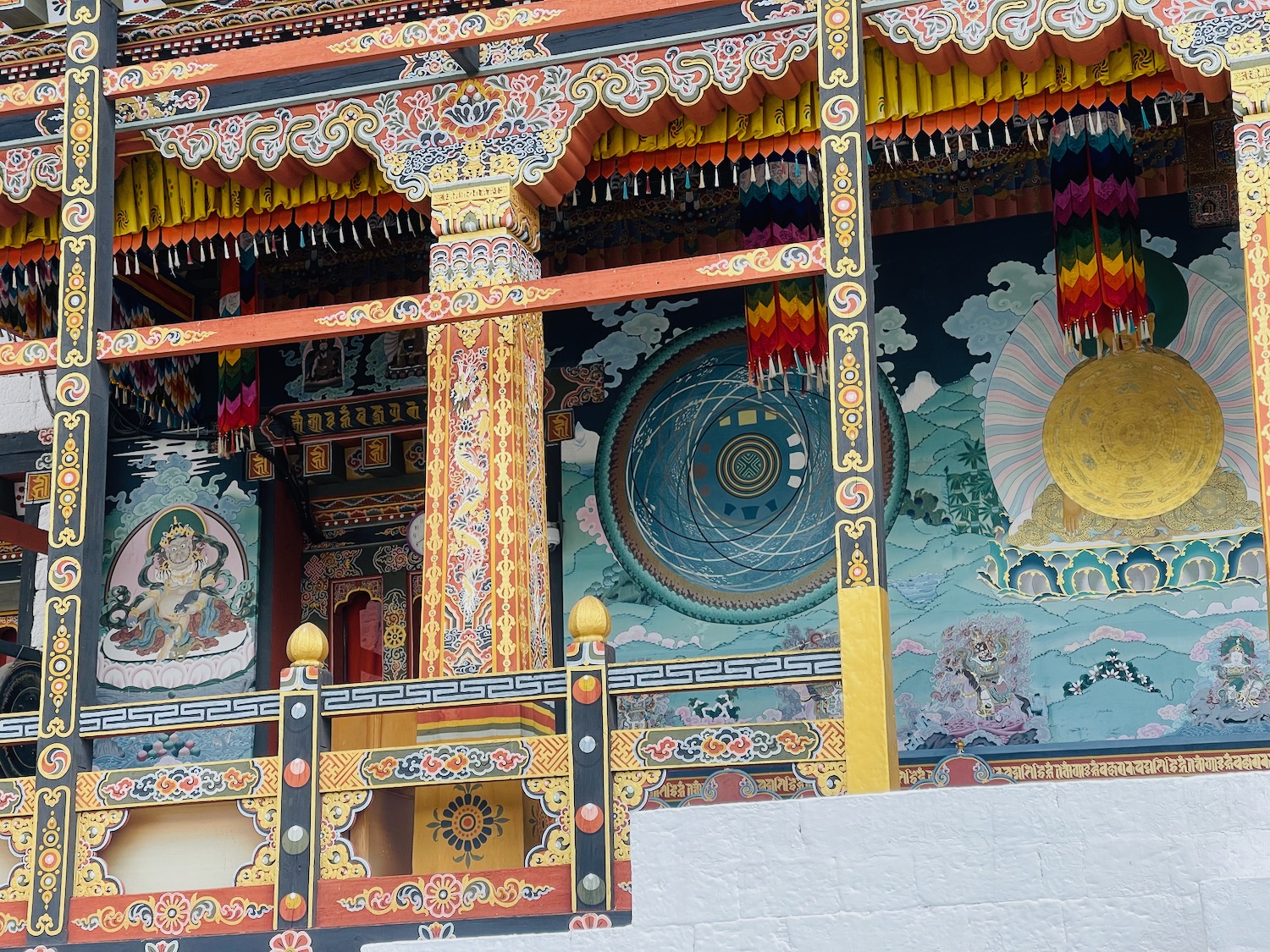
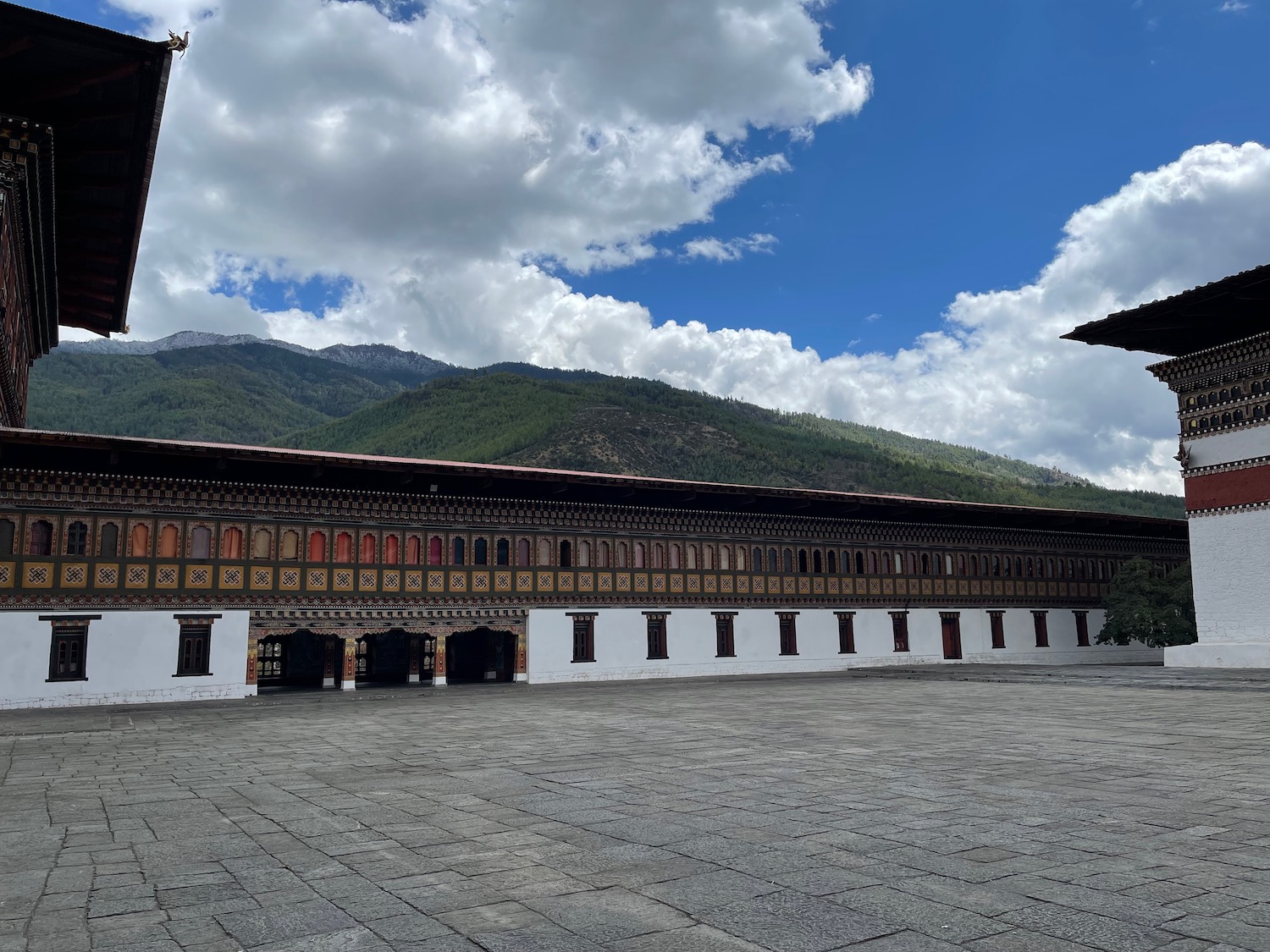
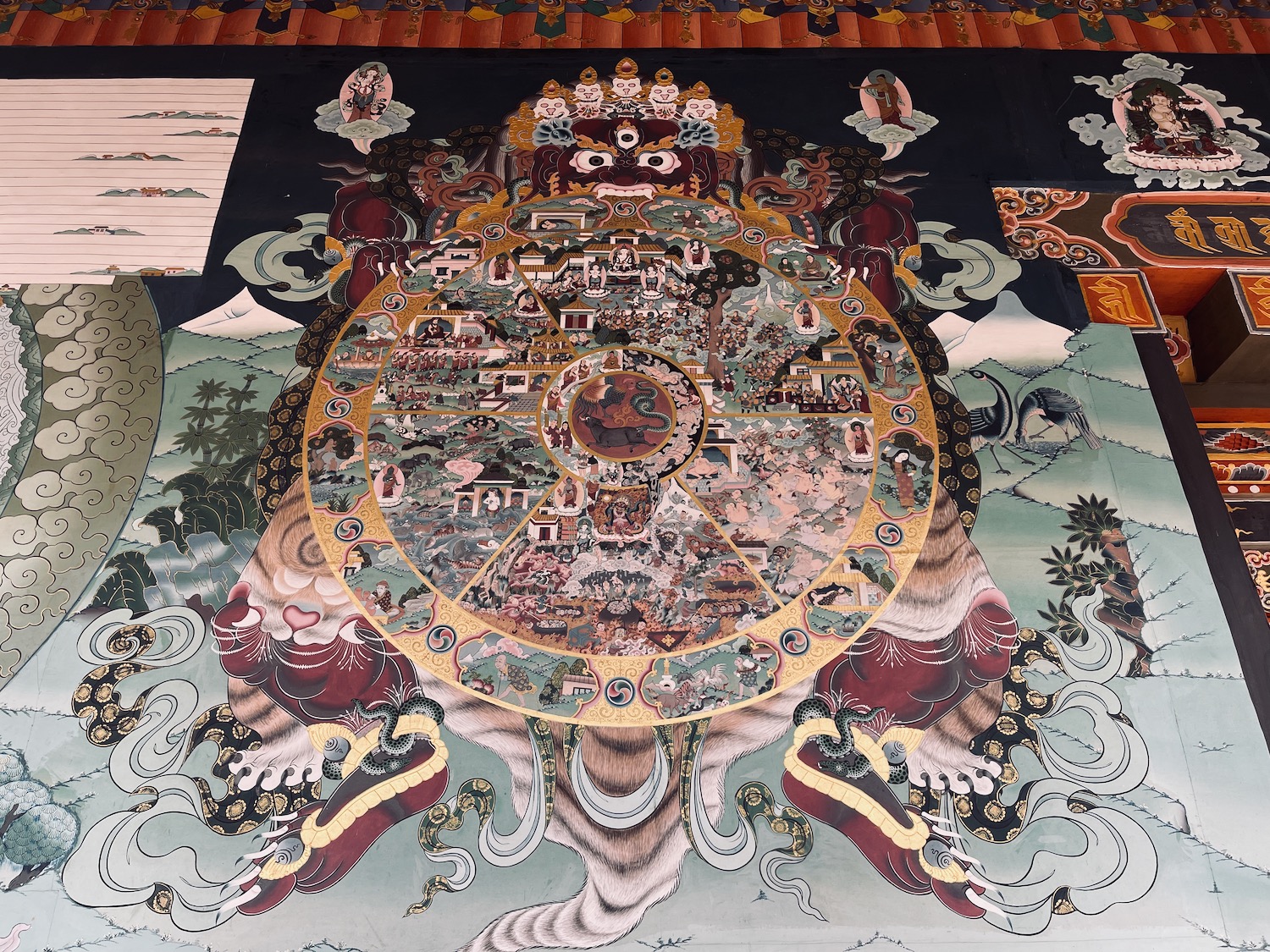
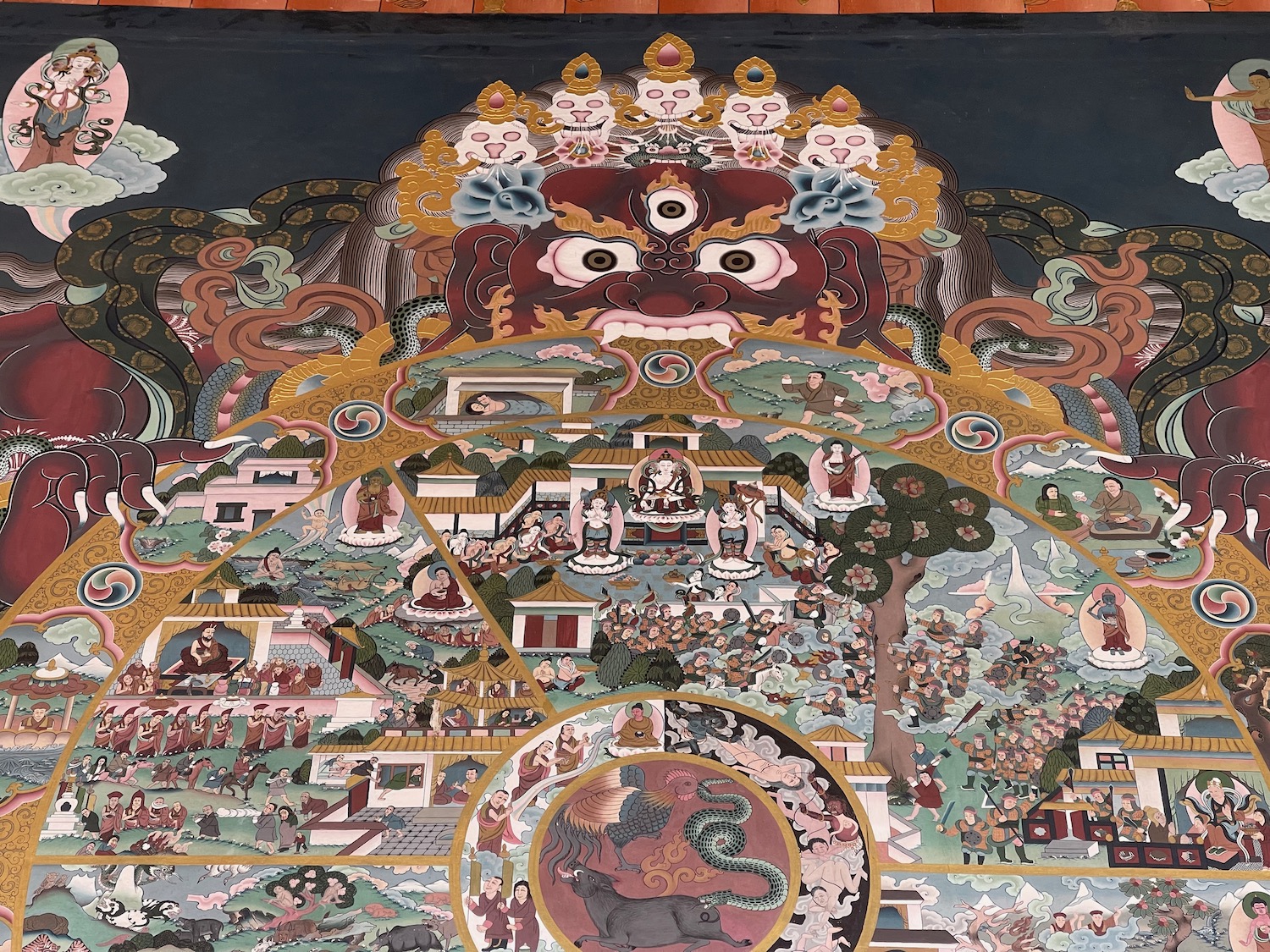
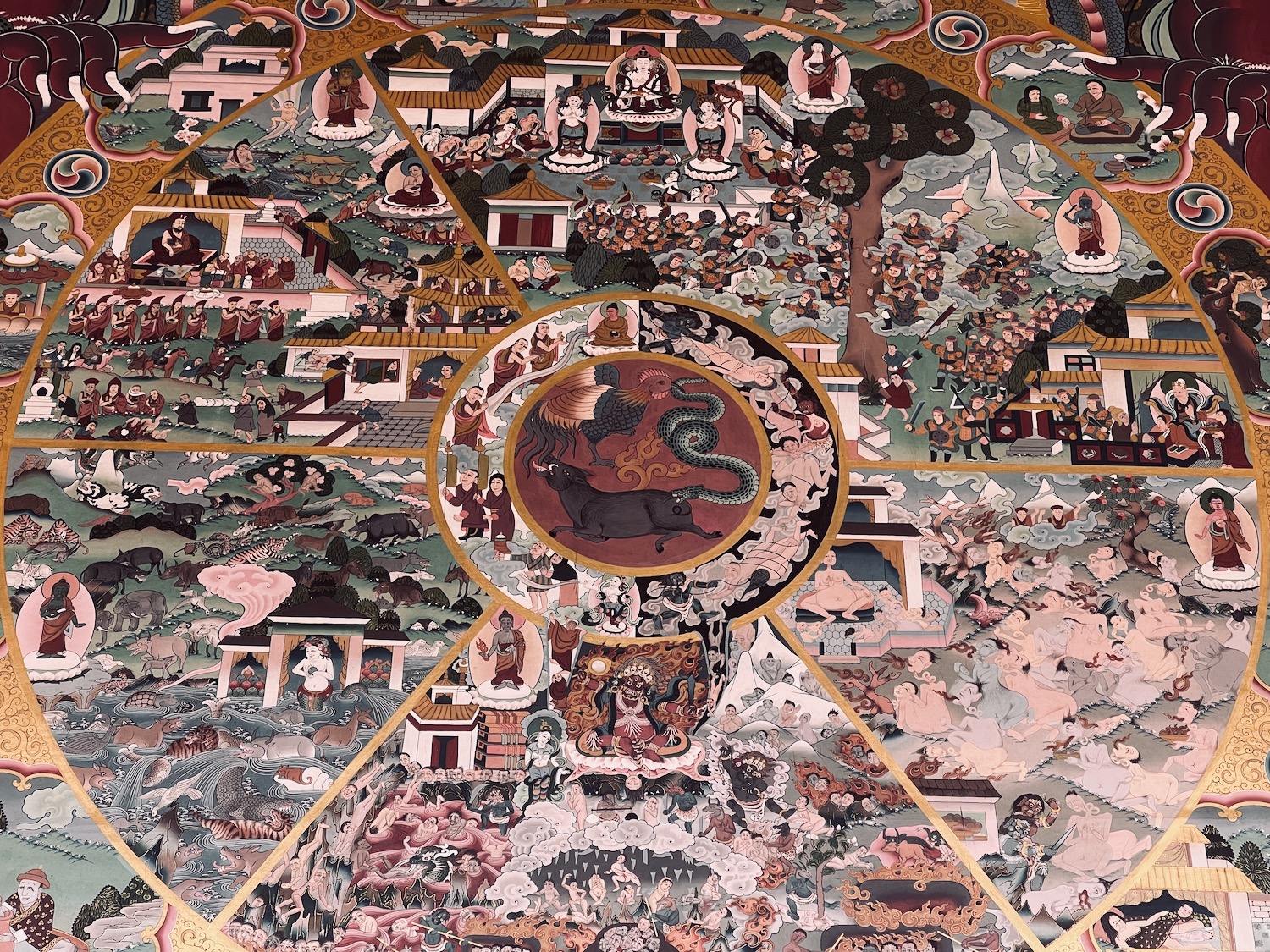

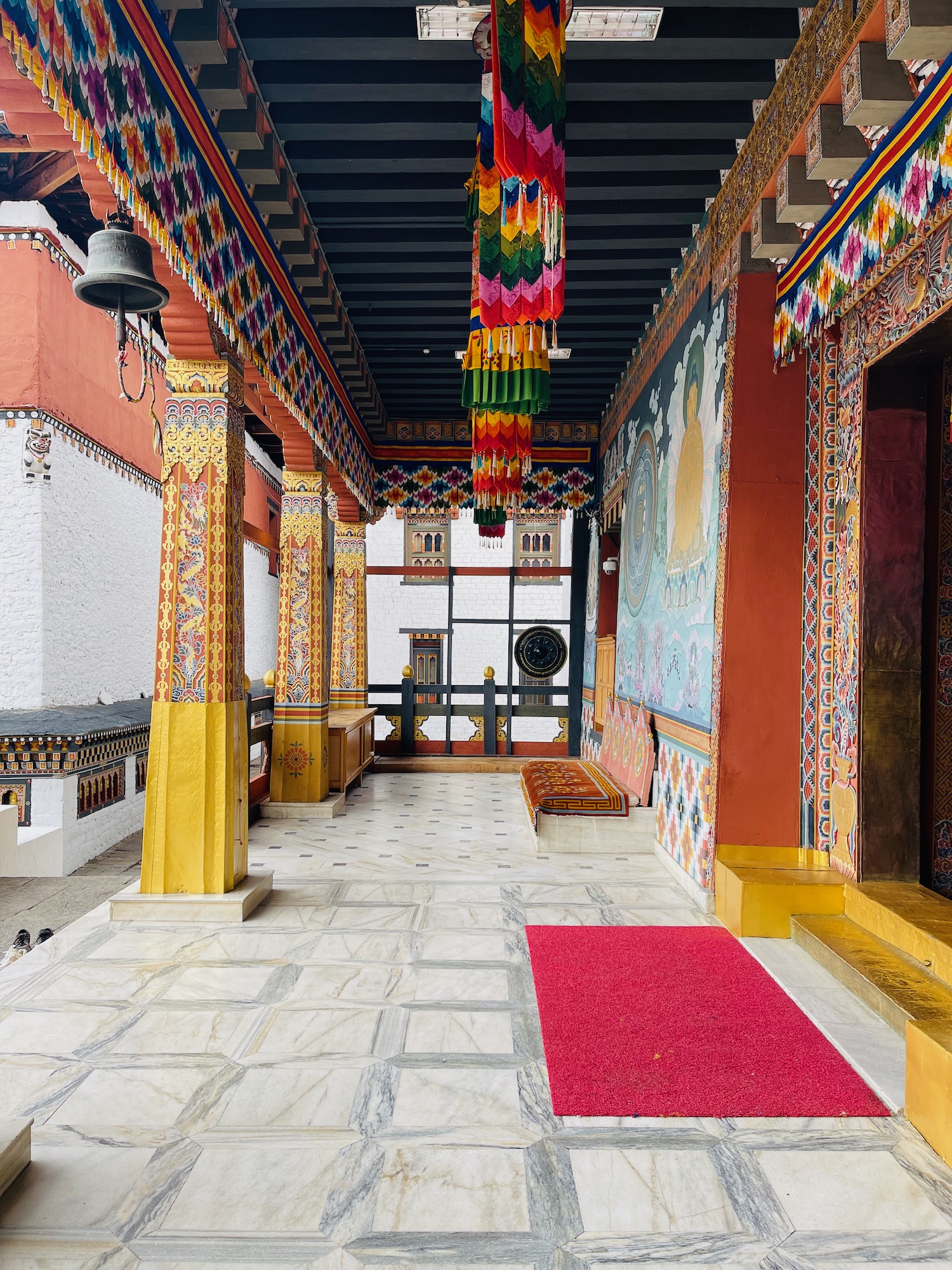
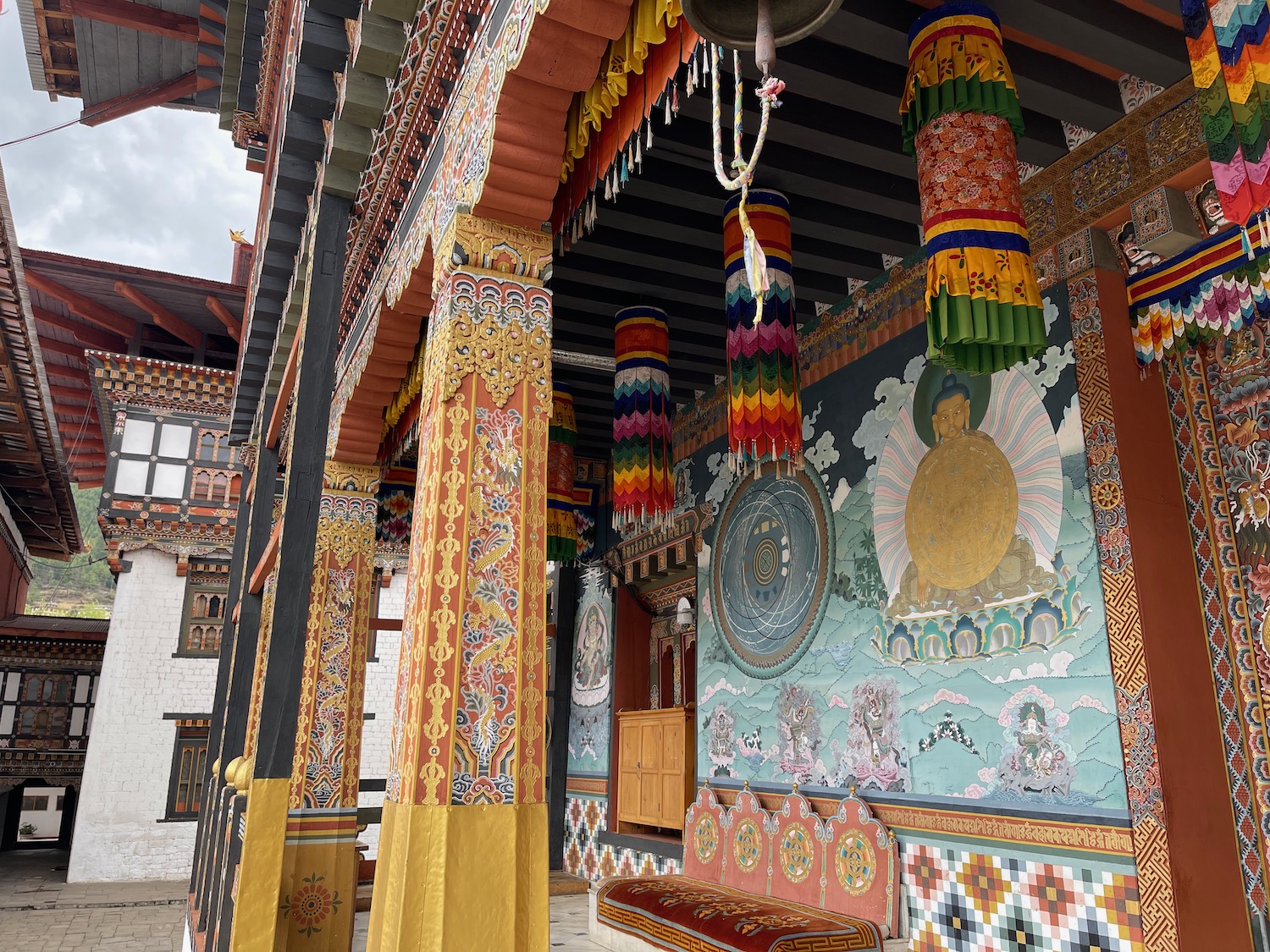
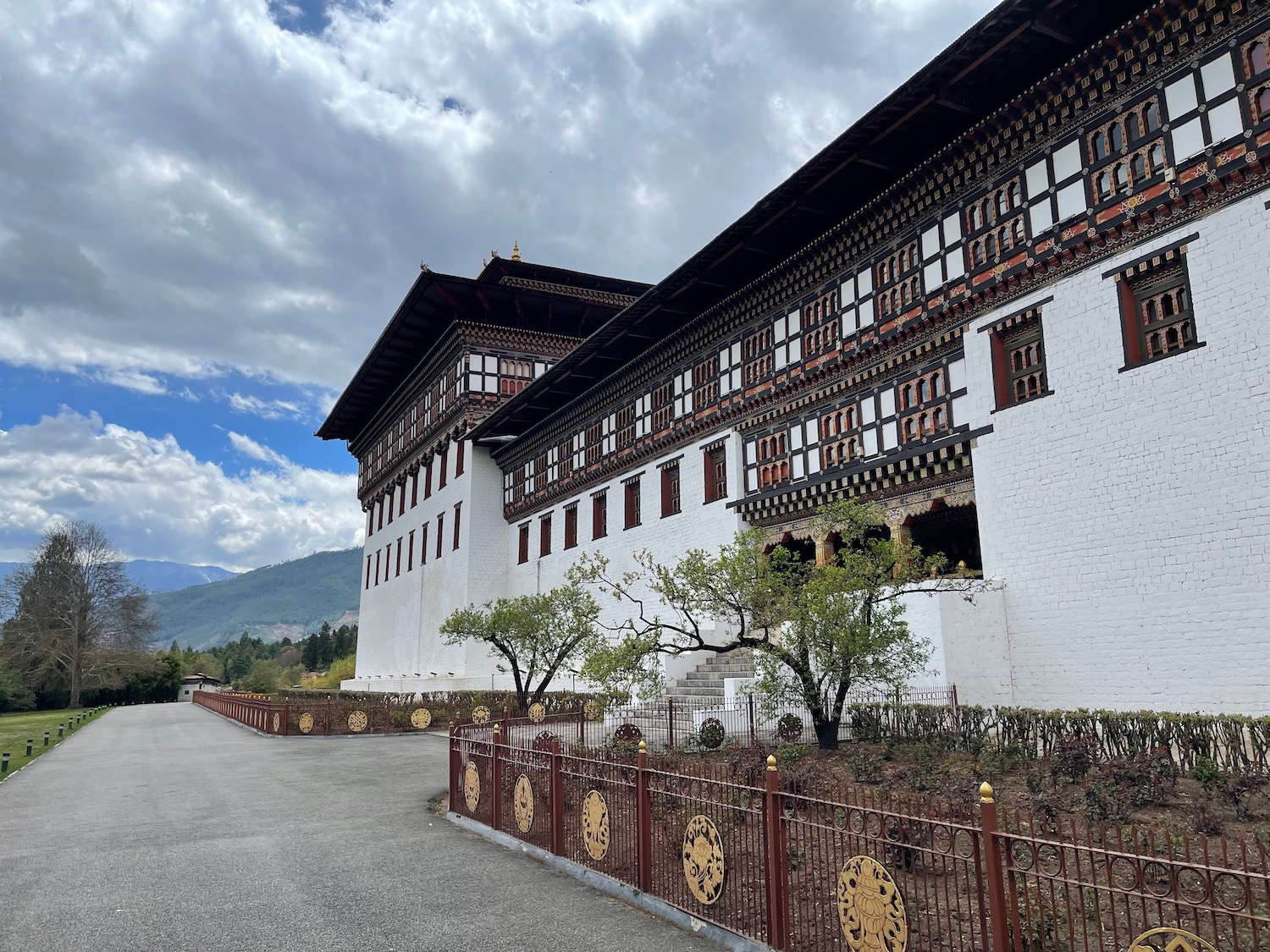
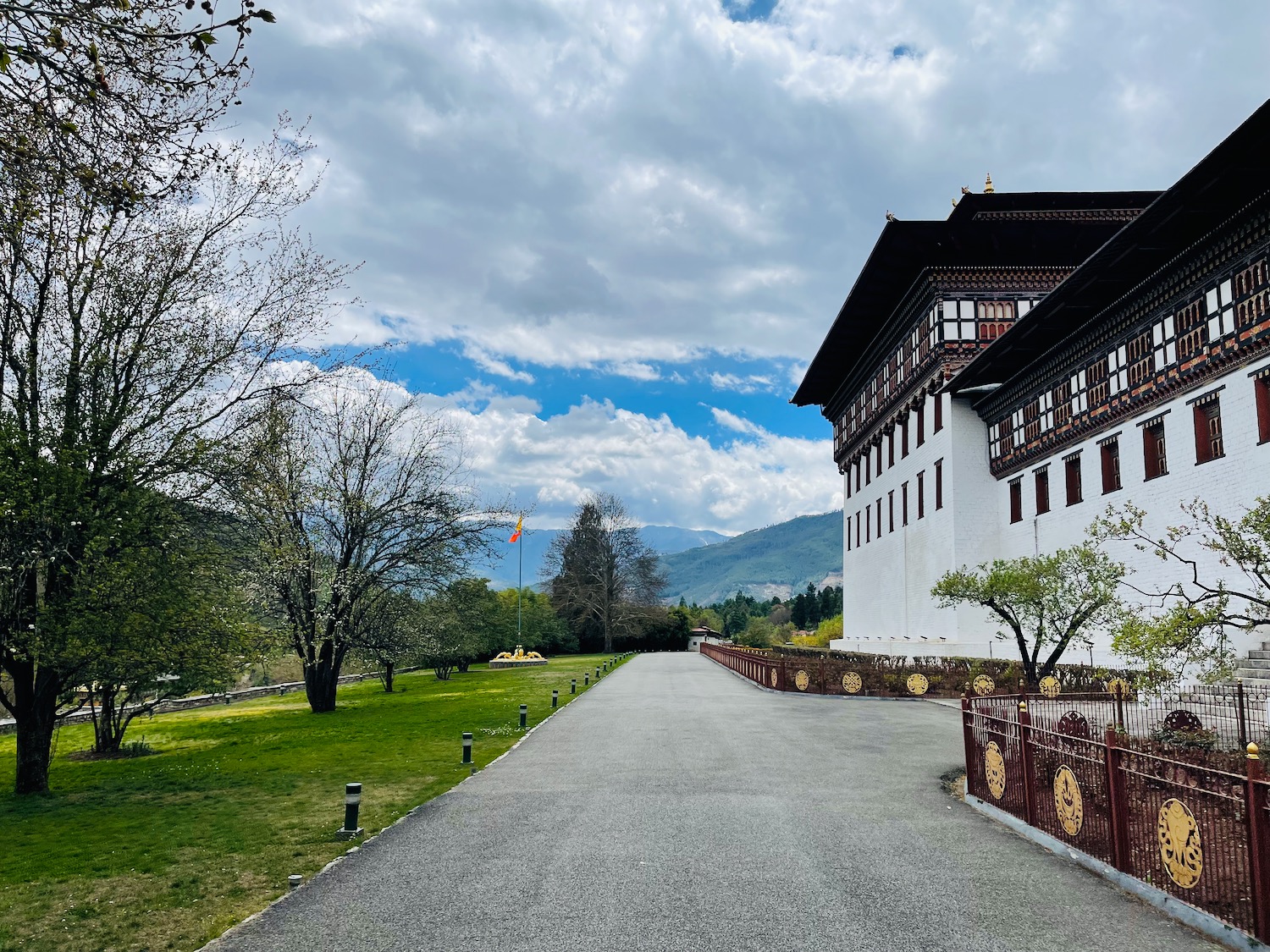
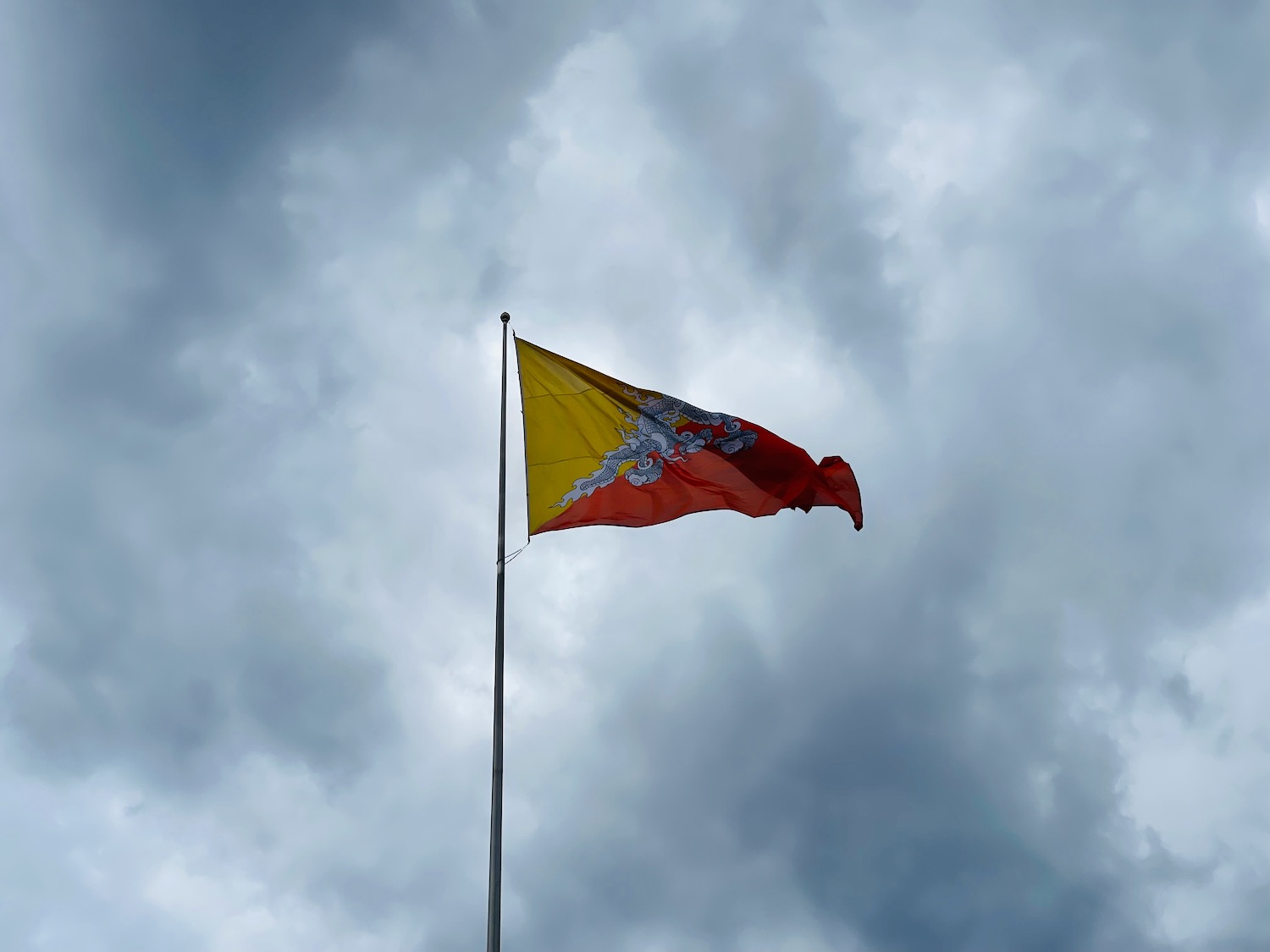
As I mentioned earlier, I was dressed up in traditional garb at the urging of my guide and appreciated how warmly I was welcomed everywhere I went in Bhutan.
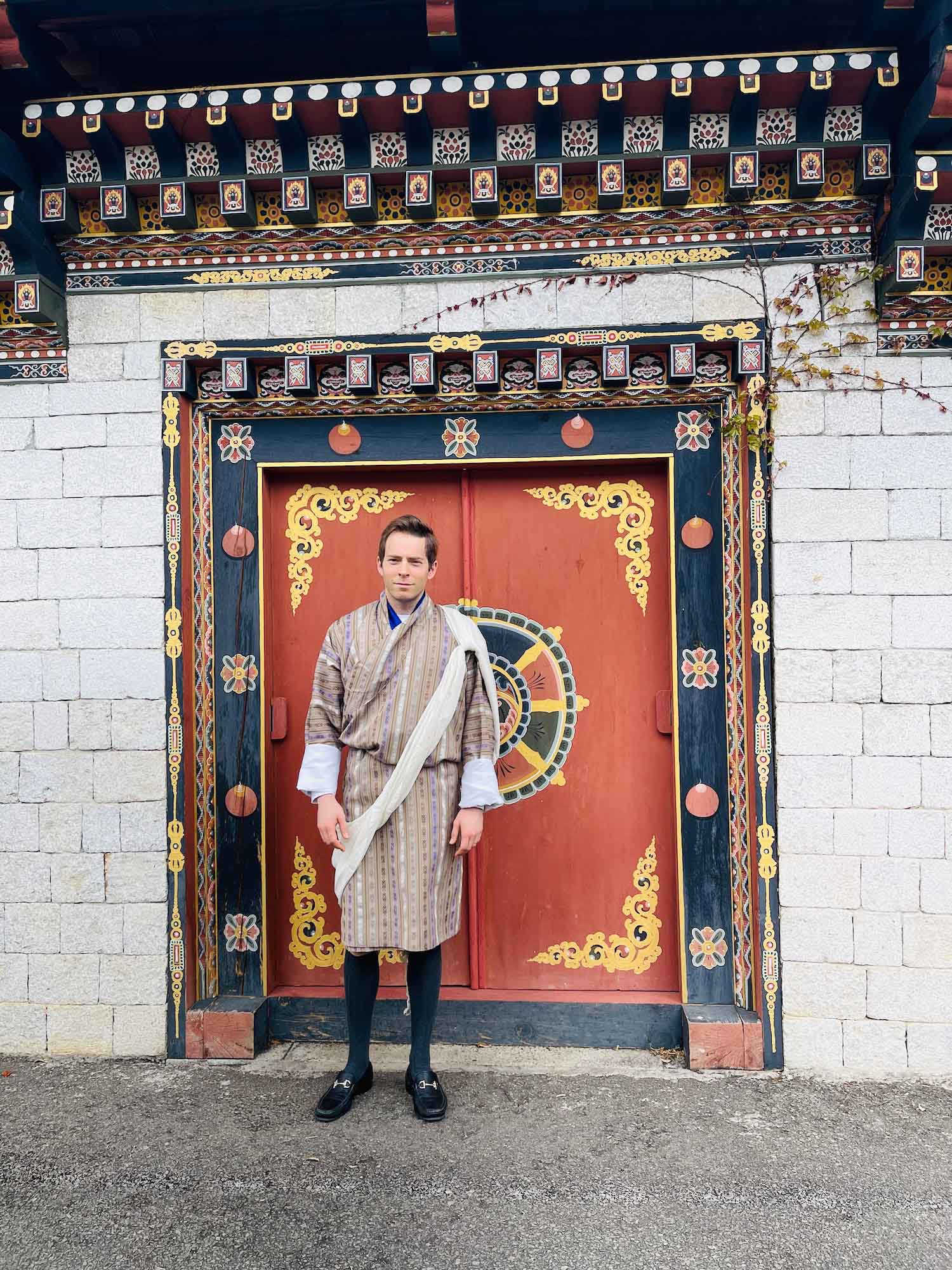
After a day of touring and walking, I even stopped for a massage in town. It felt like a chiropractor’s office from the 1990s, but the massage was excellent.
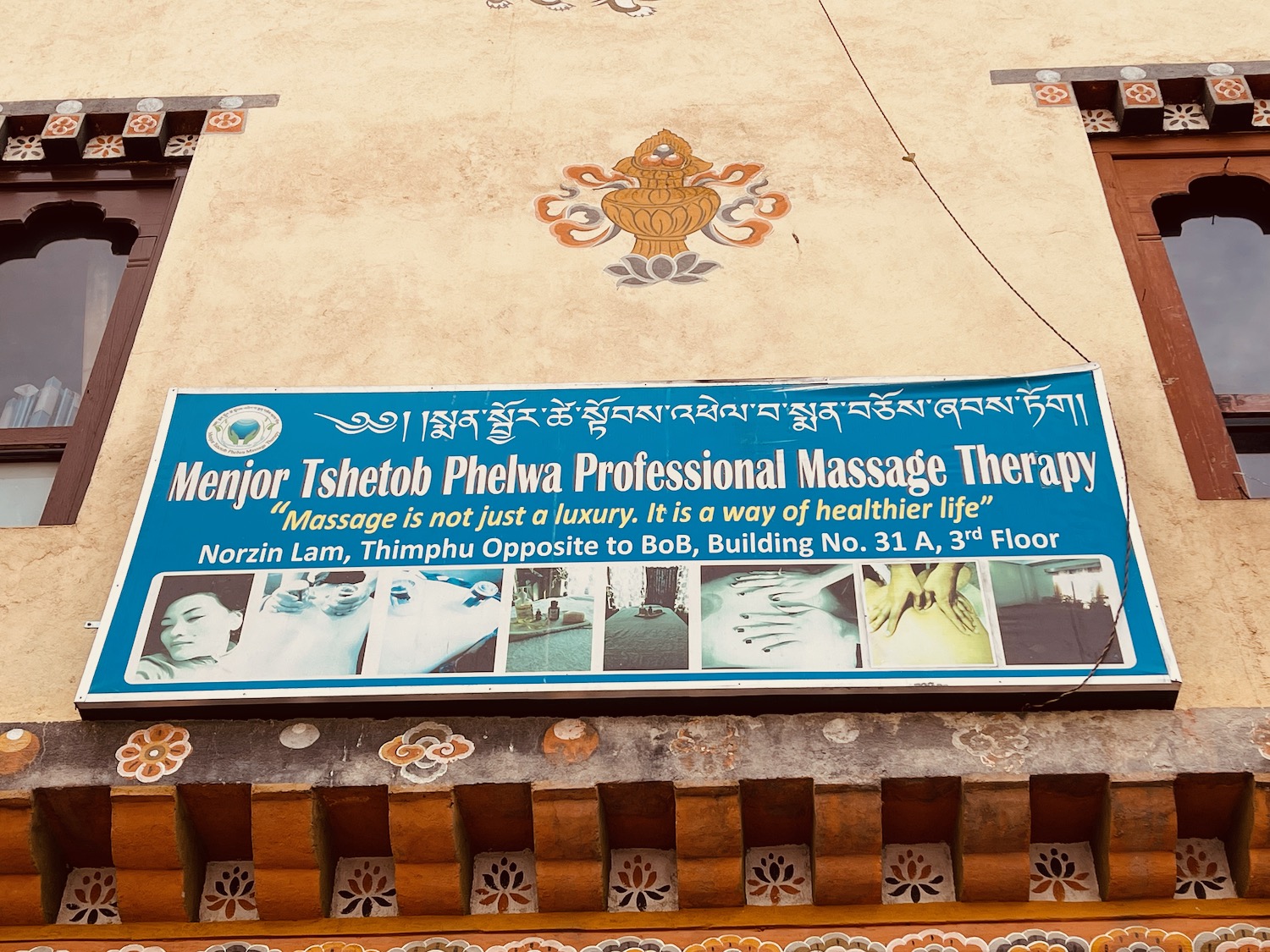
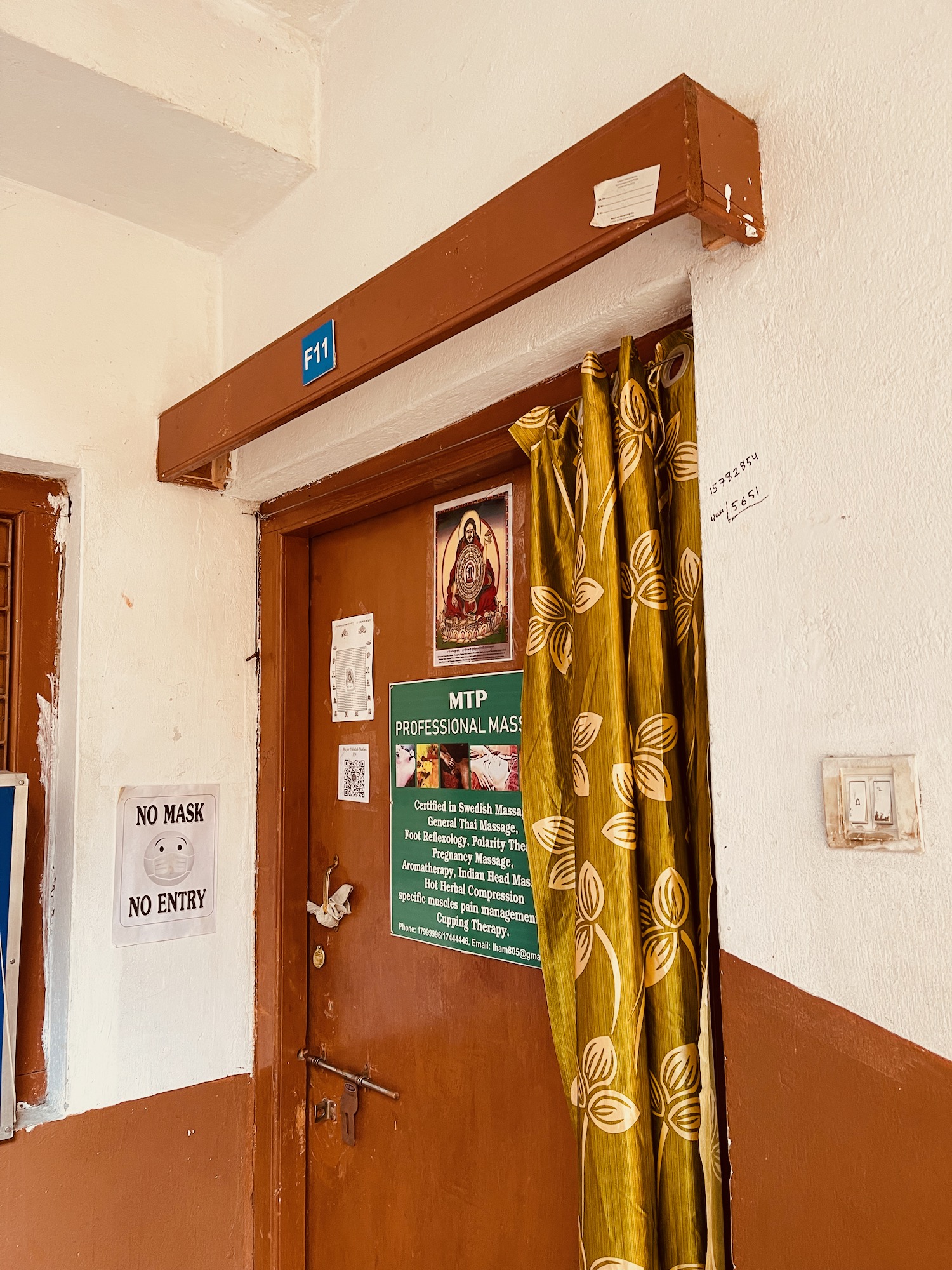
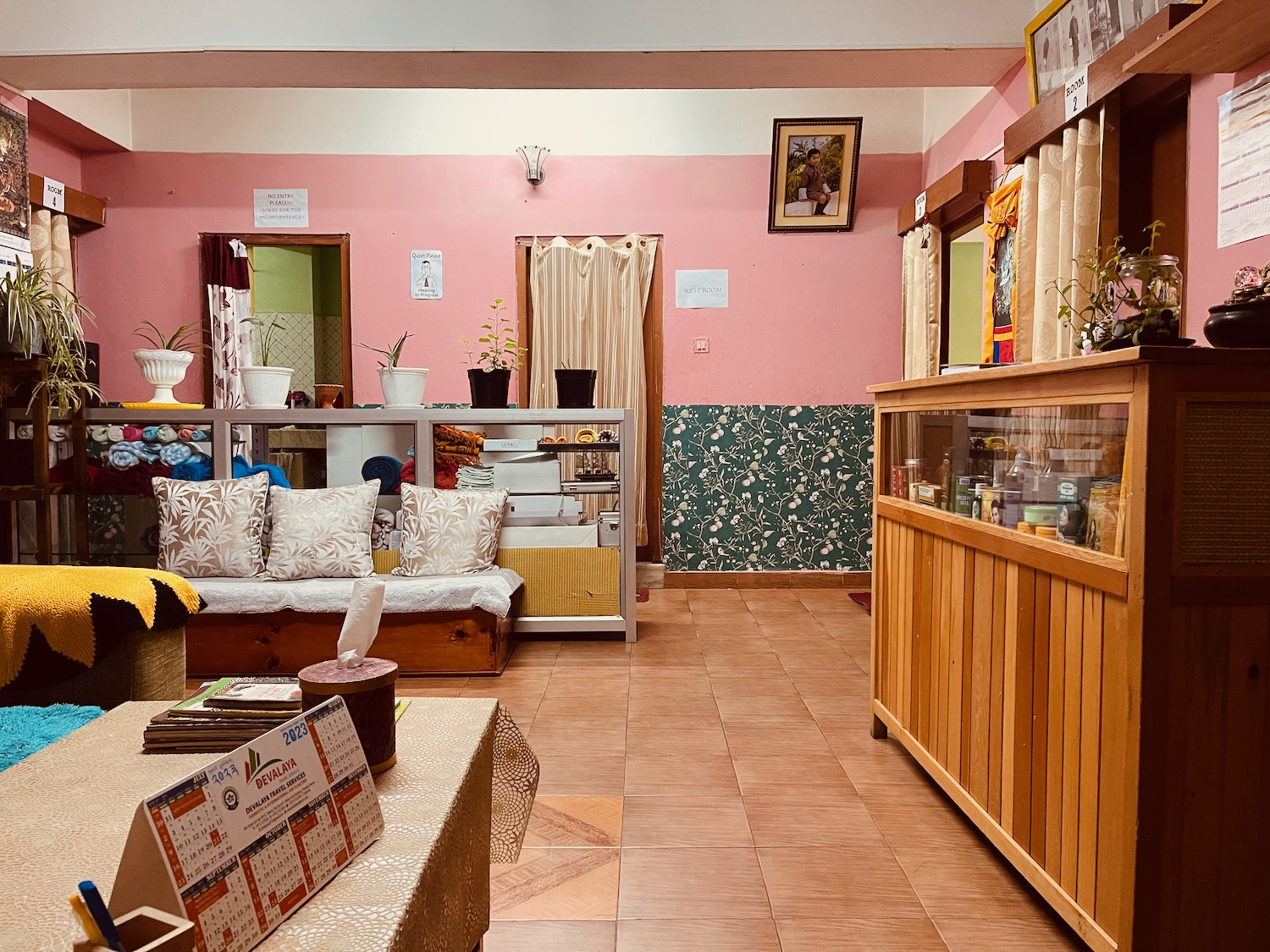
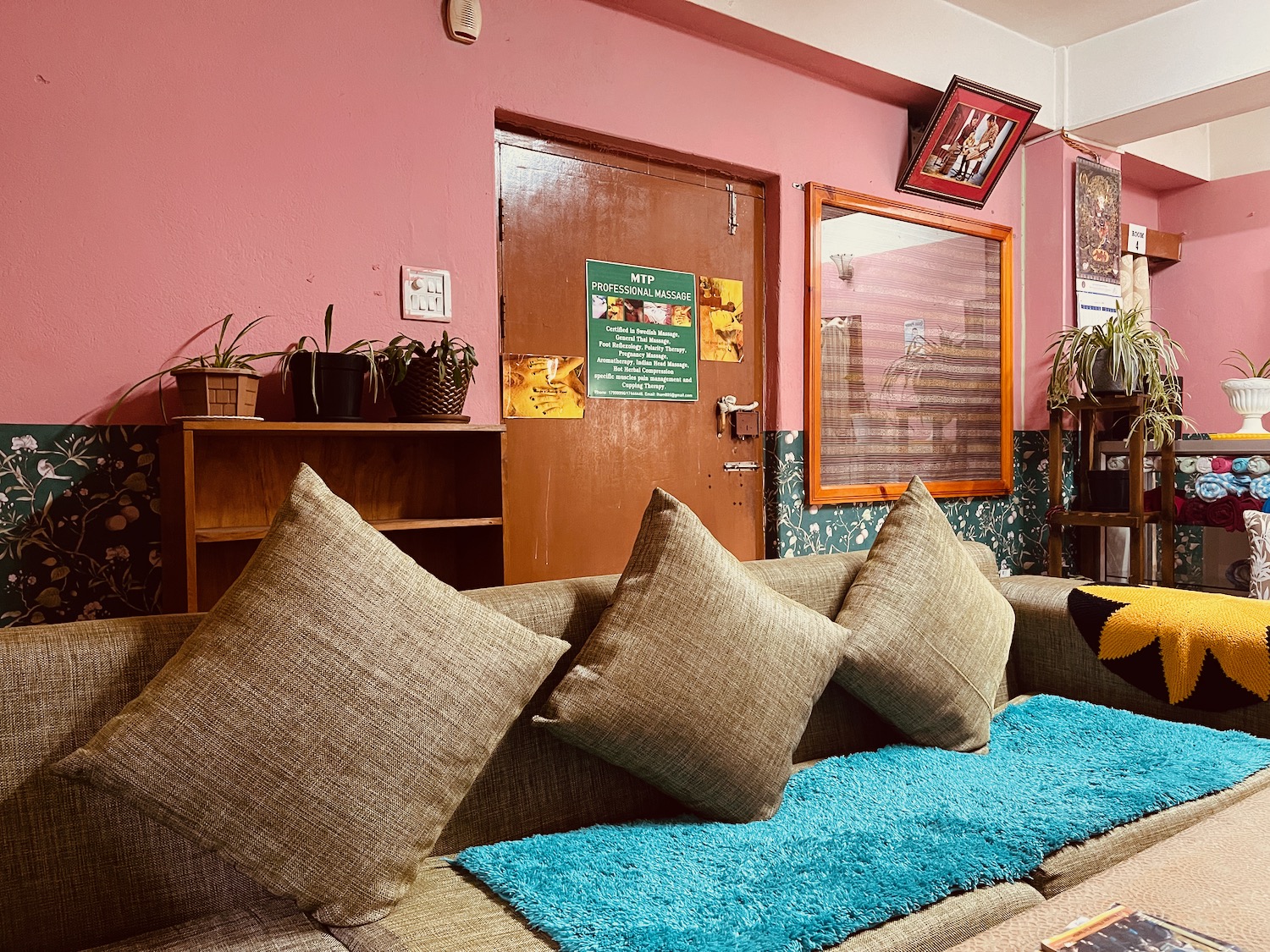
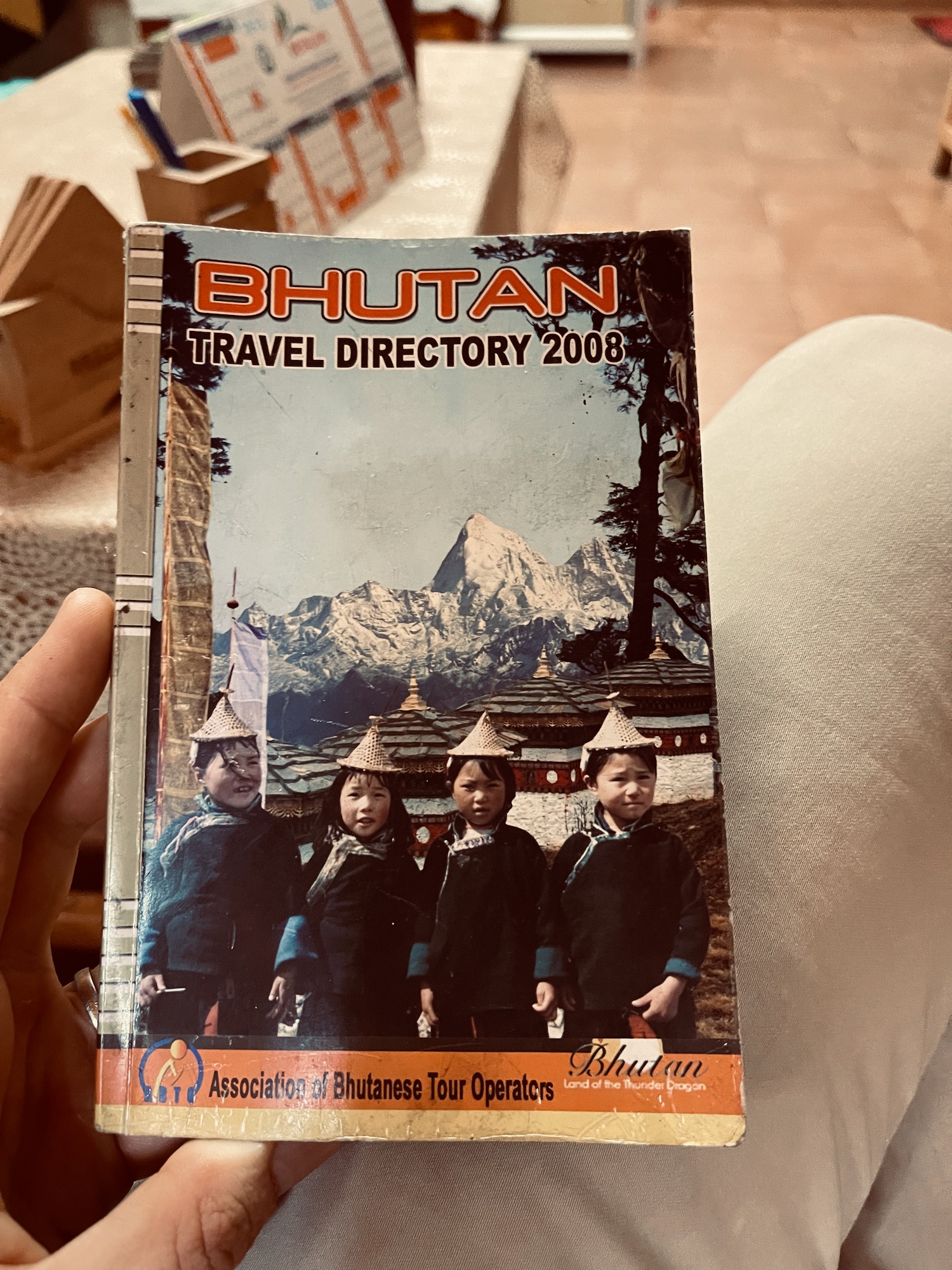
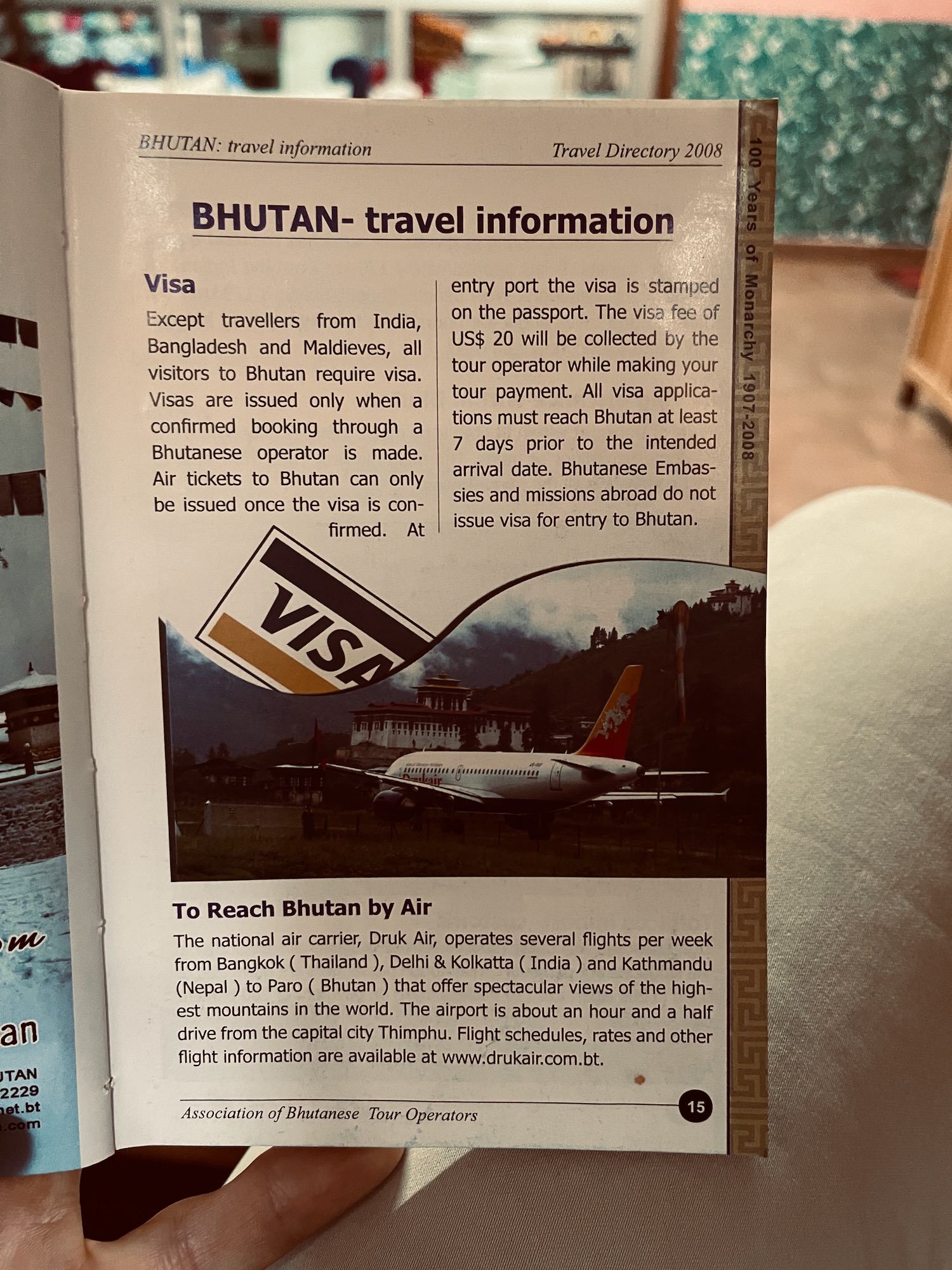
I quite enjoyed Thimphu.
> Read More:There Is No Cultural Appropriation In Bhutan…



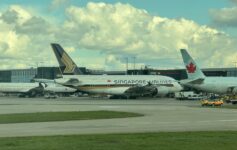
A nice, charming city.
Did you try any of the local food?
I did try a spicy dish called Jasha Maru.
Hope you can visit Punakha’s rice fields.
Sadly, I missed it.
Hi Matt. Awesome pics – what an experience.
Is it true that you cannot travel by yourself, that you need a guide all along? Or were you able to wander off by yourselves? If a guide is required, I take it you booked through a travel agent?
Hi Kenneth, it is true that you cannot rent a car, drive, or travel from city to city yourself.
However, I was free to roam within Thimphu (and Paro) and loved exploring on my own.
I had the second best (yak) burger in the world in one of their restaurants. Absolutely delicious!
Oh darn, I missed that!
The King in Thailand is pretty much reviled. In Bhutan, he is actually revered so the comparison isn’t even close.
Yes, I did get the sense that he is genuinely revered.
But my point is that his picture is everywhere and it felt more like Thailand than an authoritarian state…
Lol, this is how small Bhutan is. The guy on the right in the 8th picture from the top, his name is Pema, played football with him once, great guy.
Also I saw you mention your traditional wear or “gho”, you should wear it out in the US, people look at your like you’ve lost the plot (ha), it’s a good social experiment.
Are mask mandates still being enforced in Bhutan, or did they just forget to take down the signs?
Forgot to take down the signs. Definitely not being enforced.